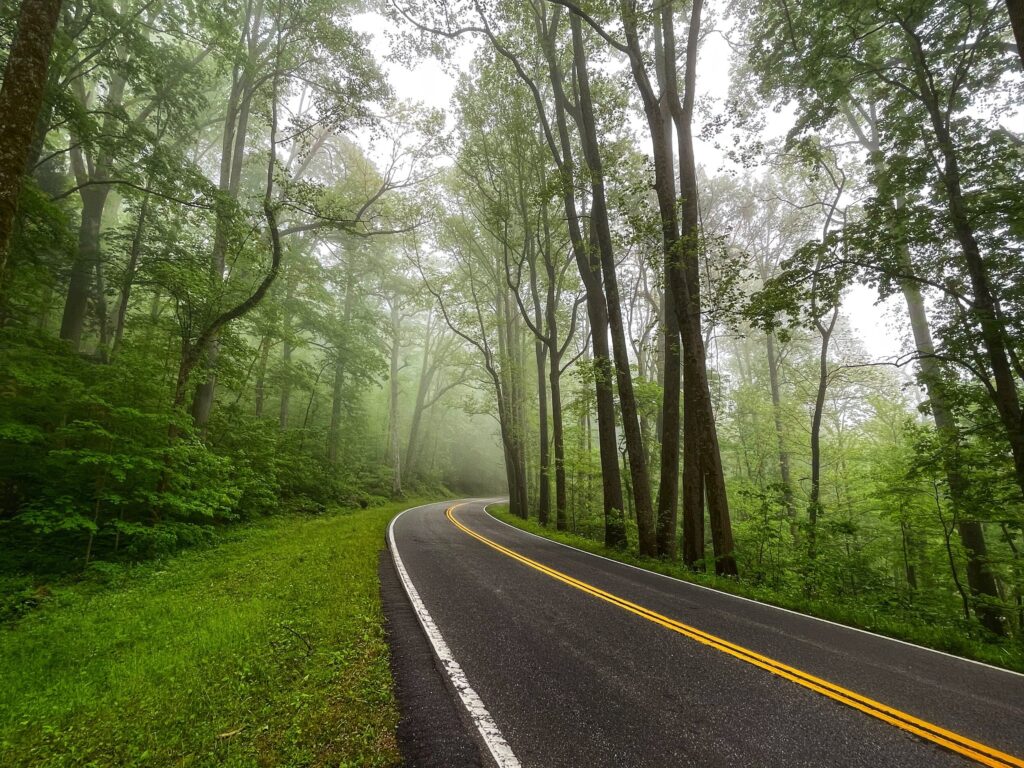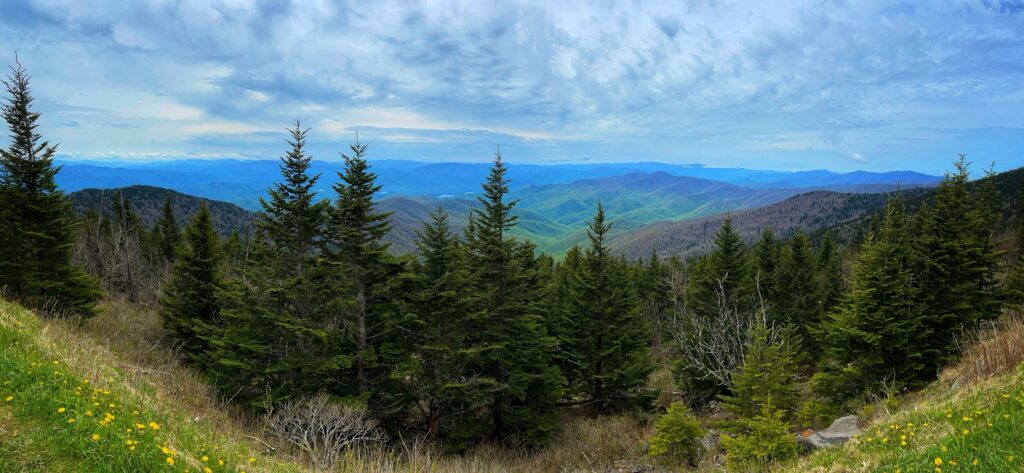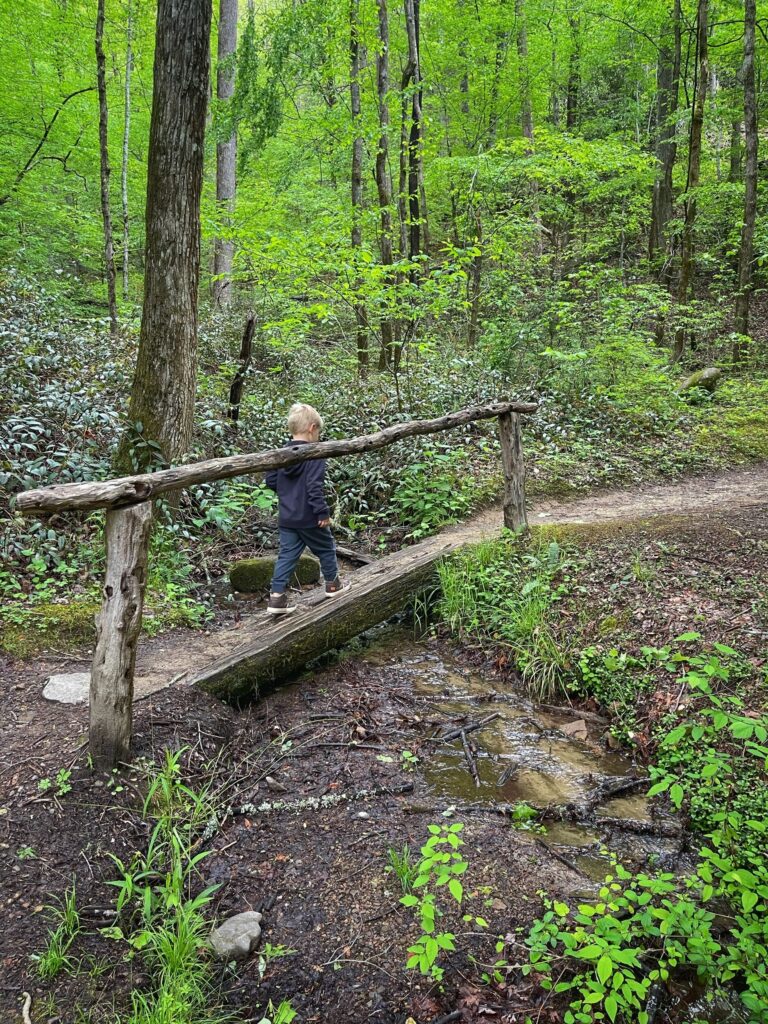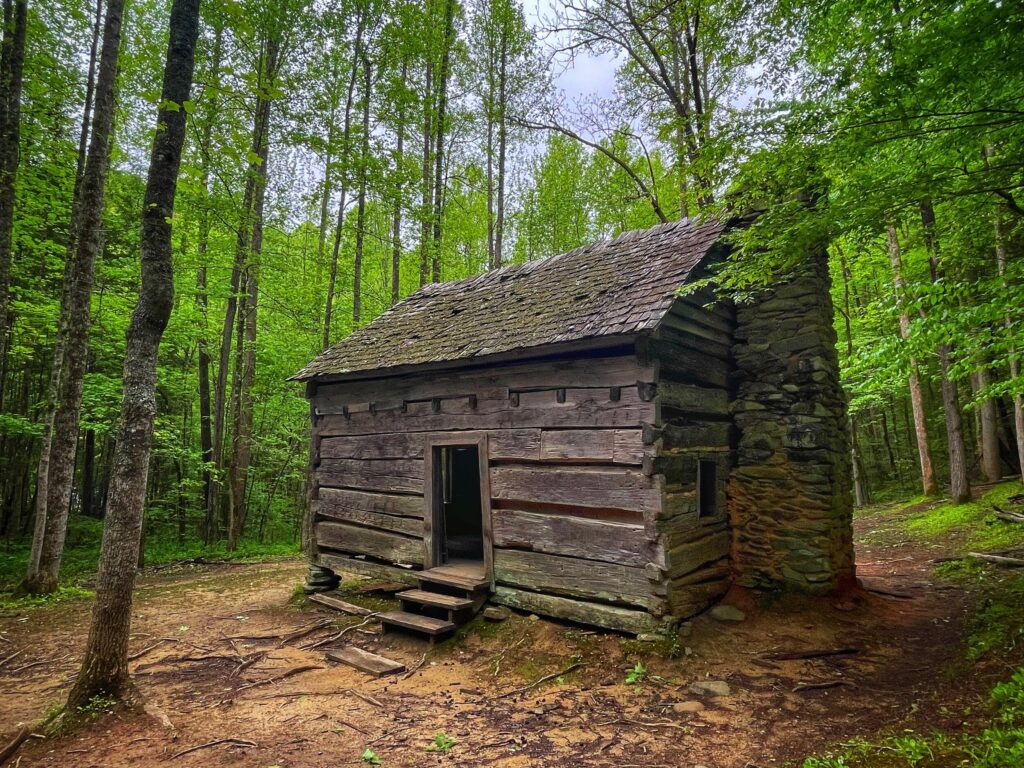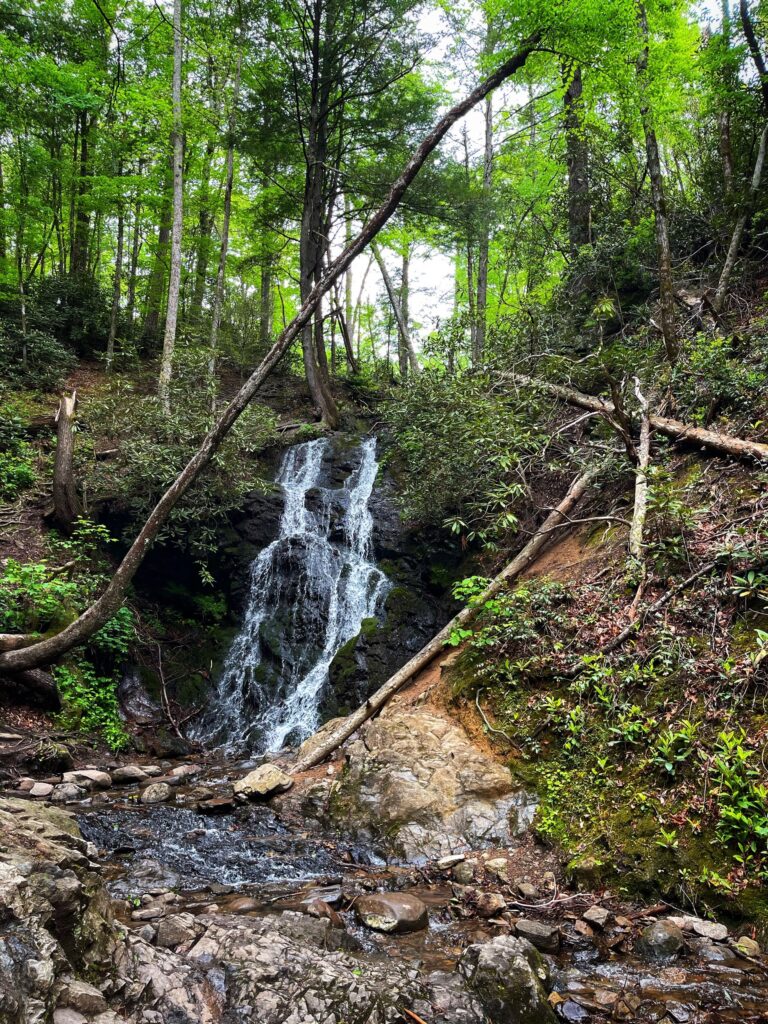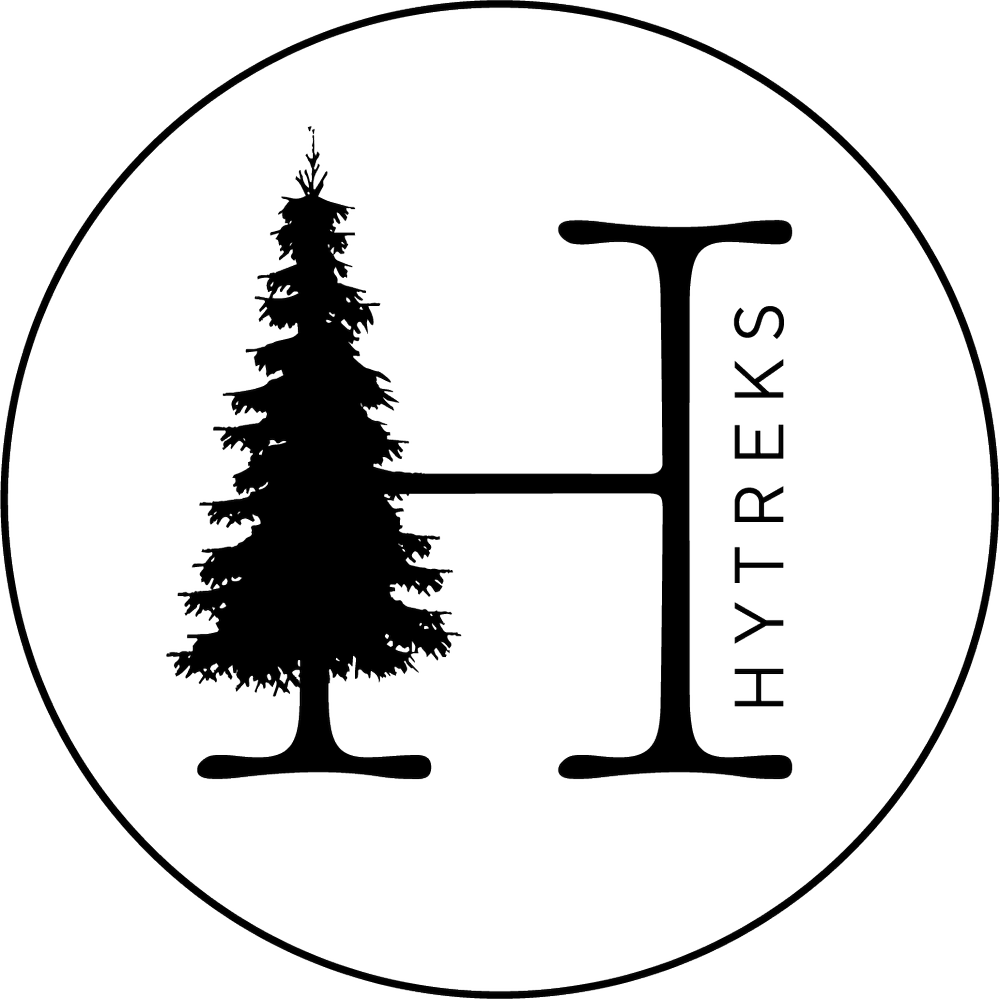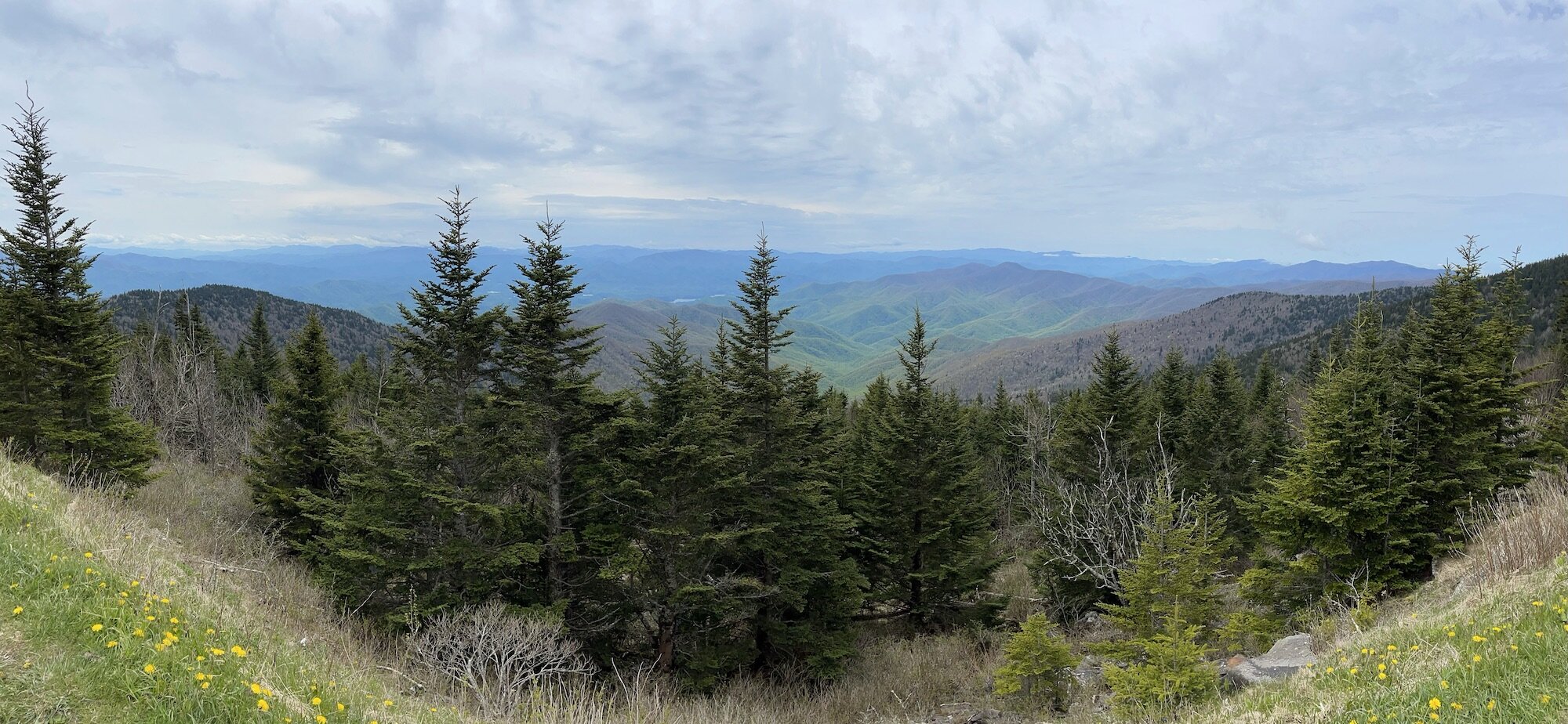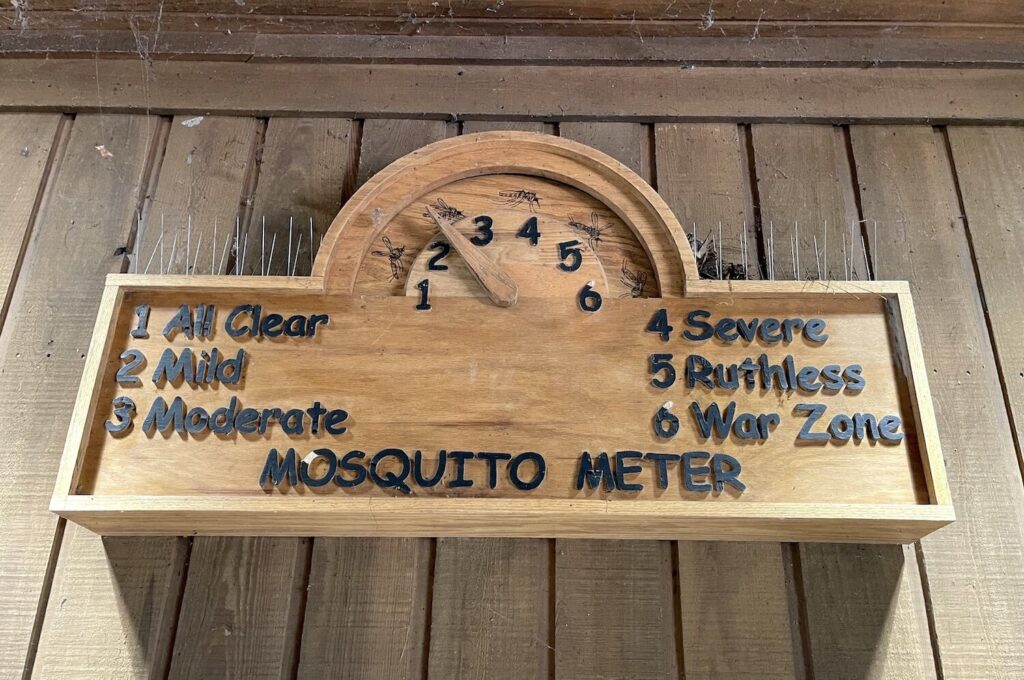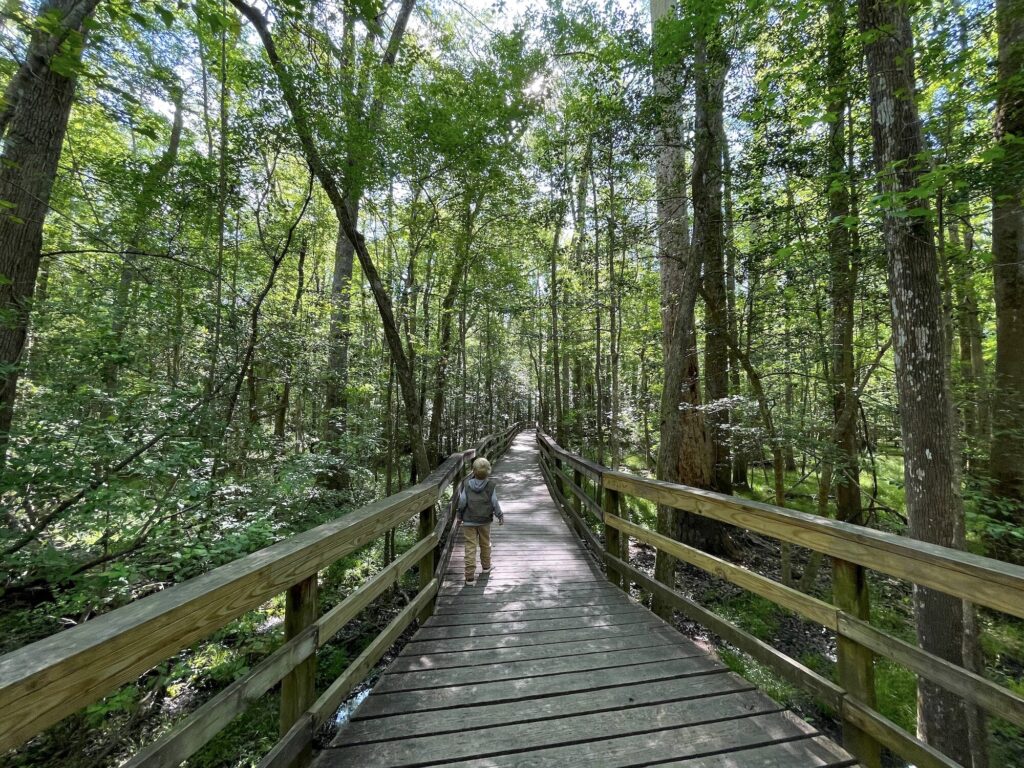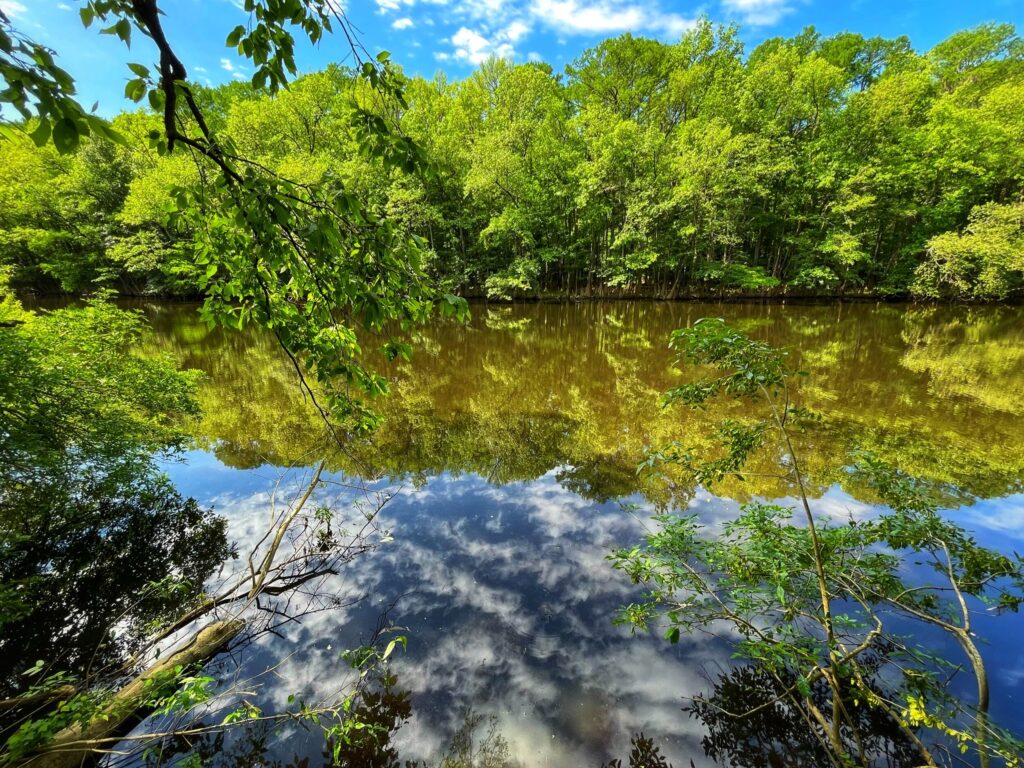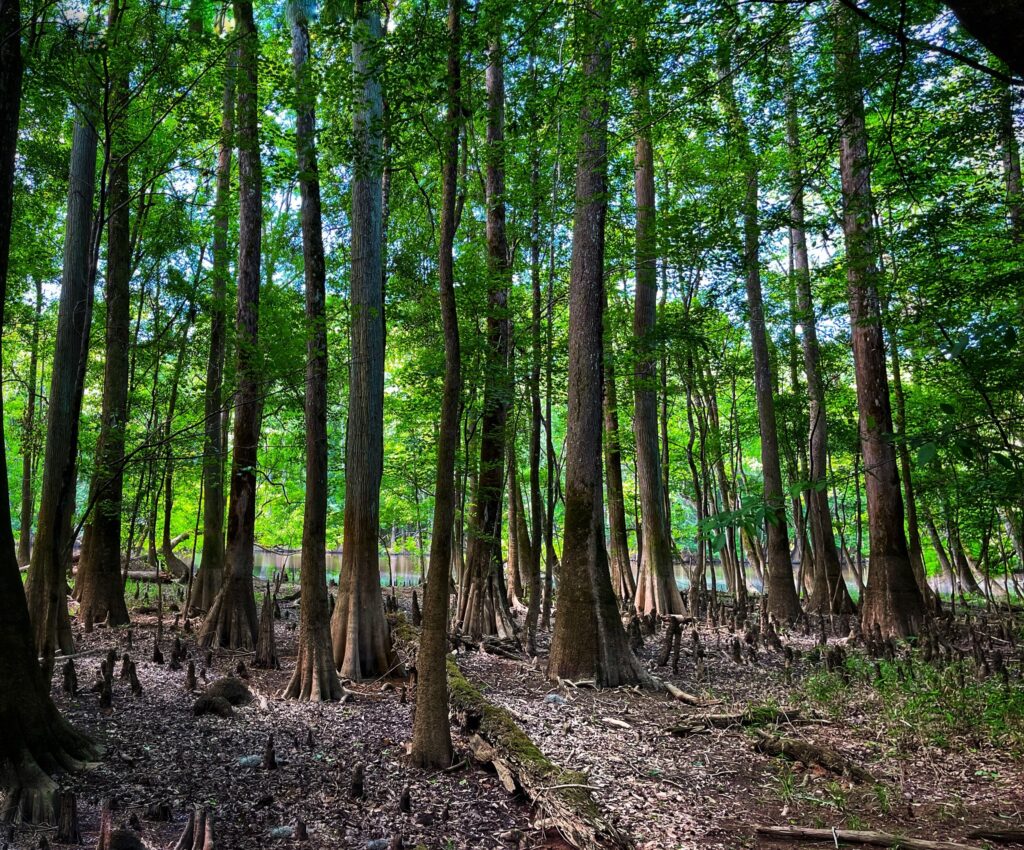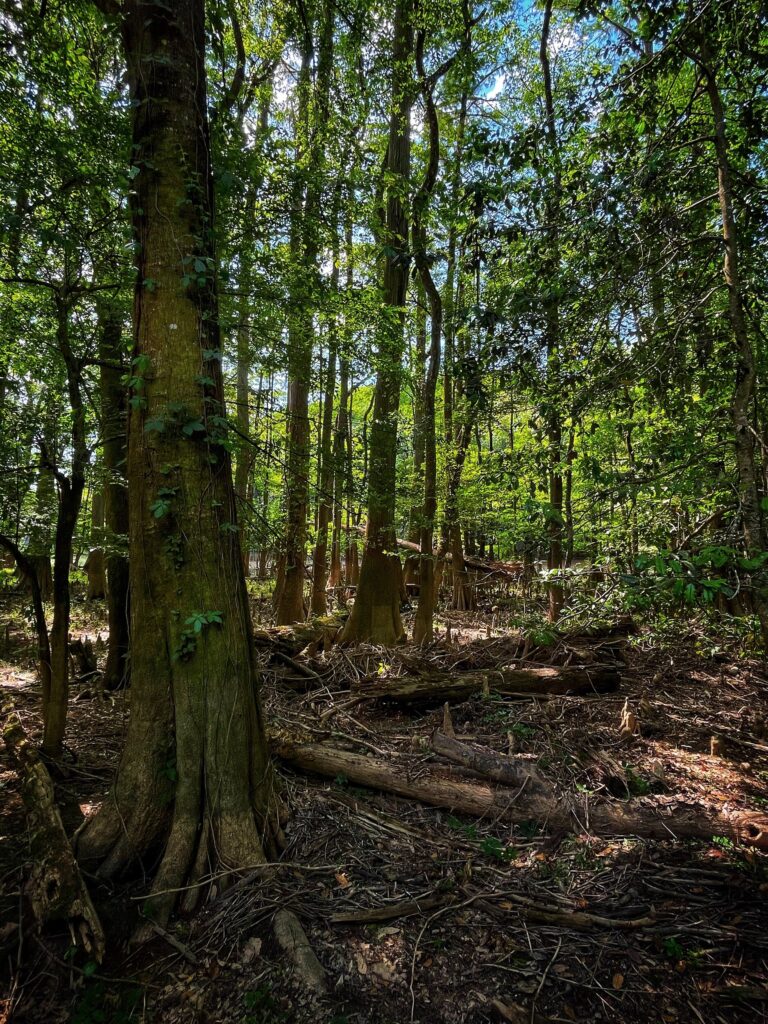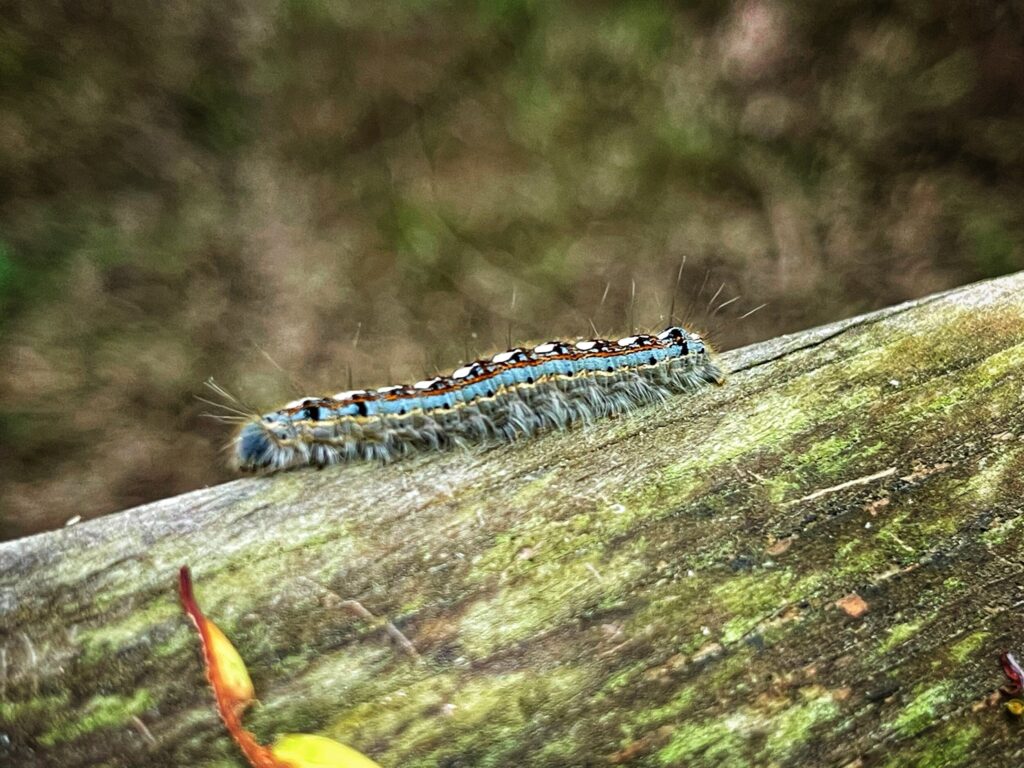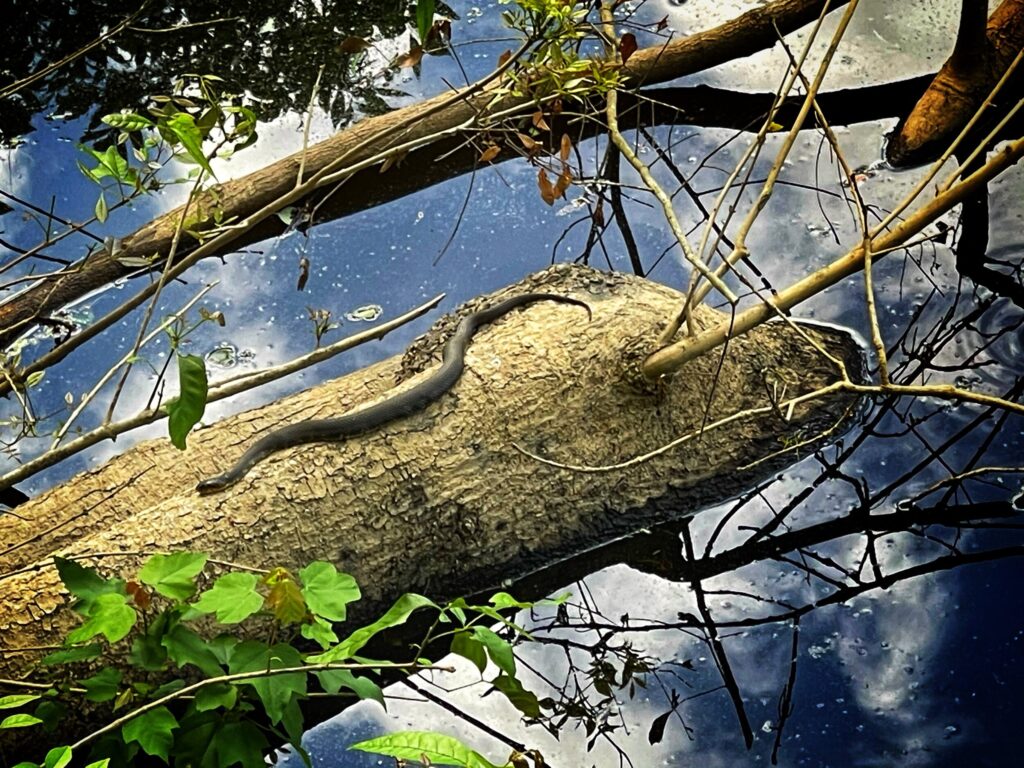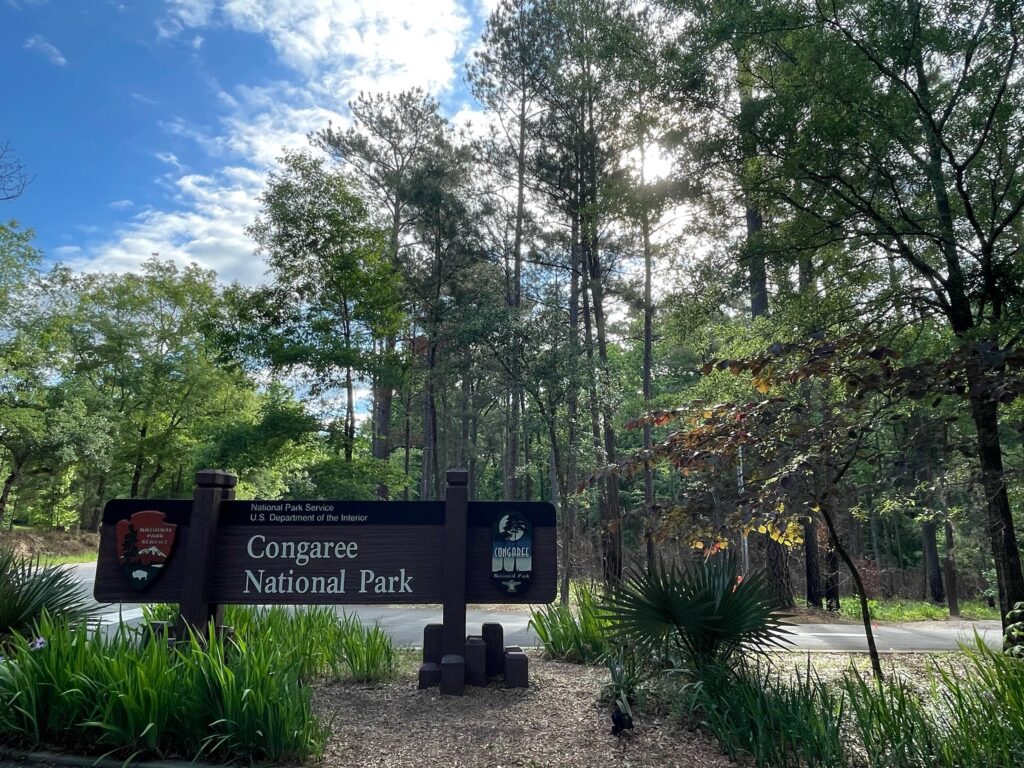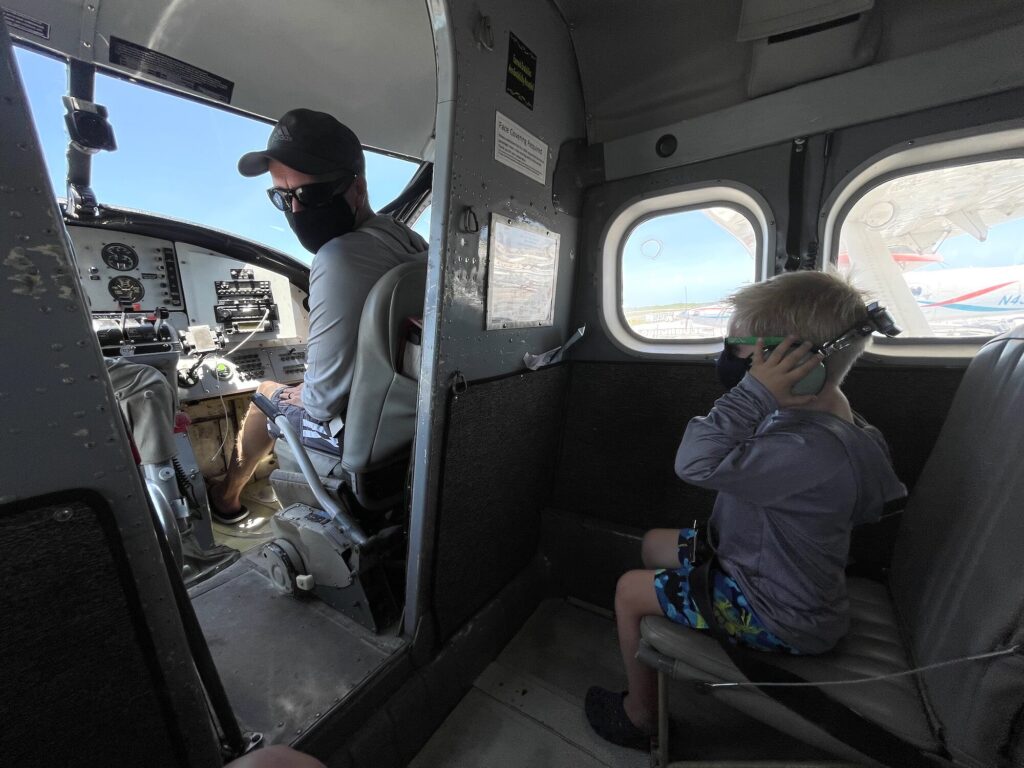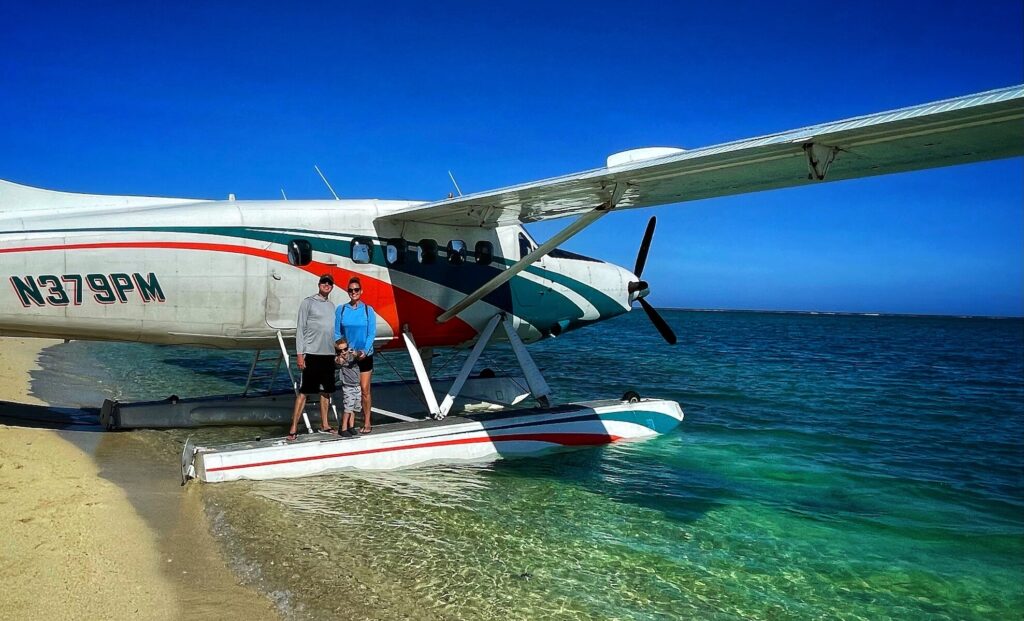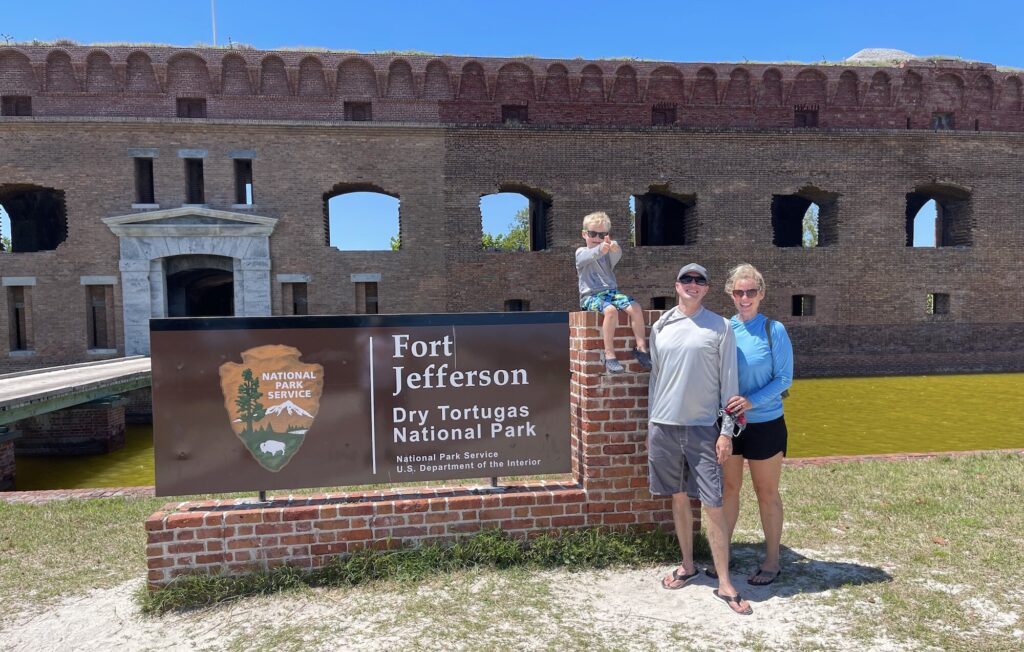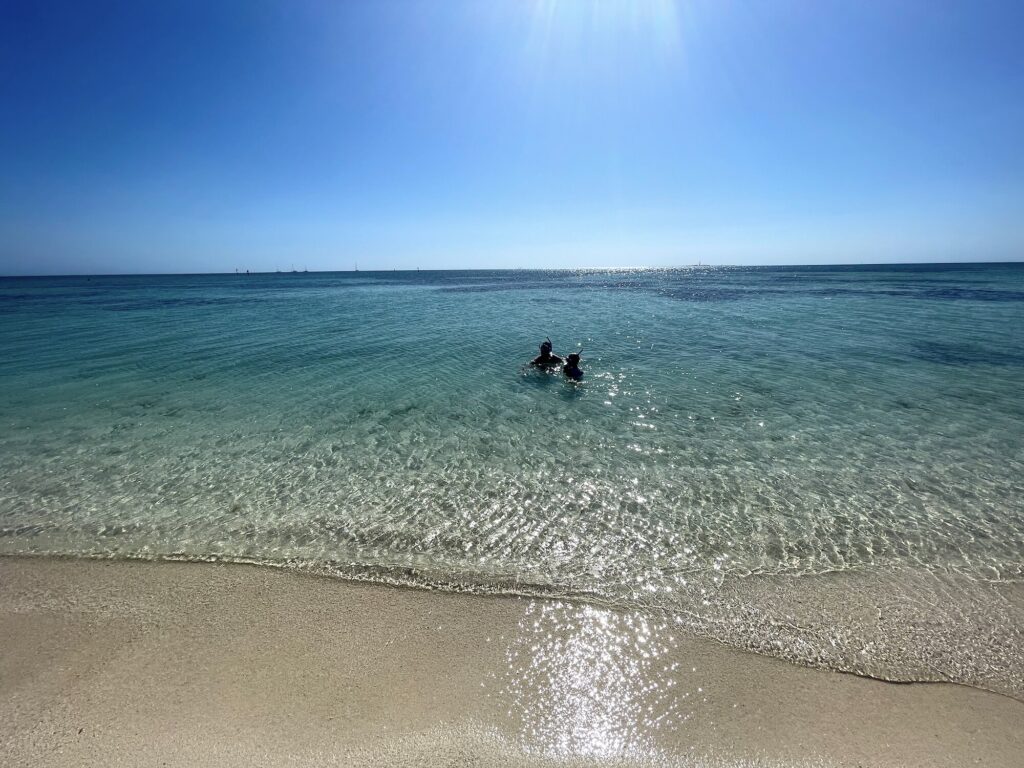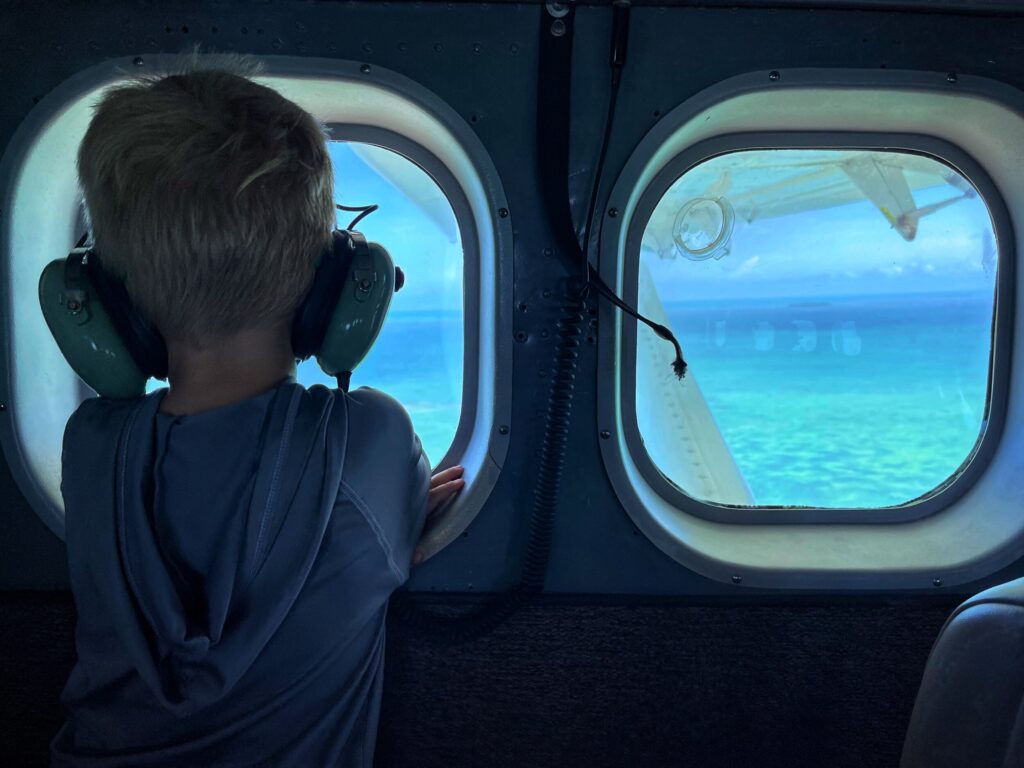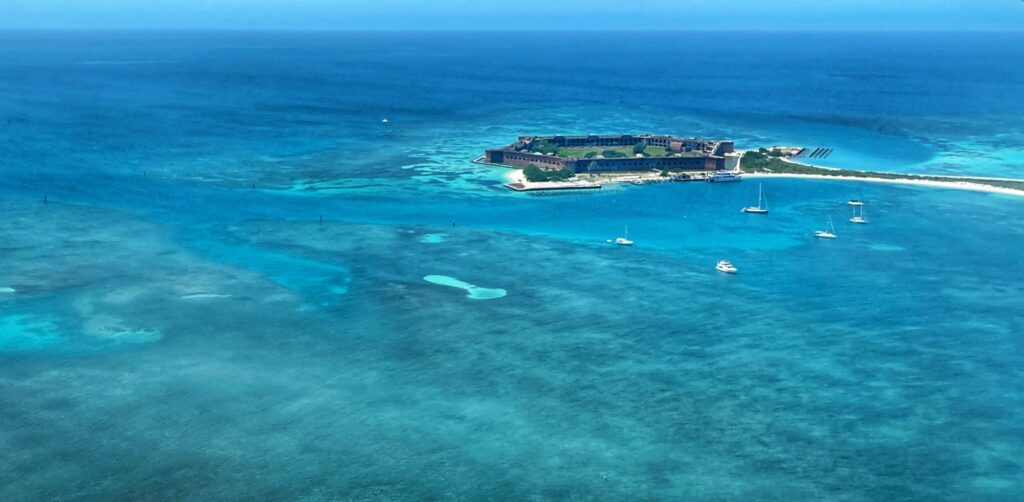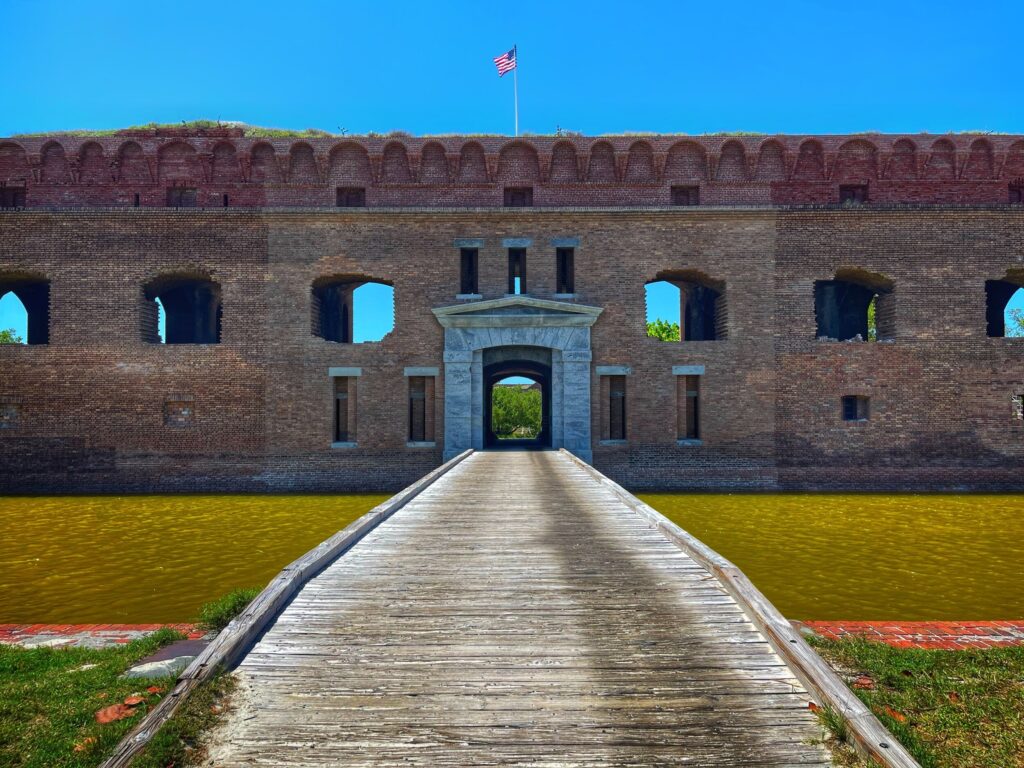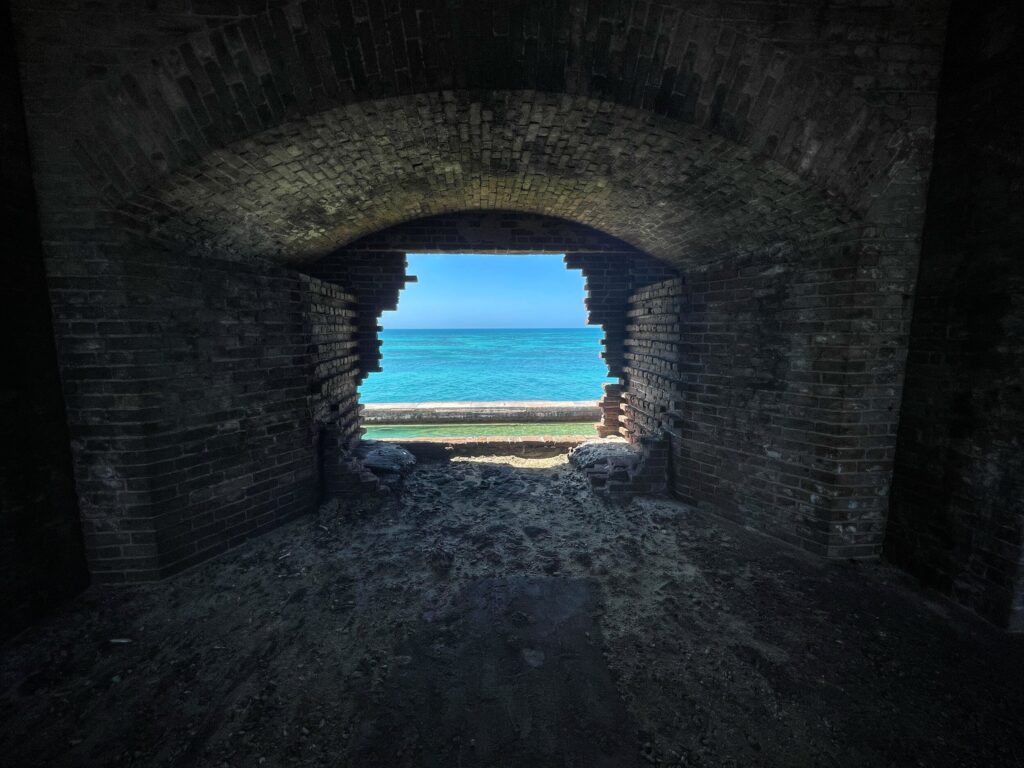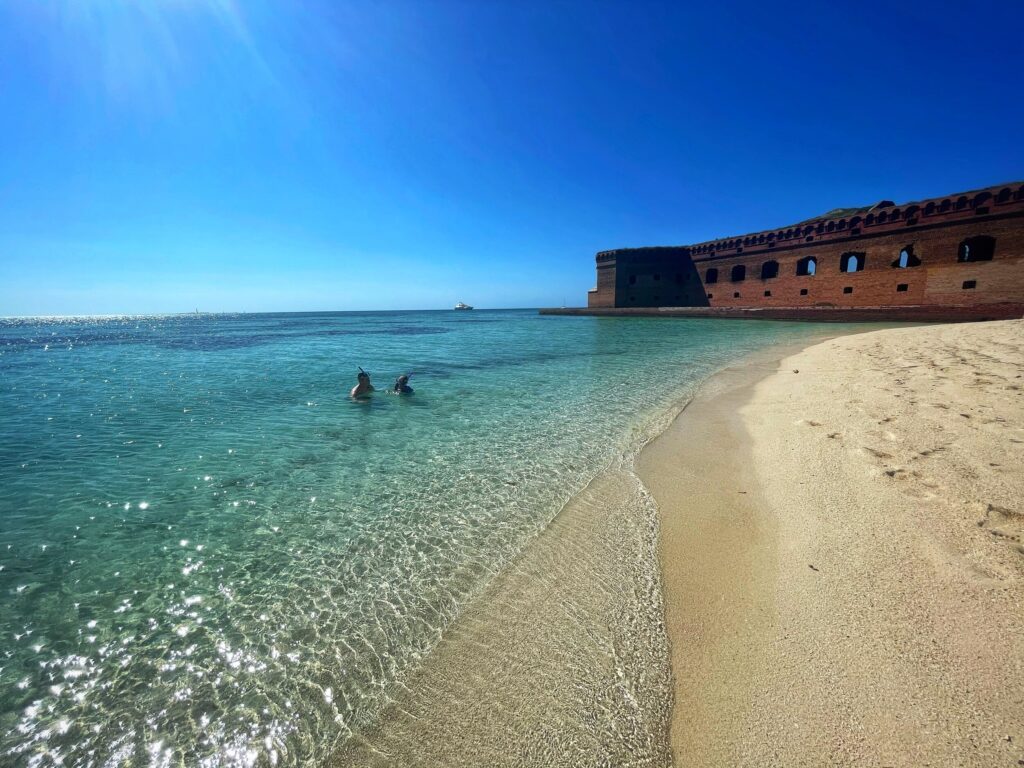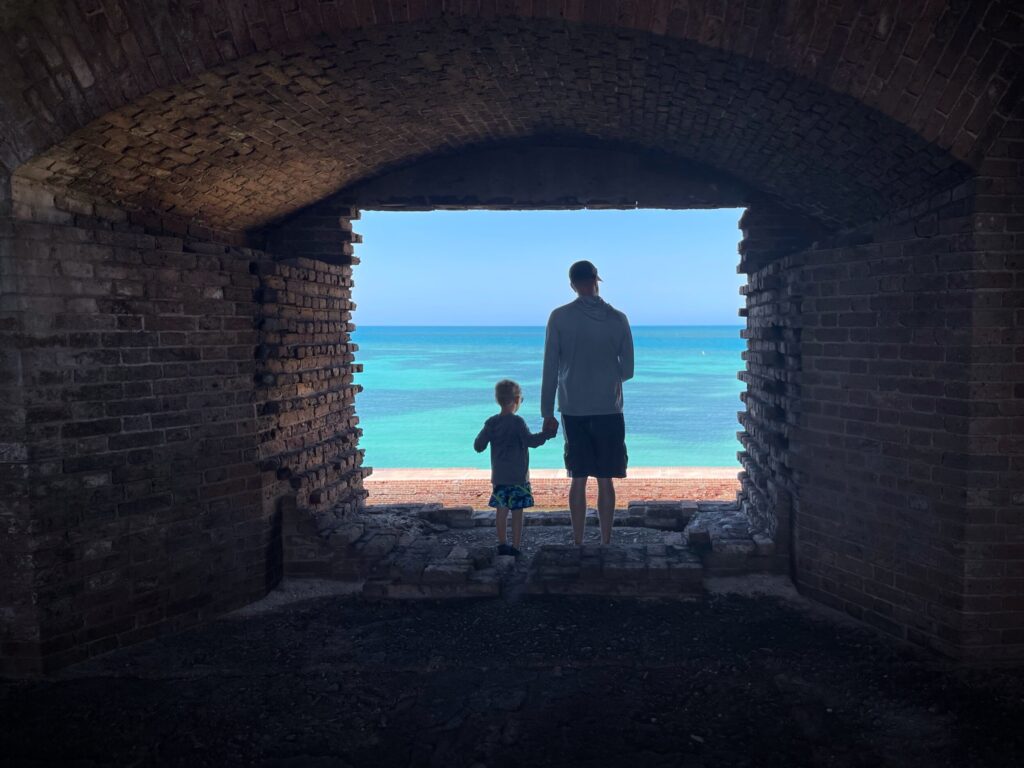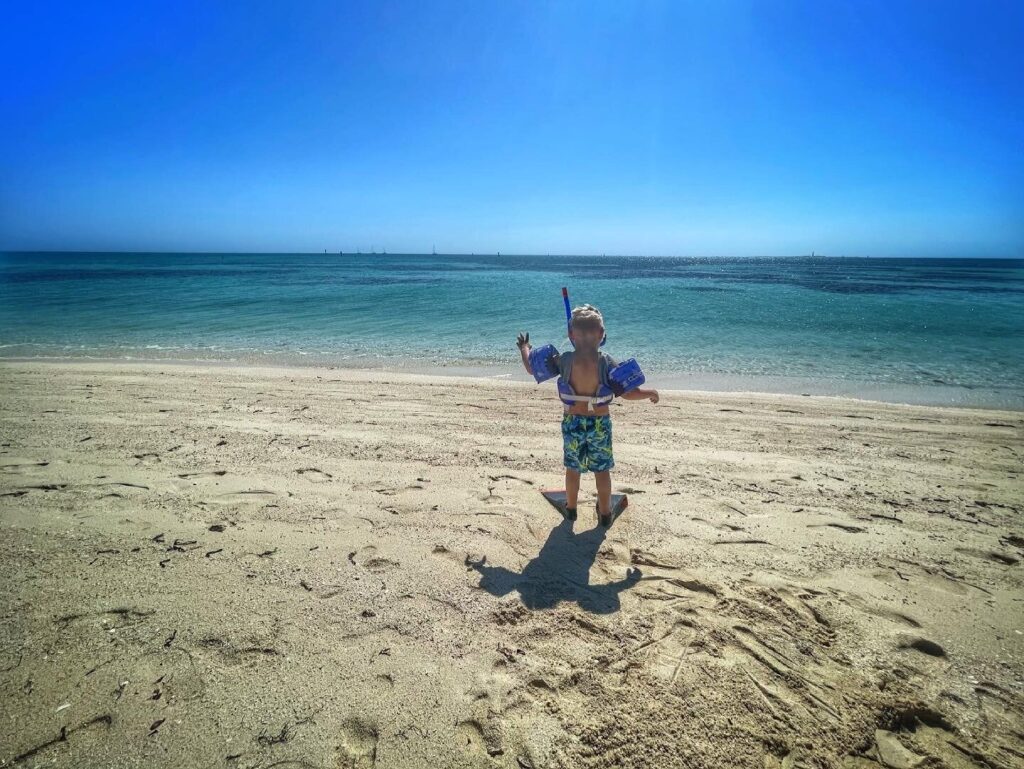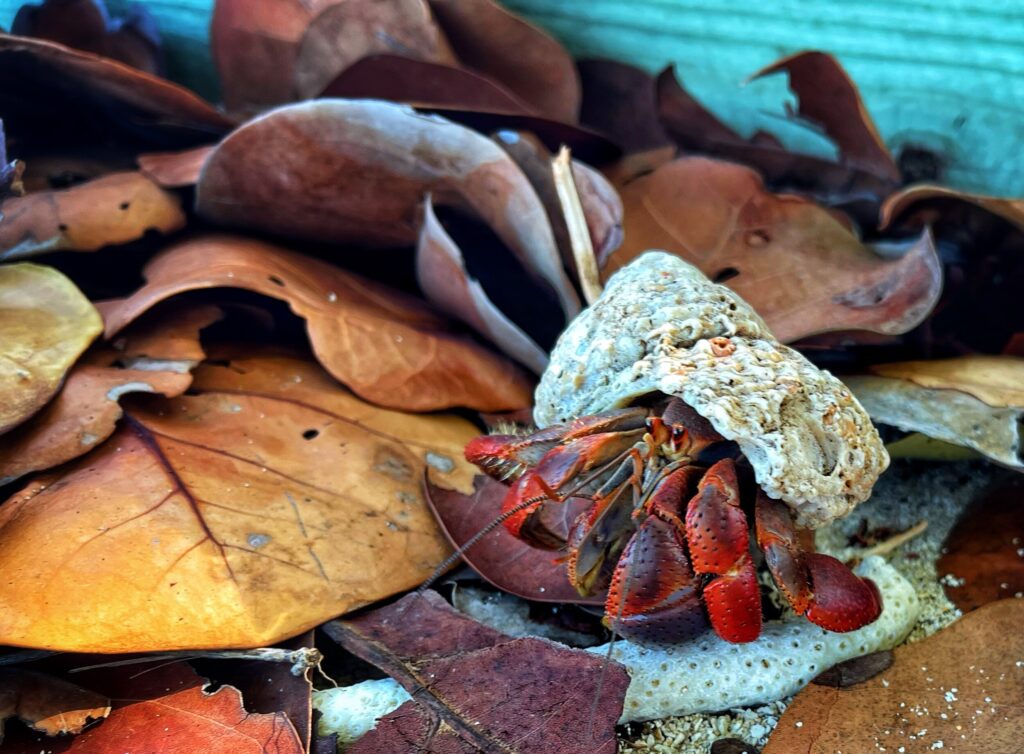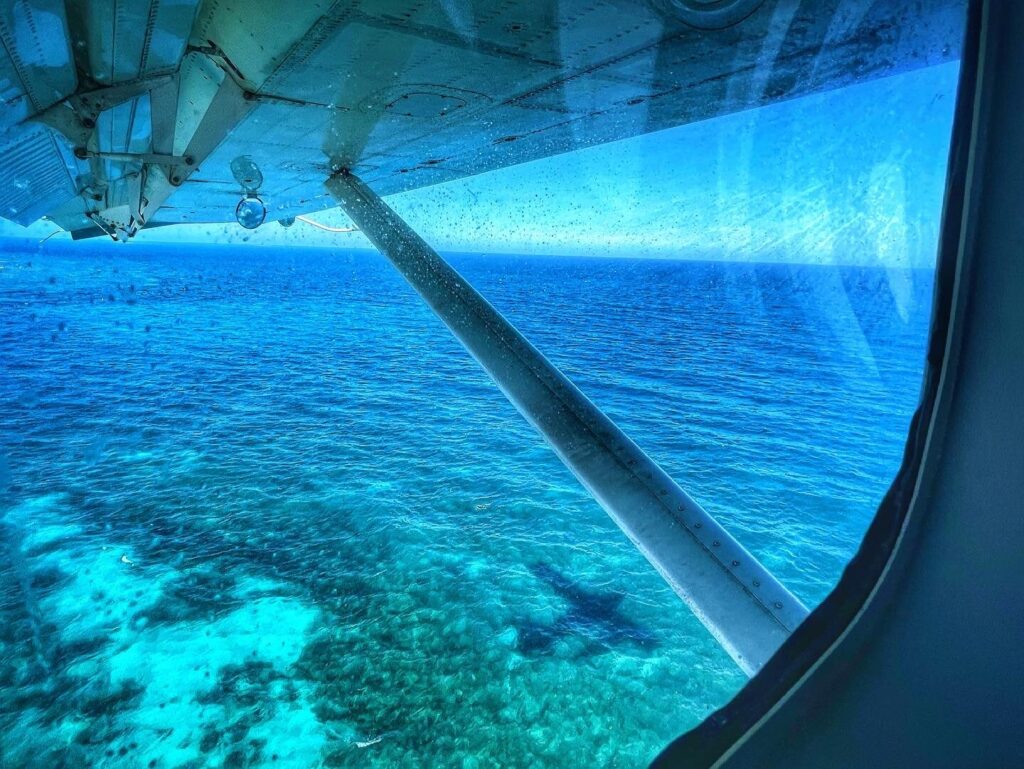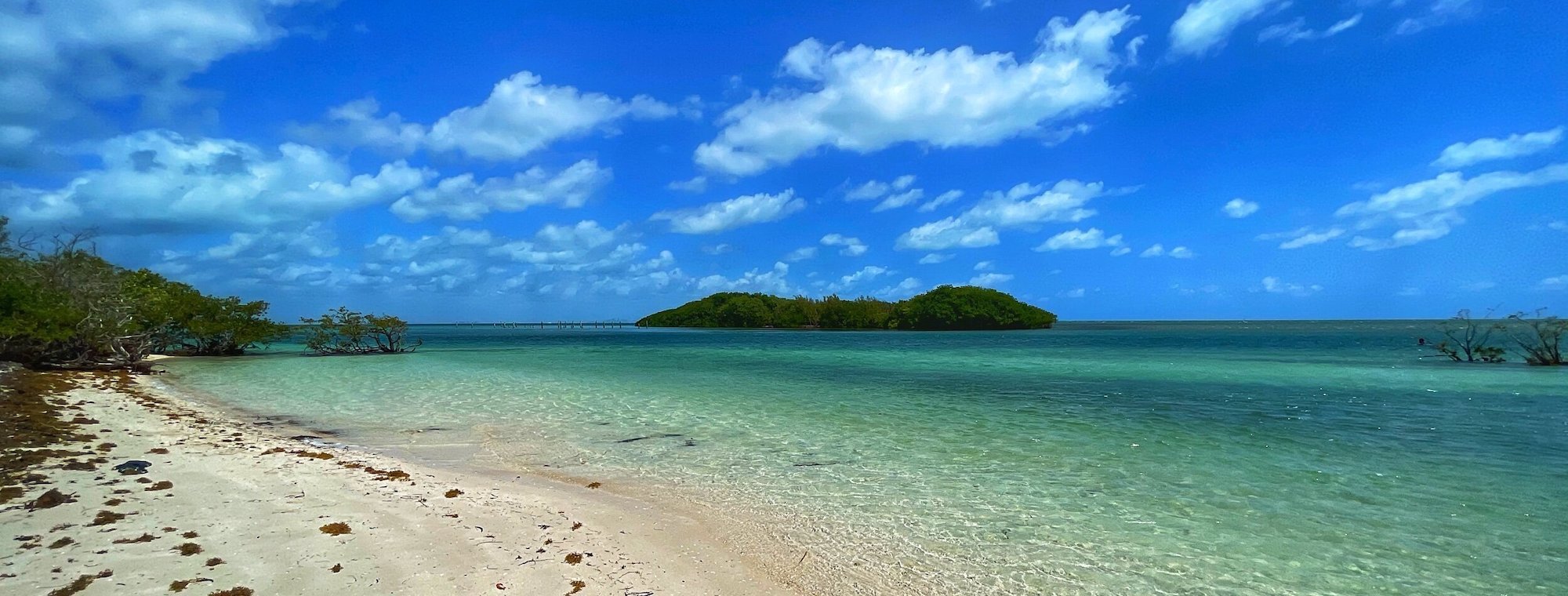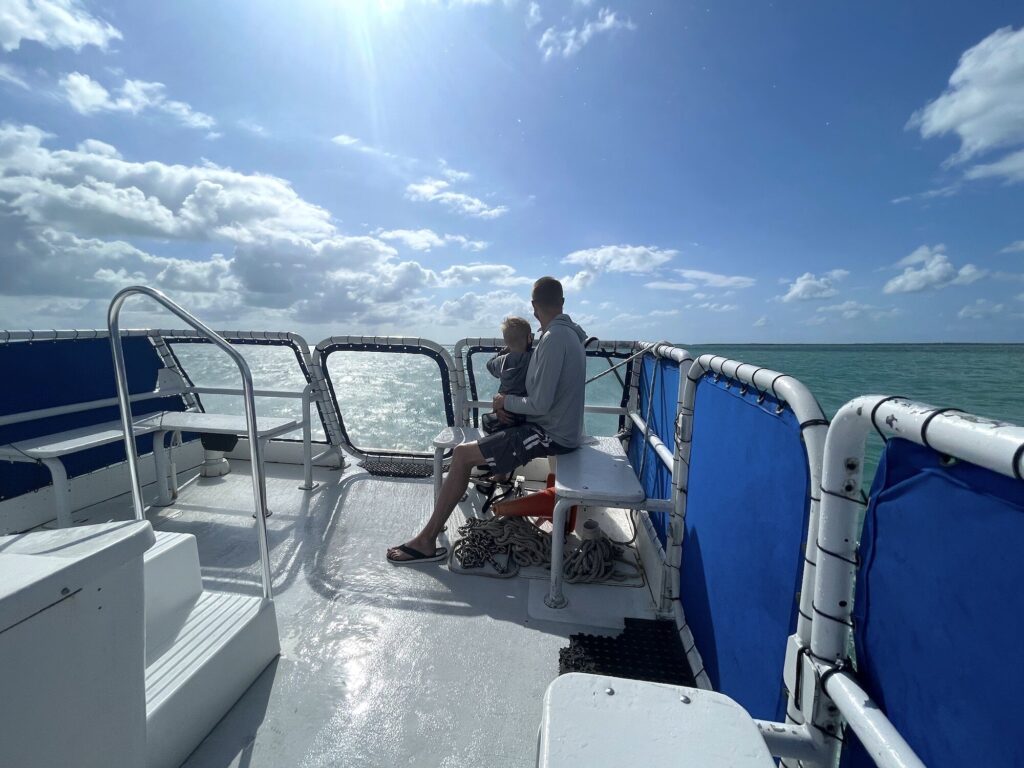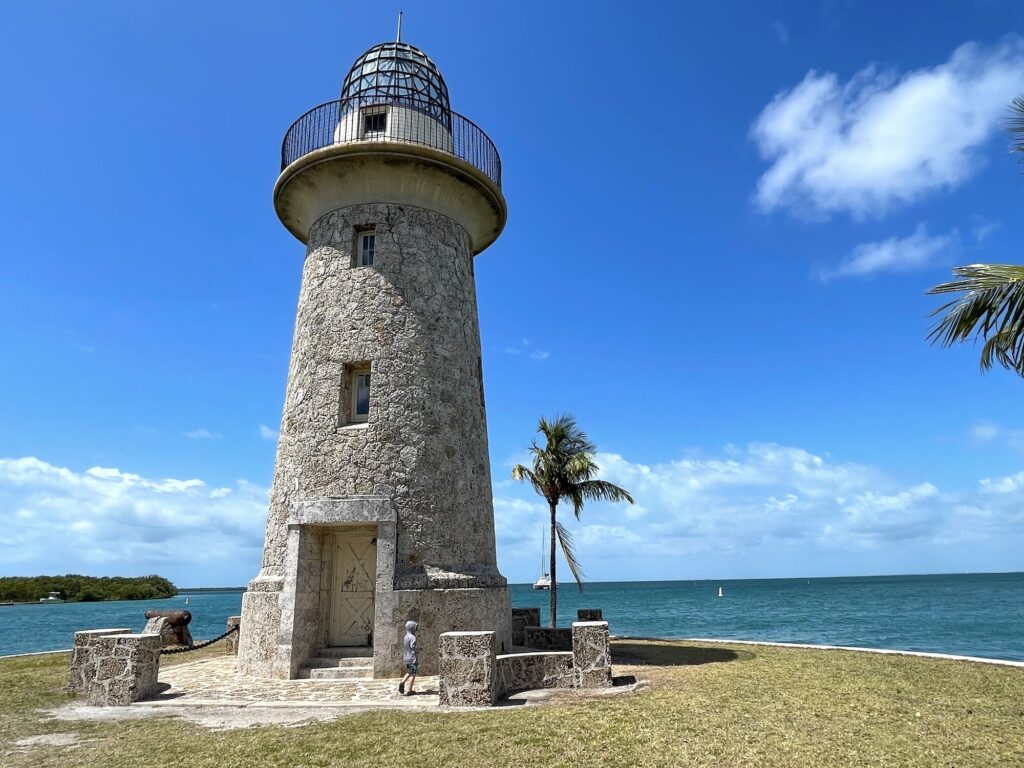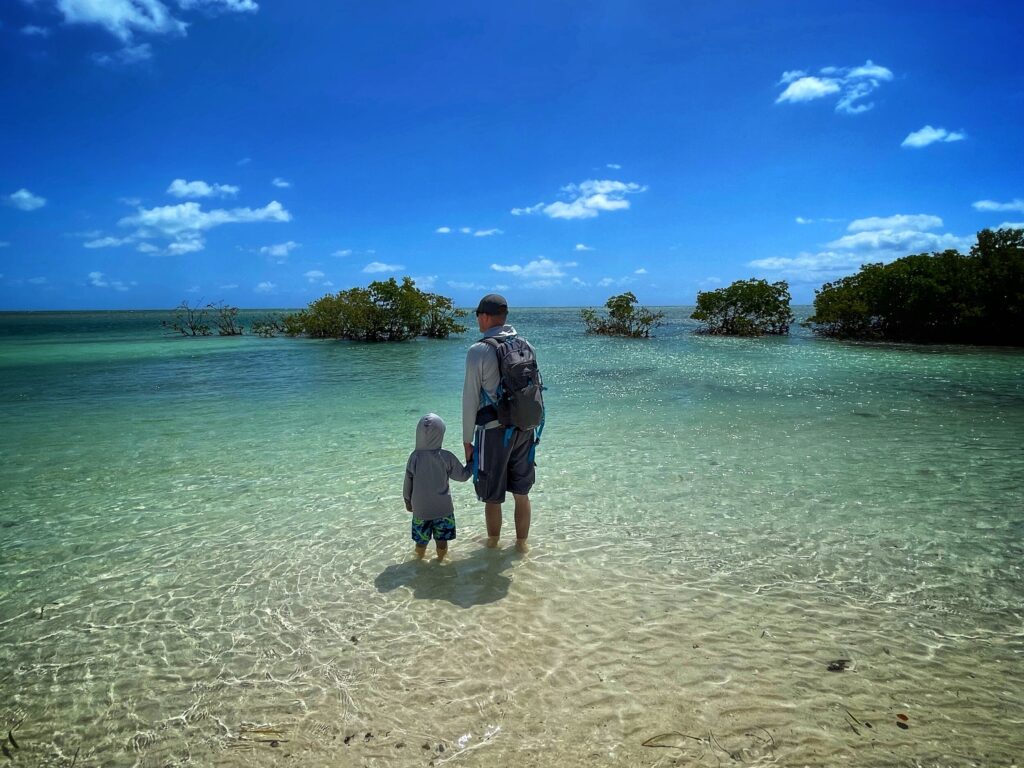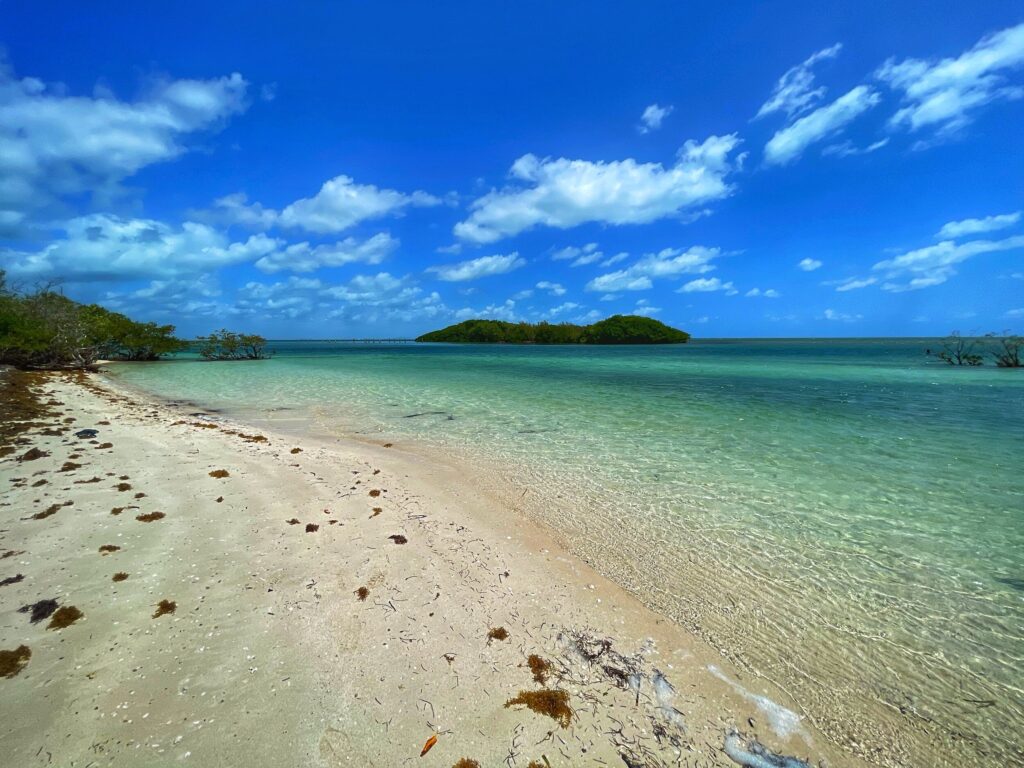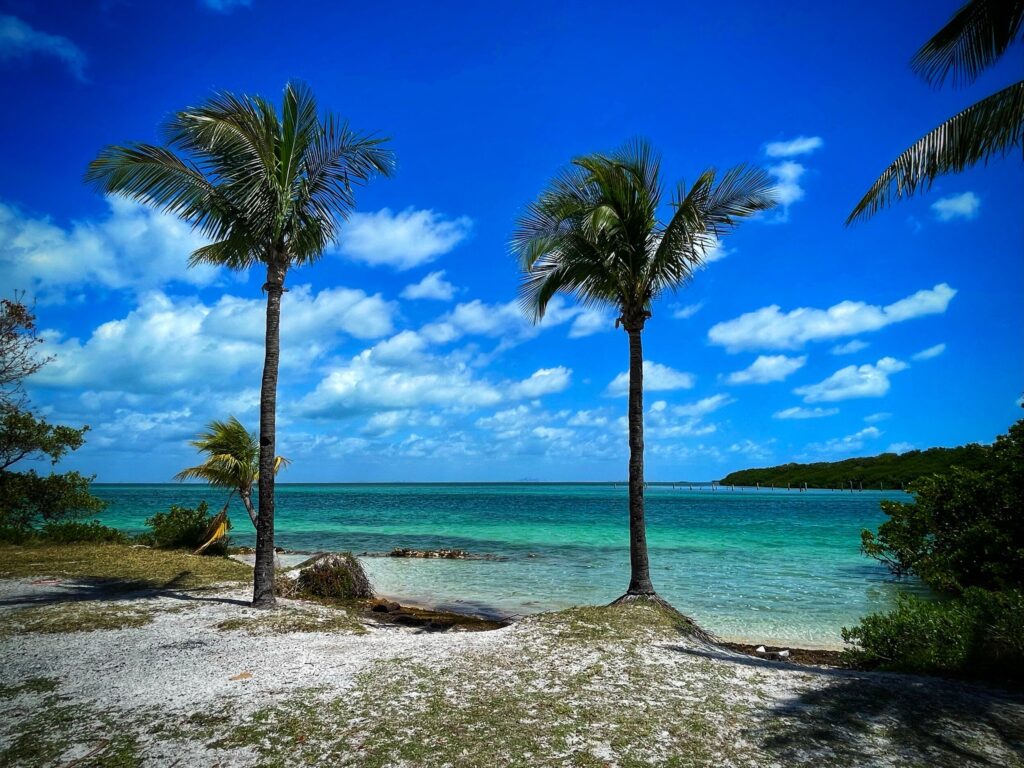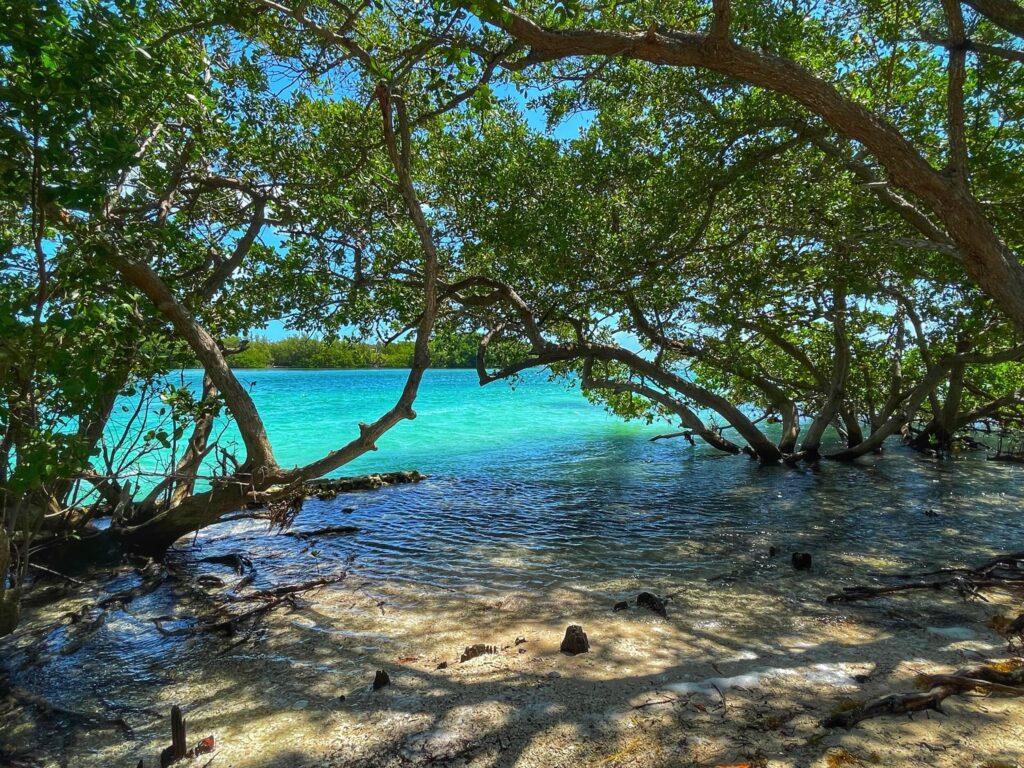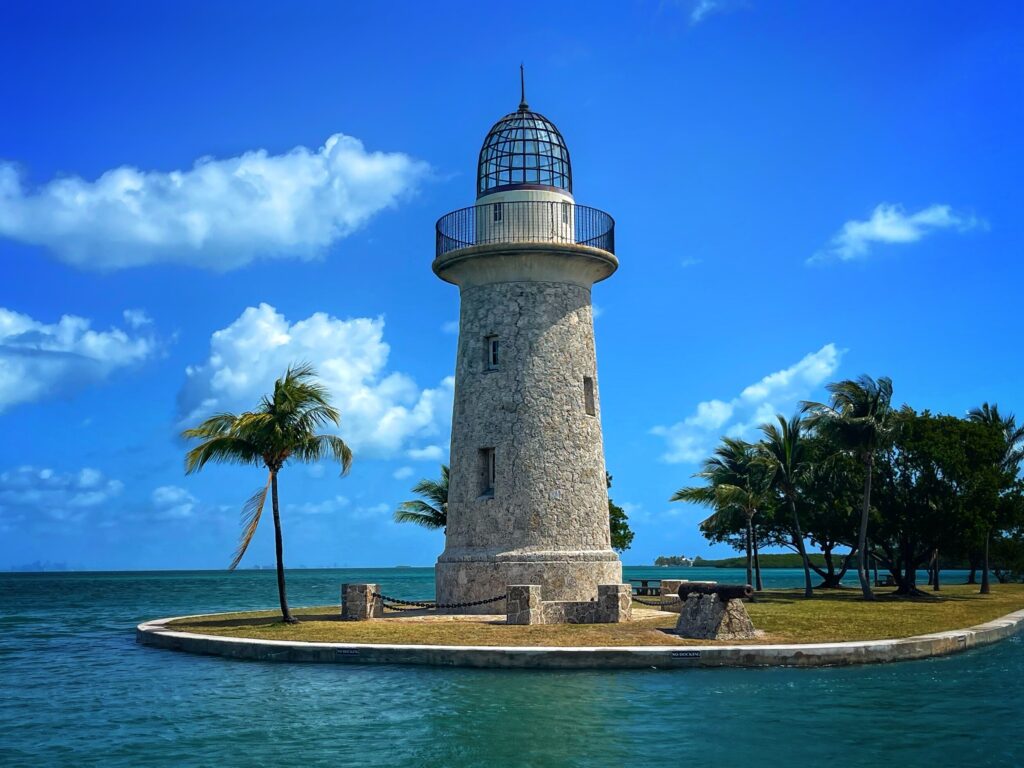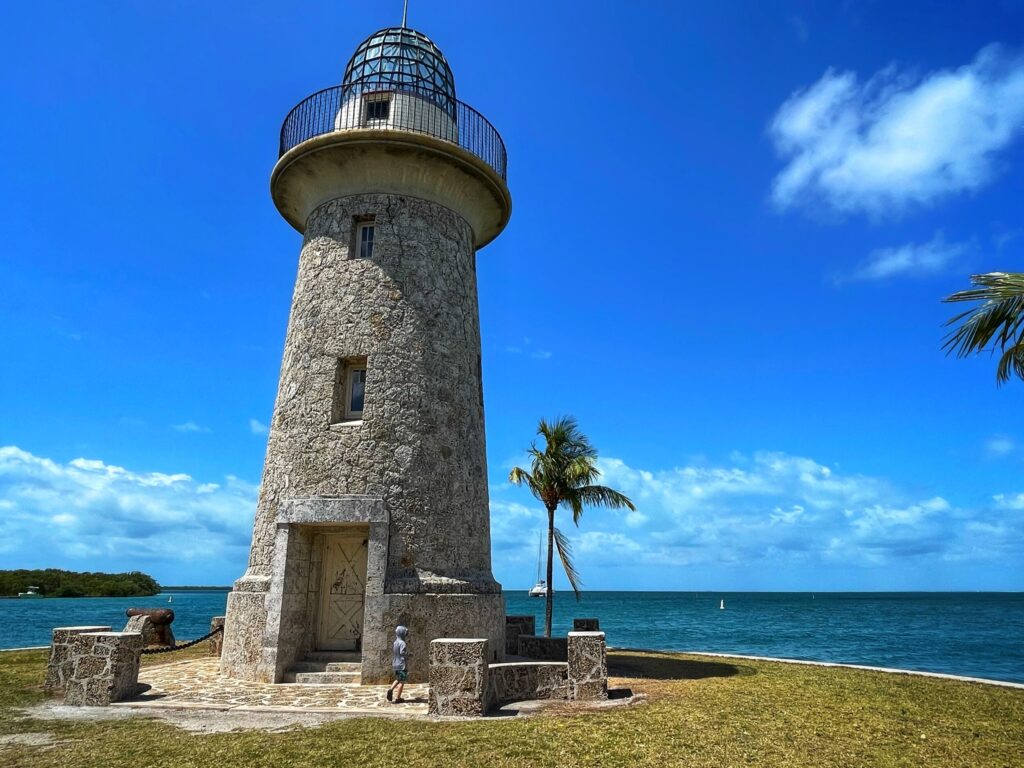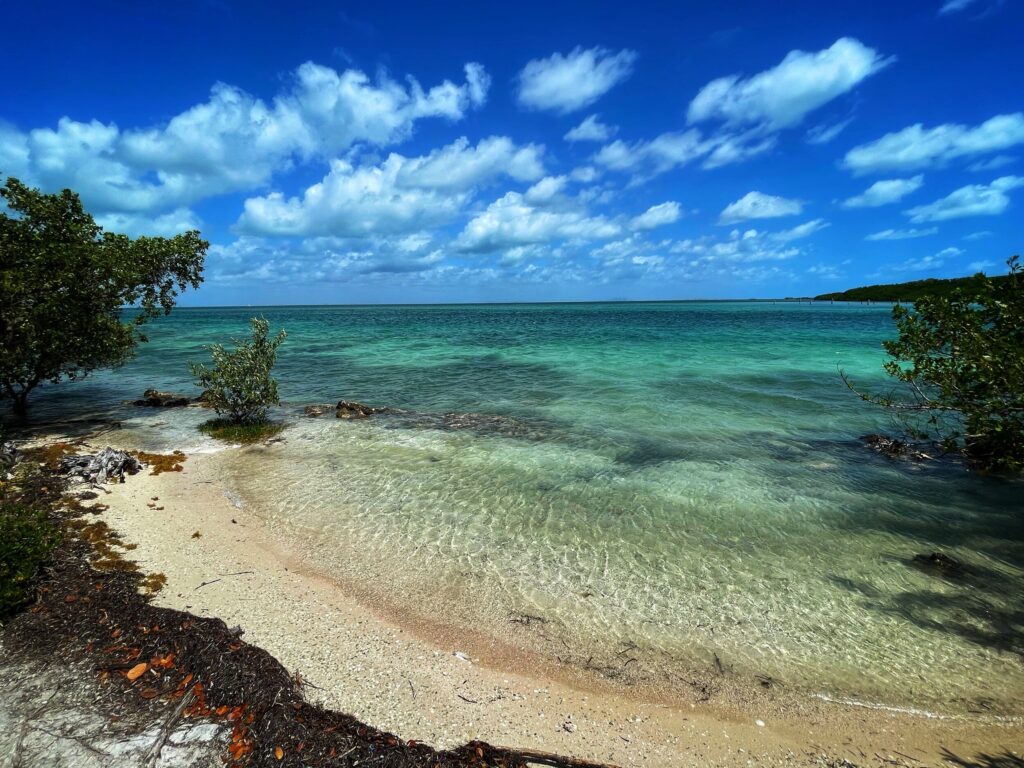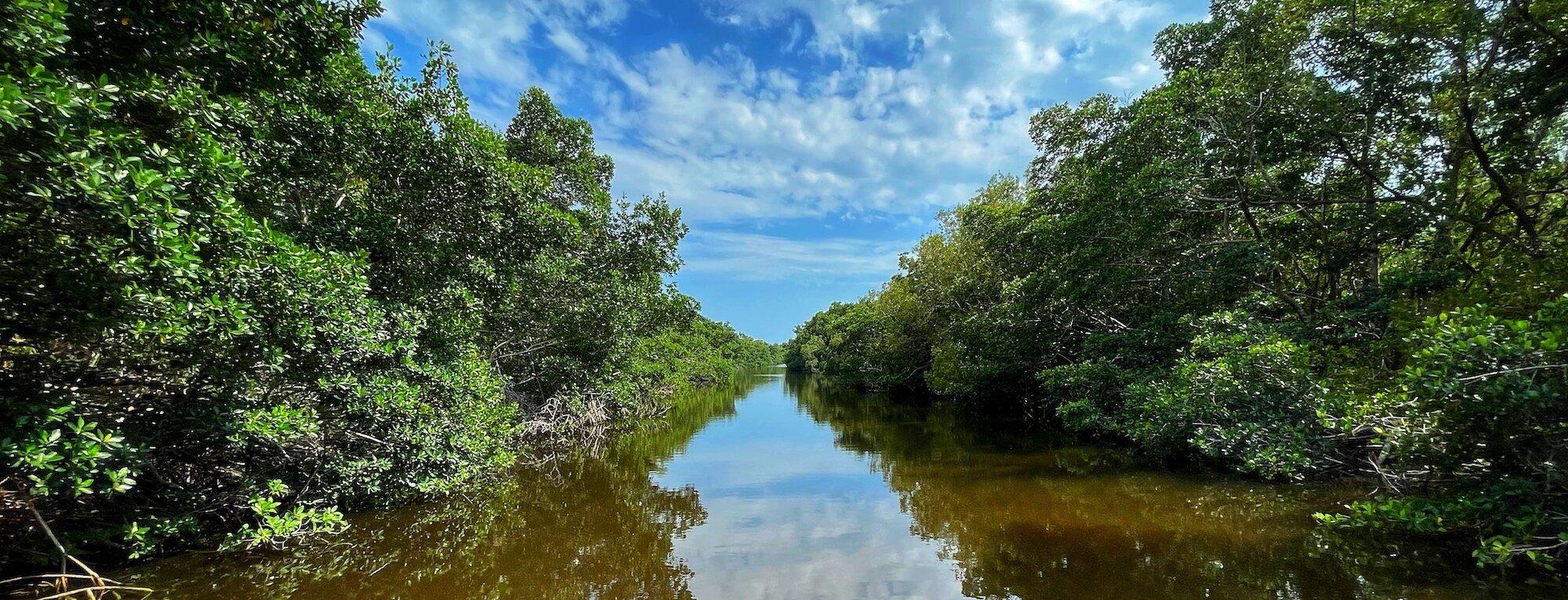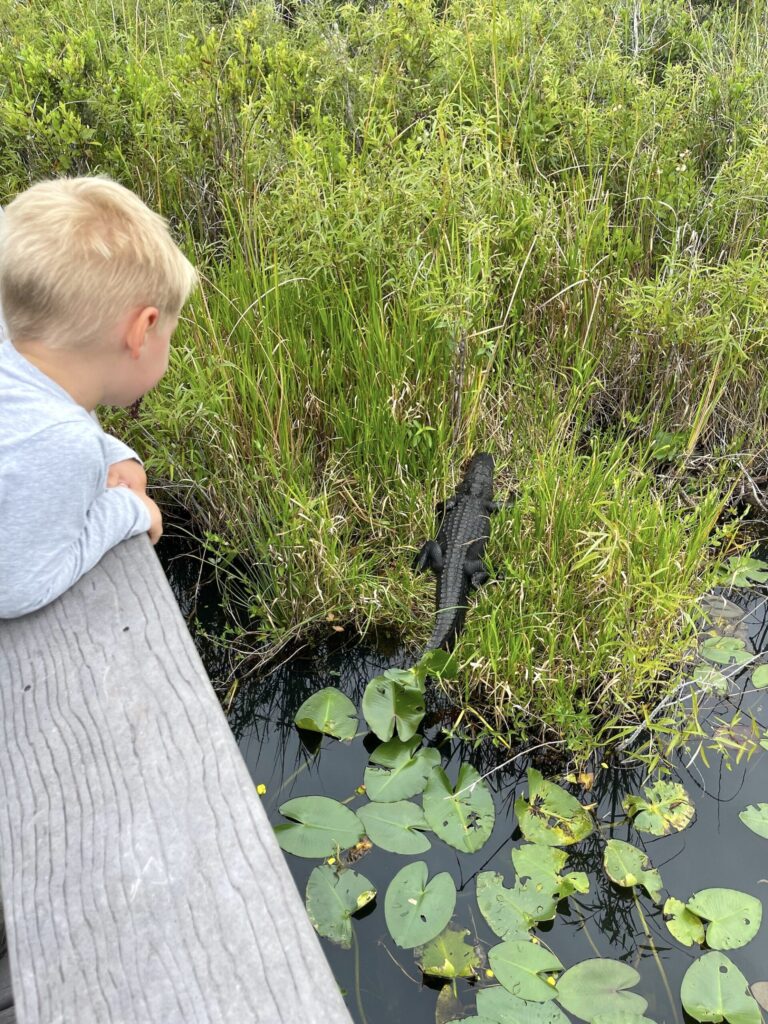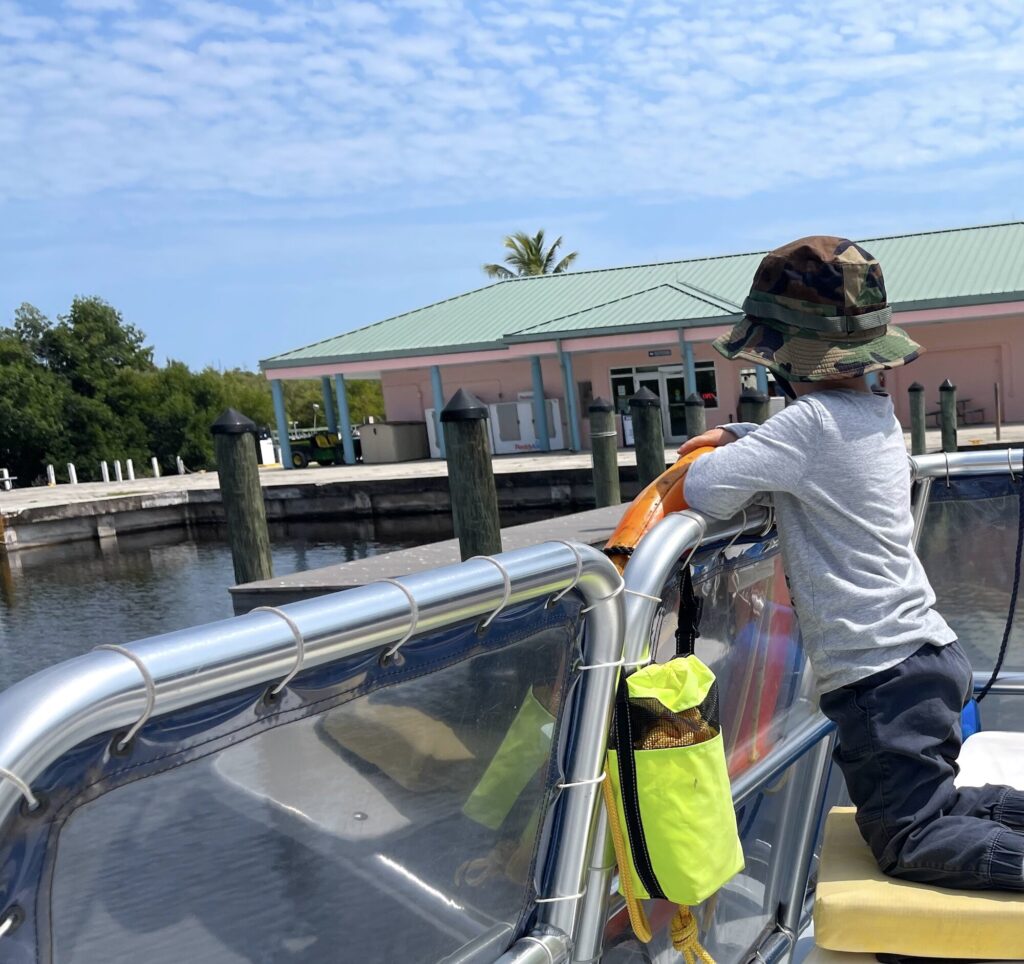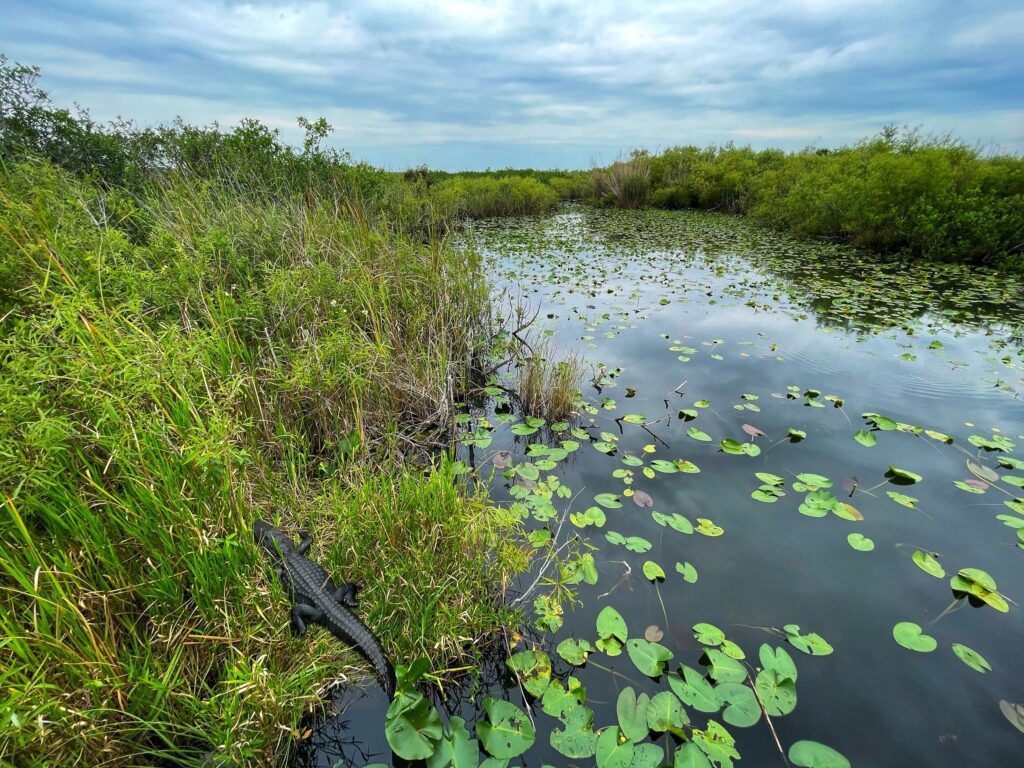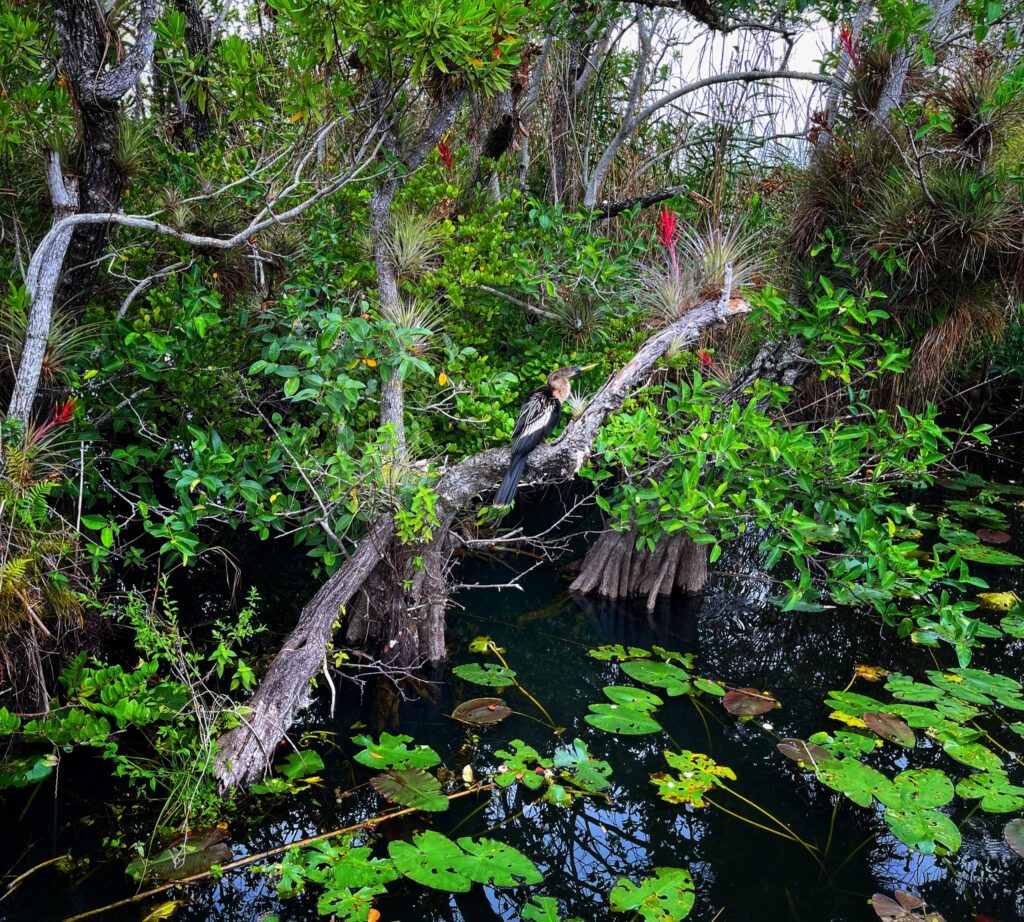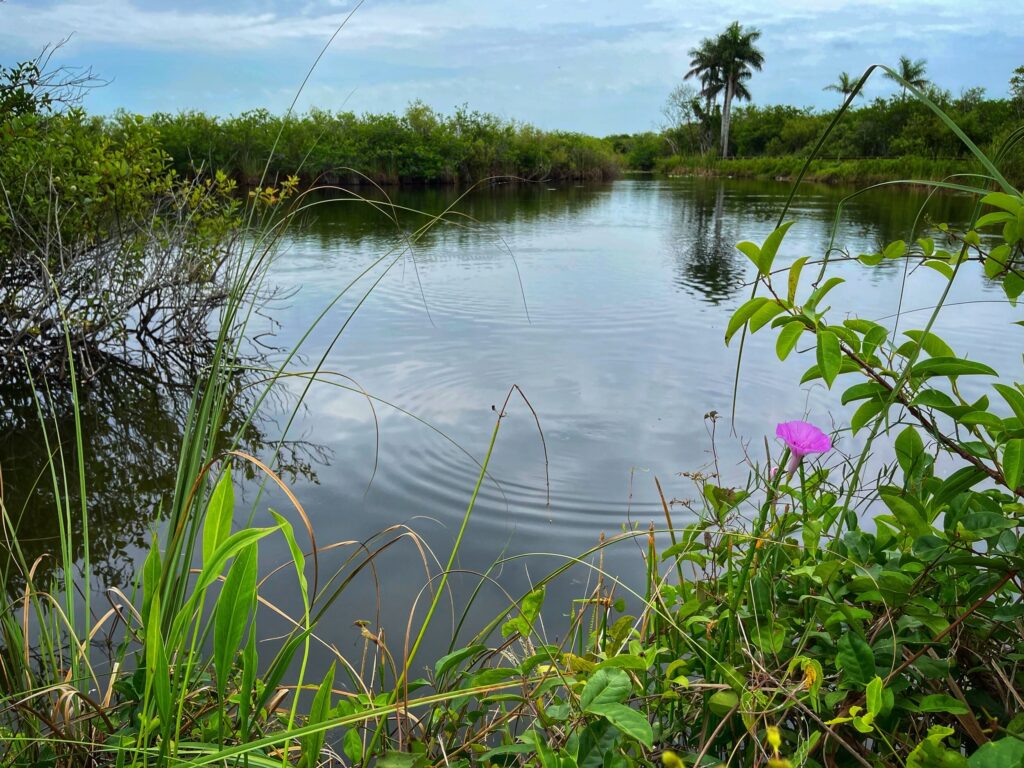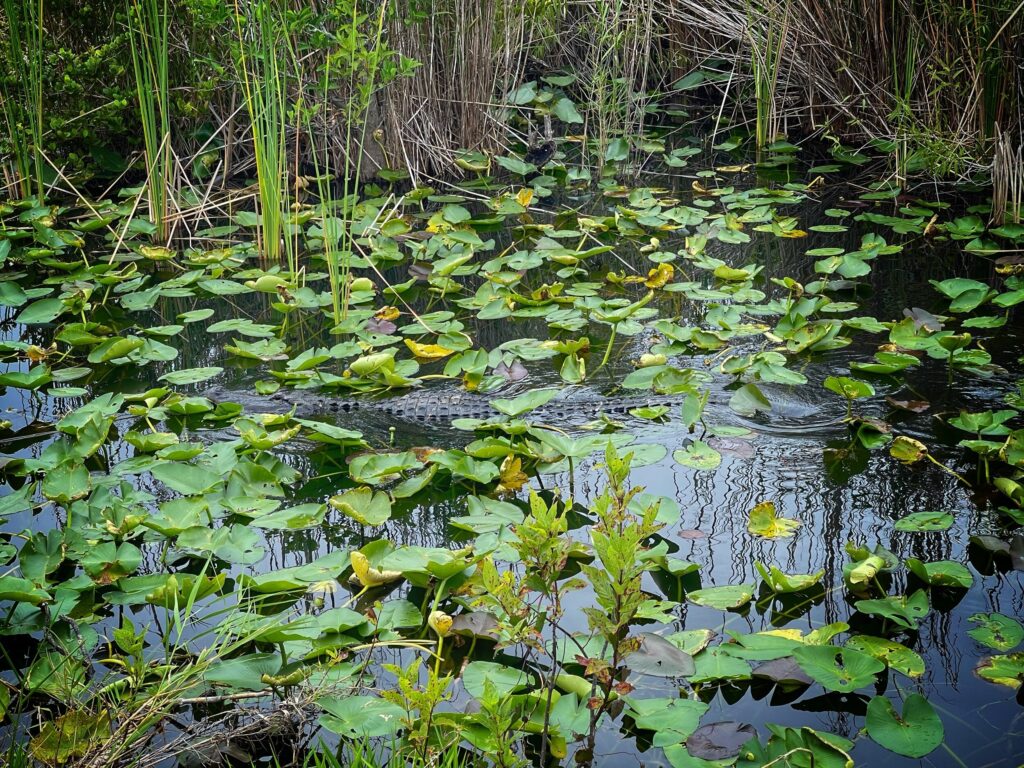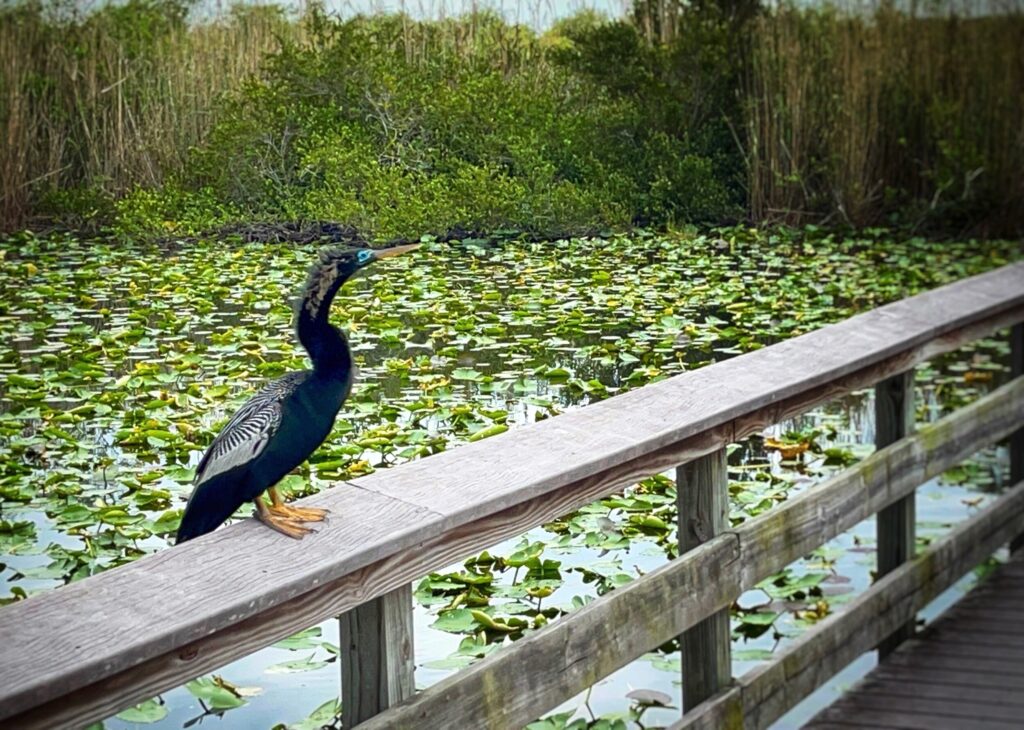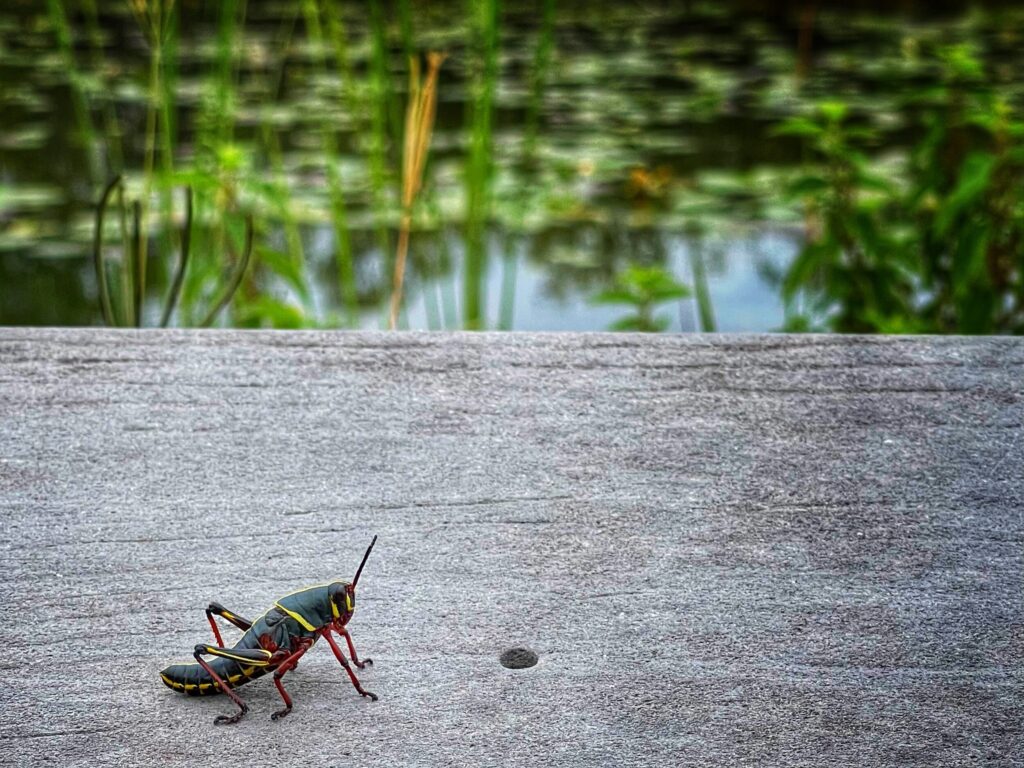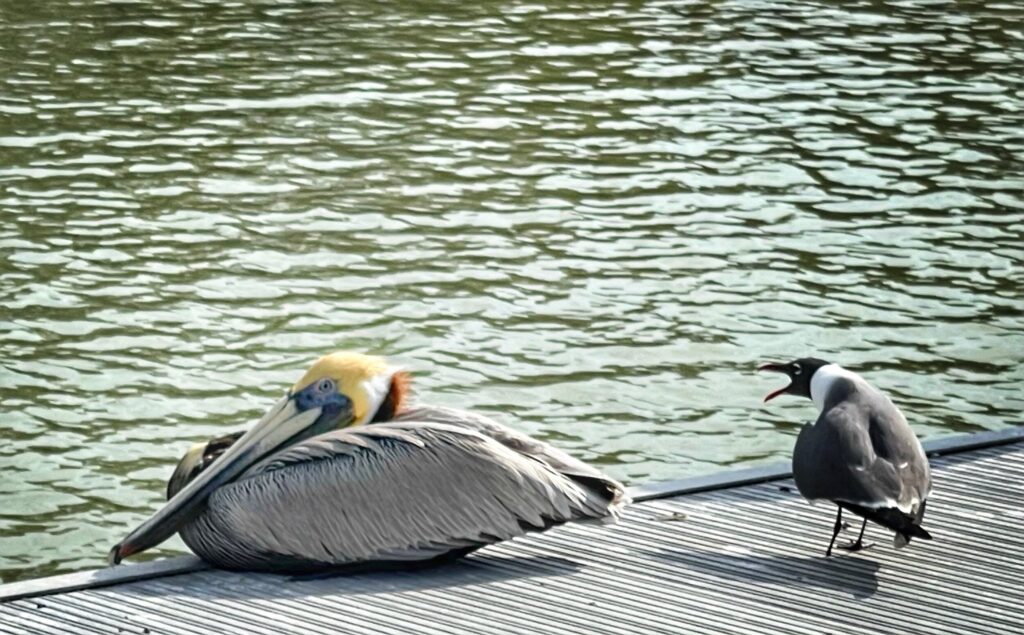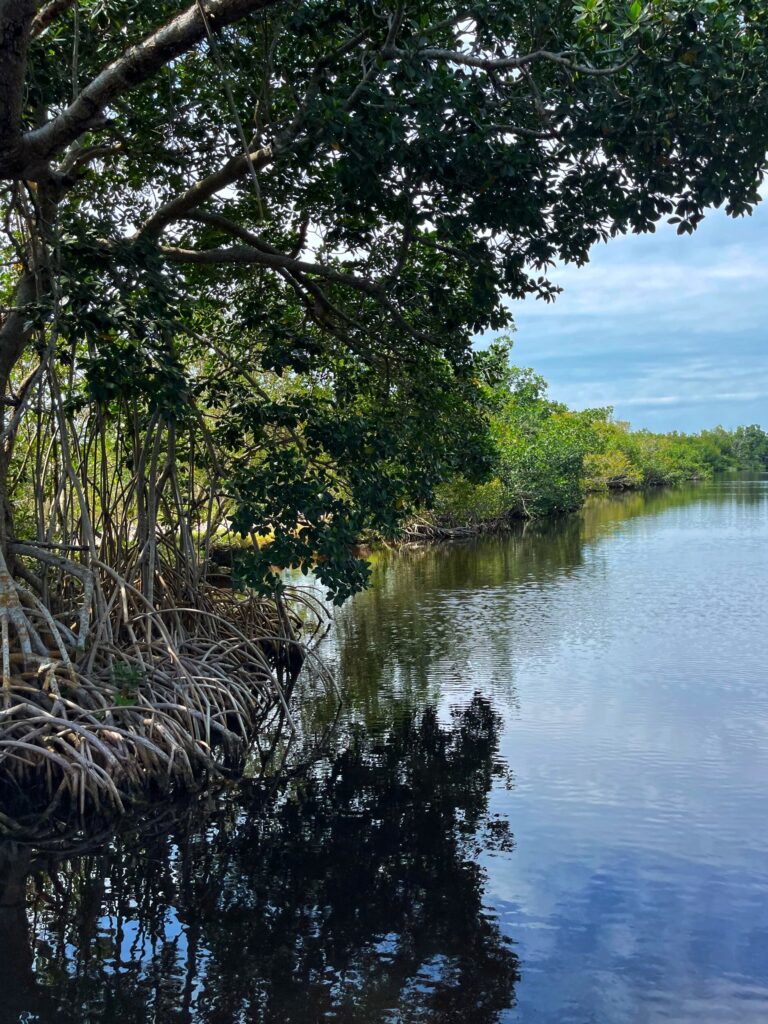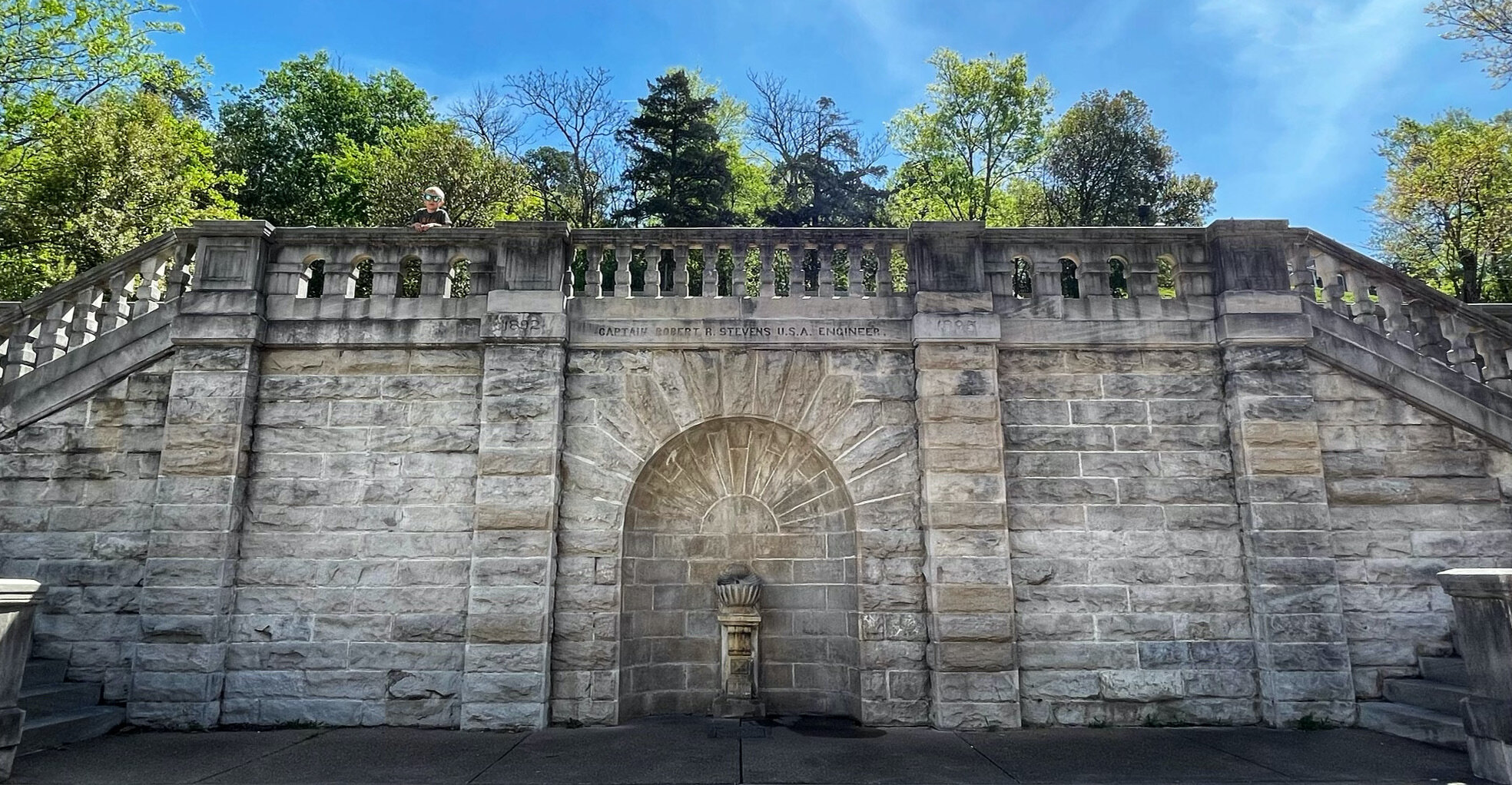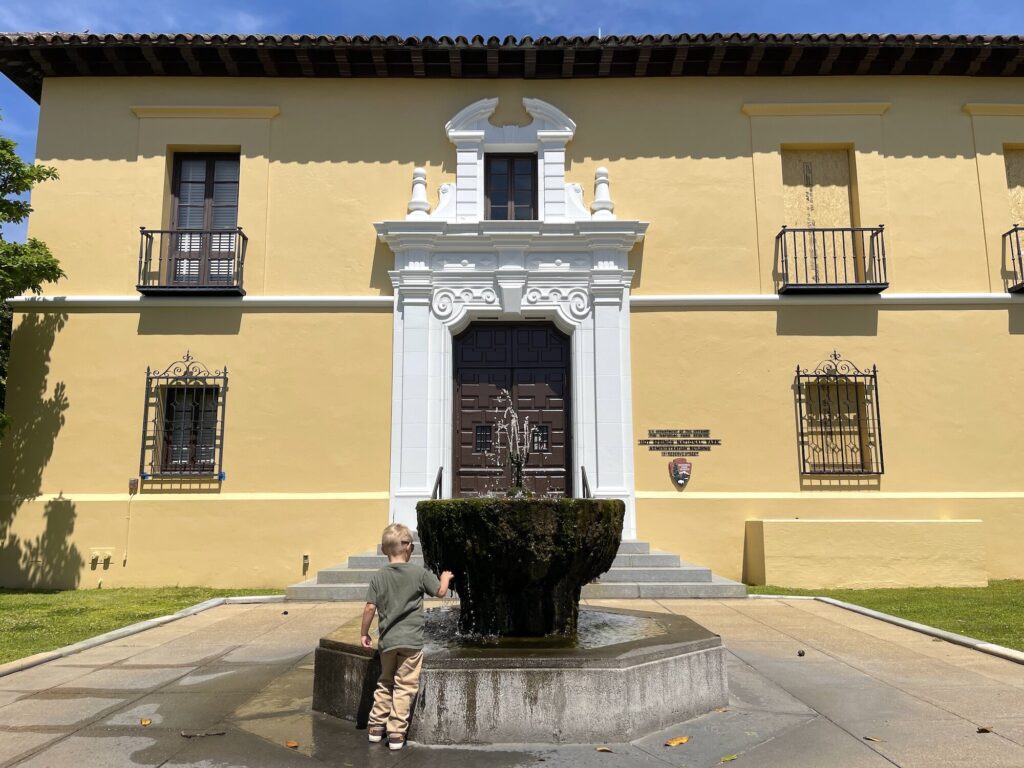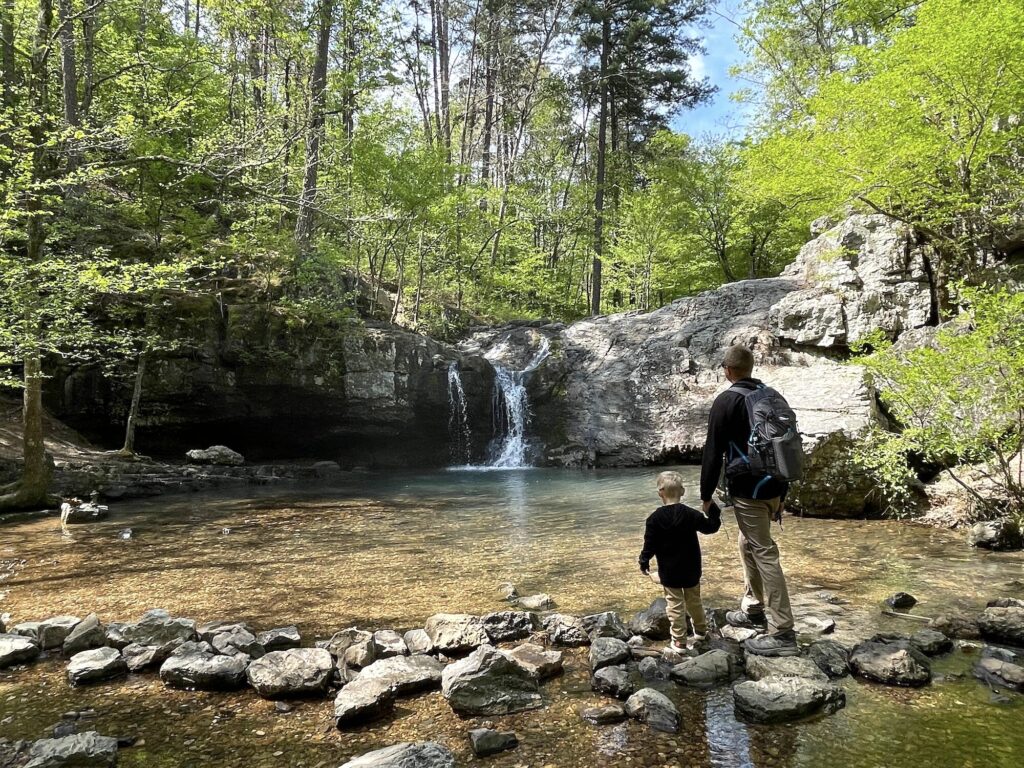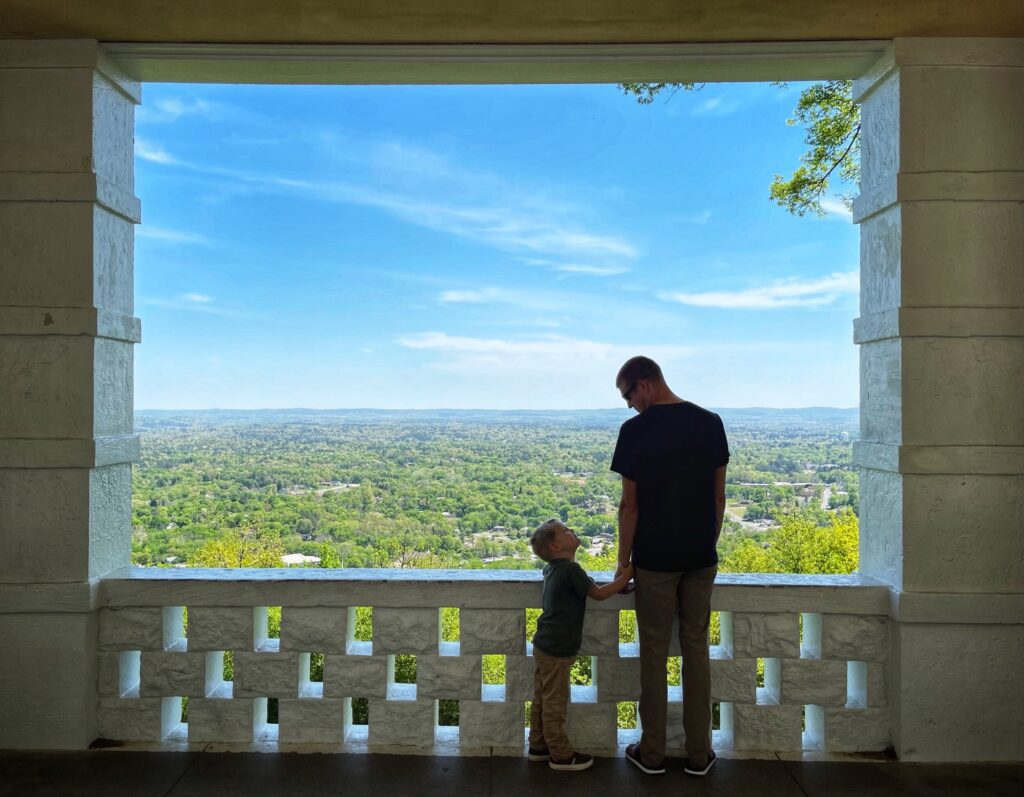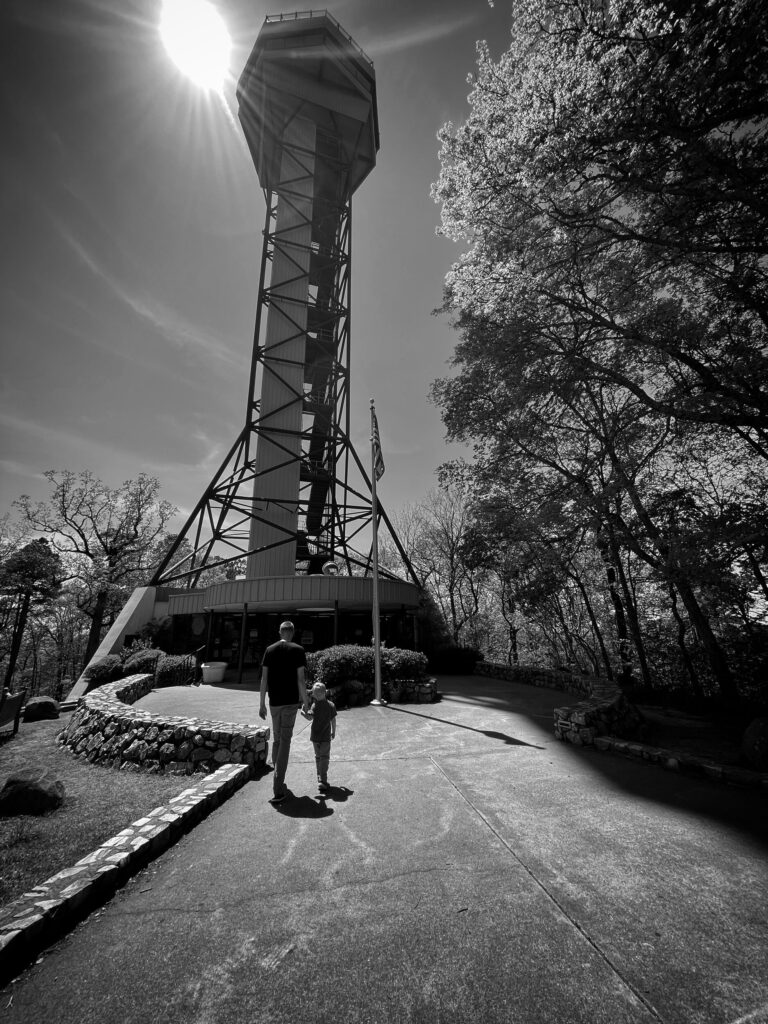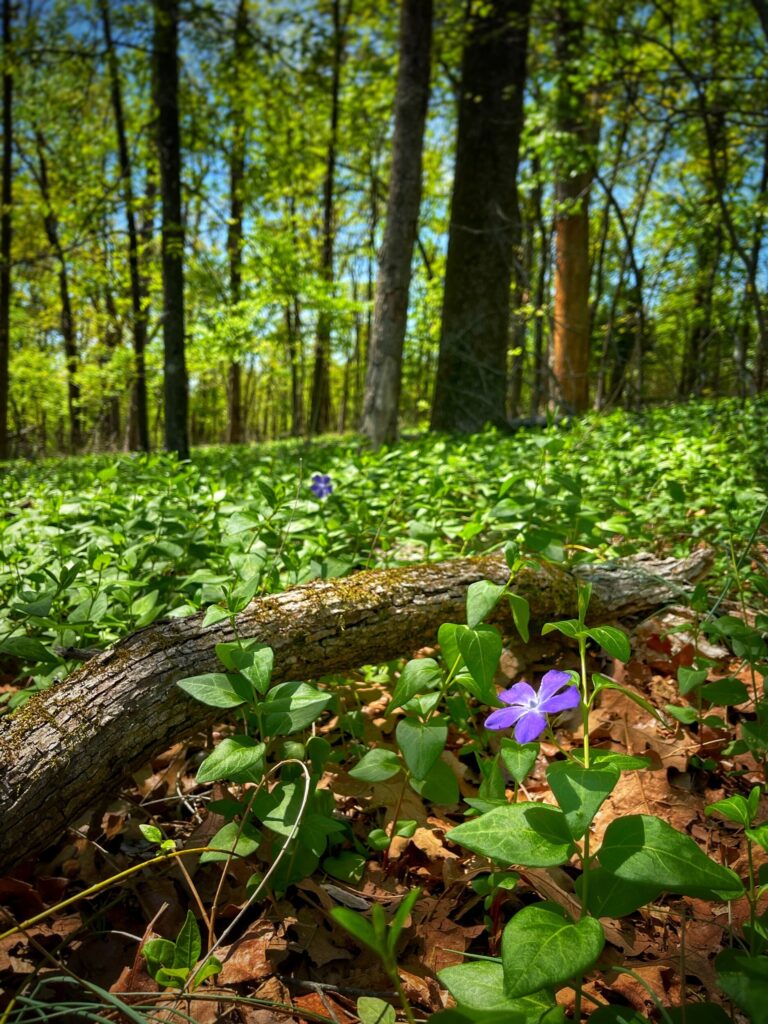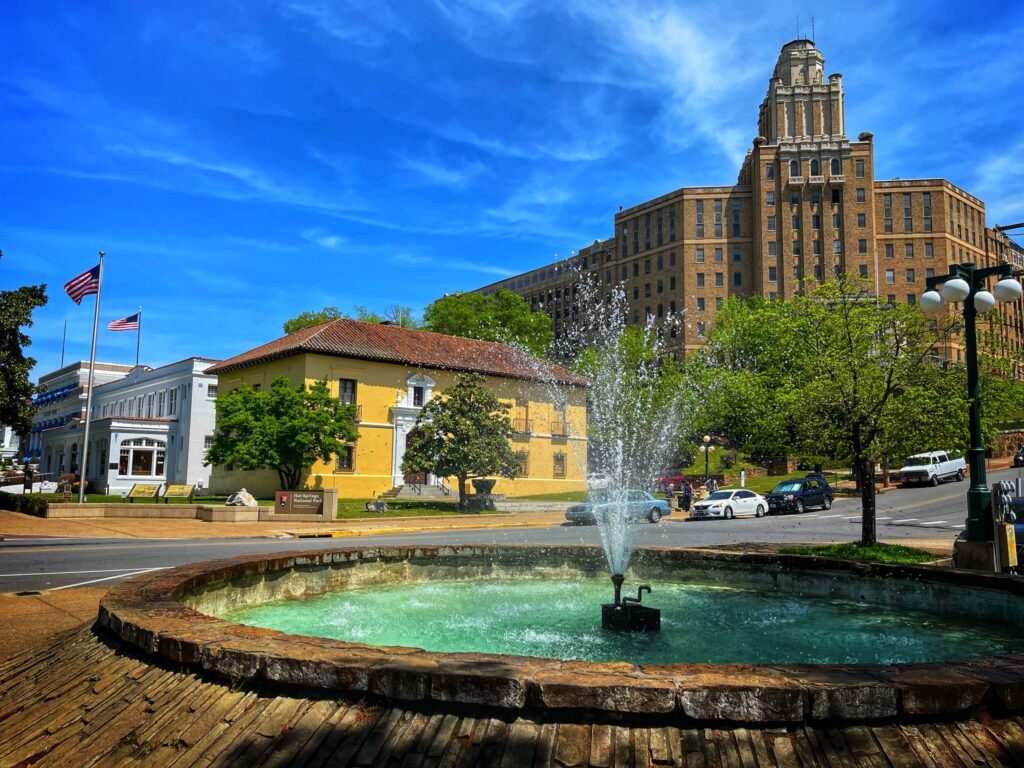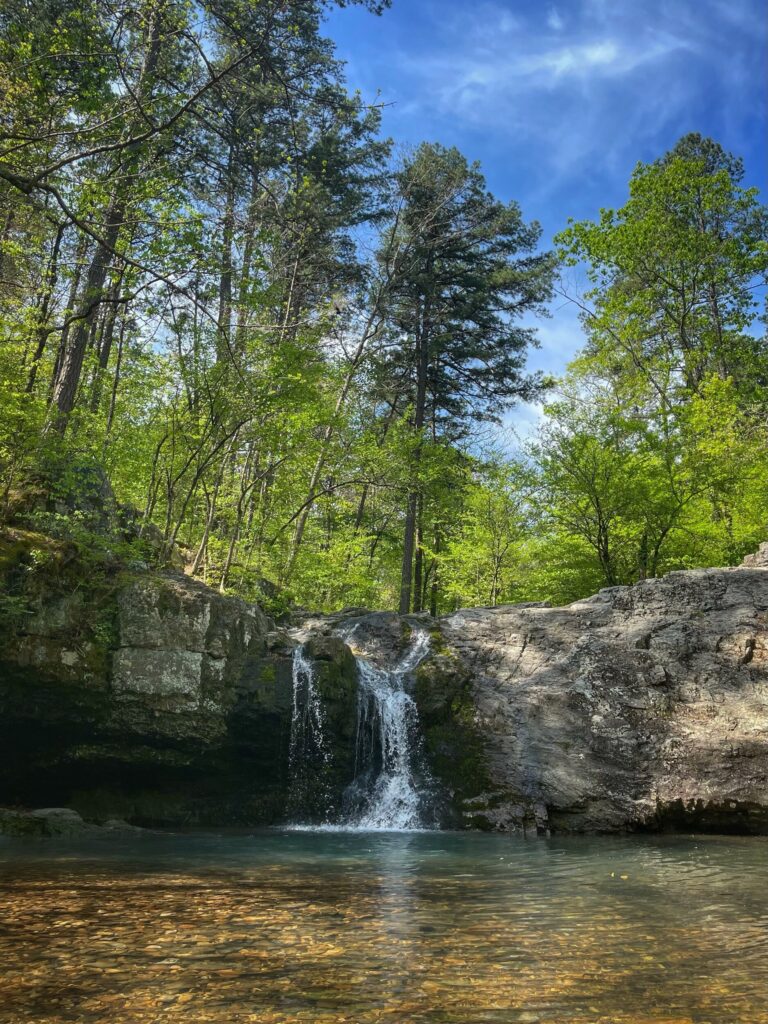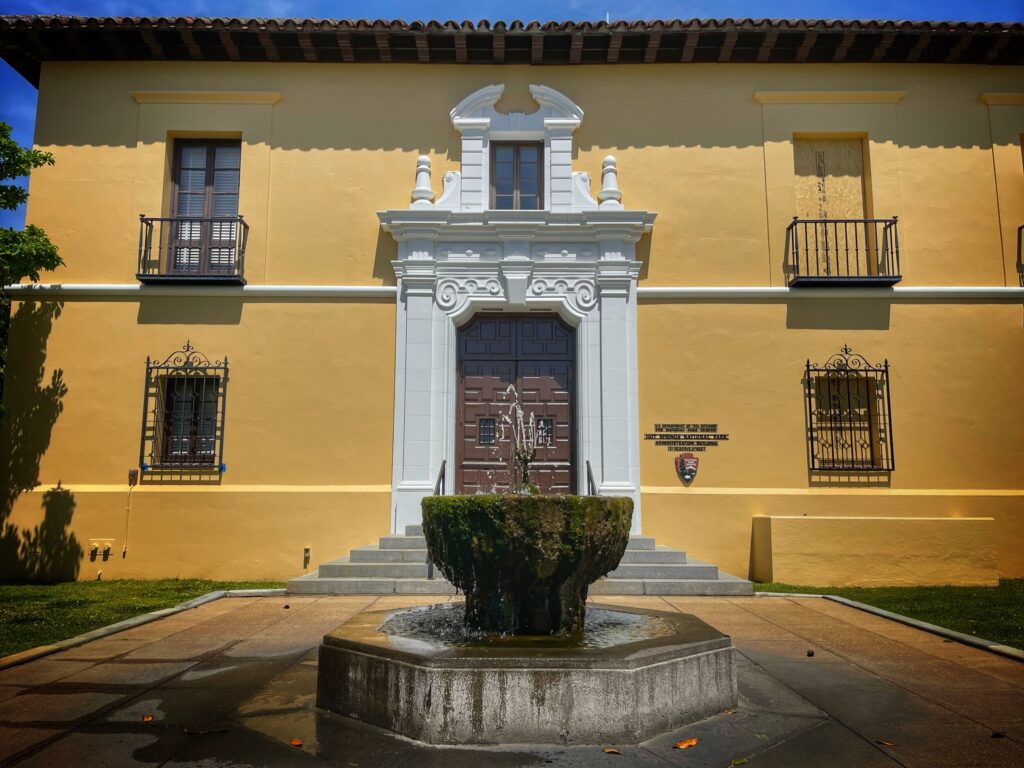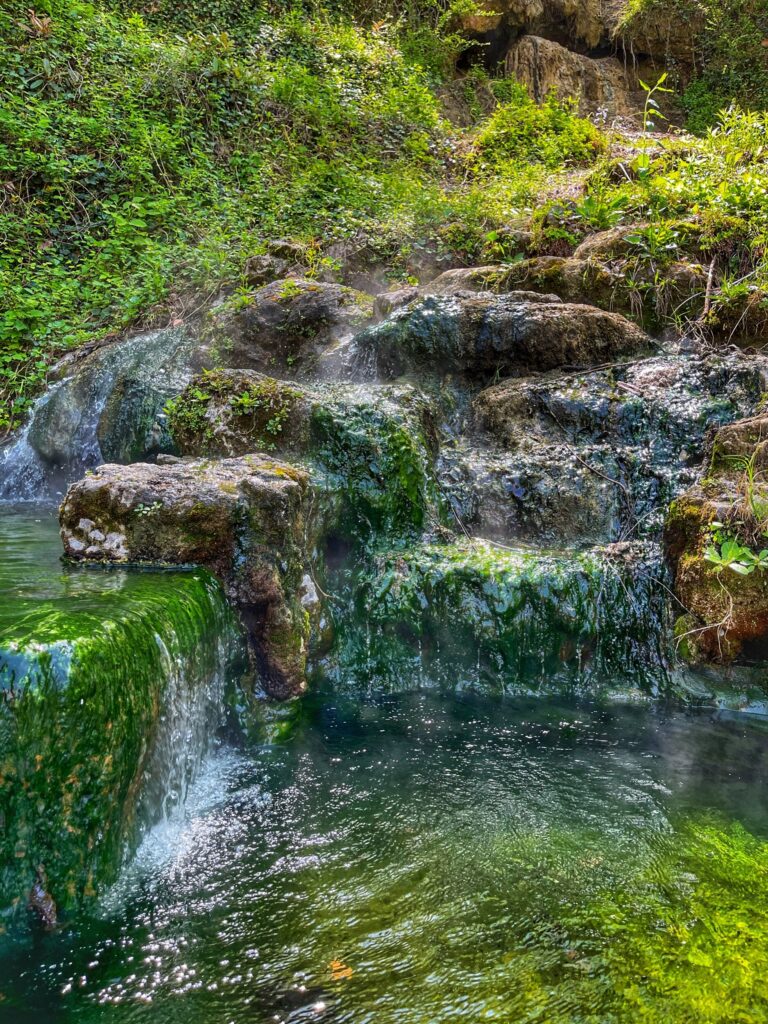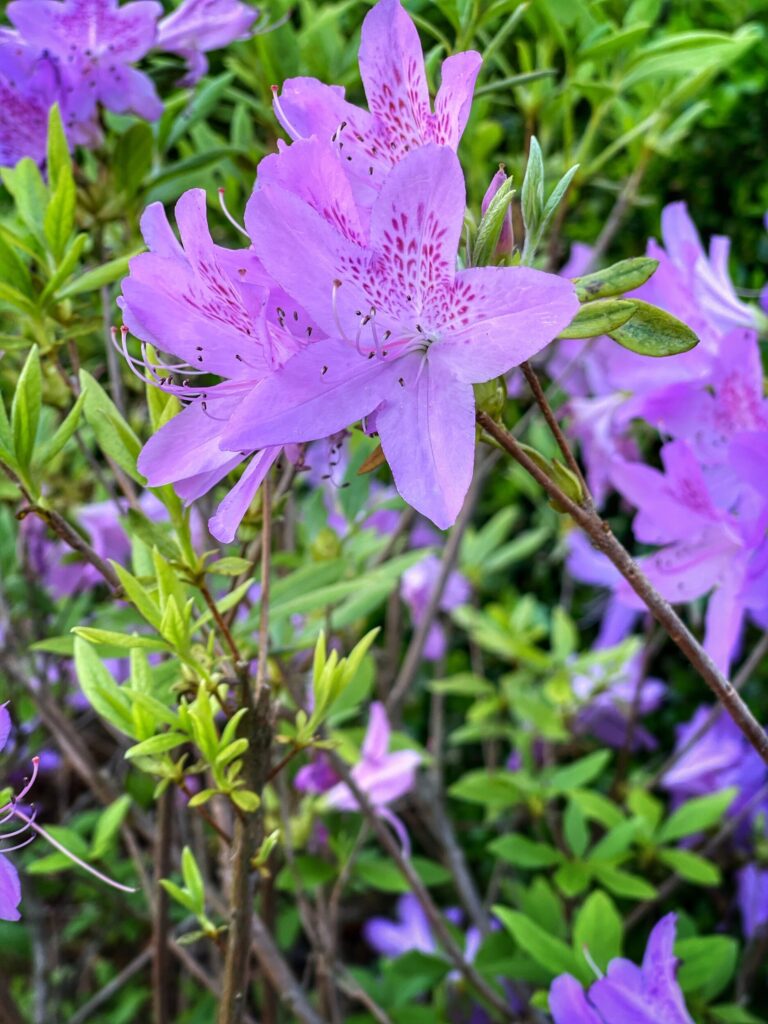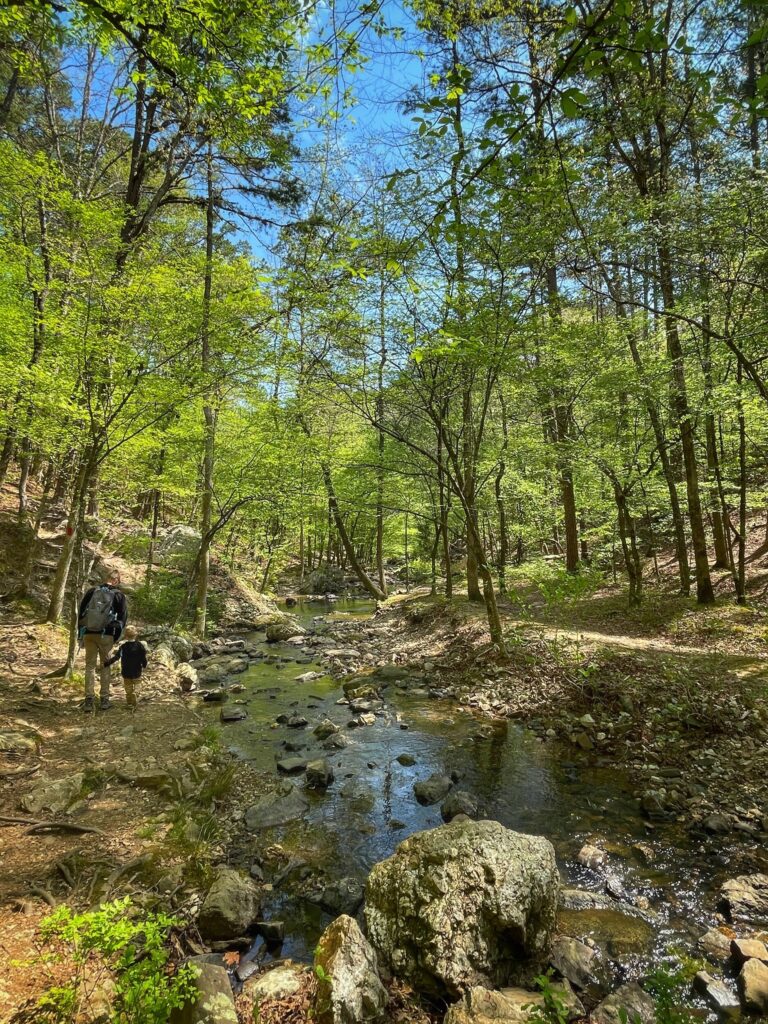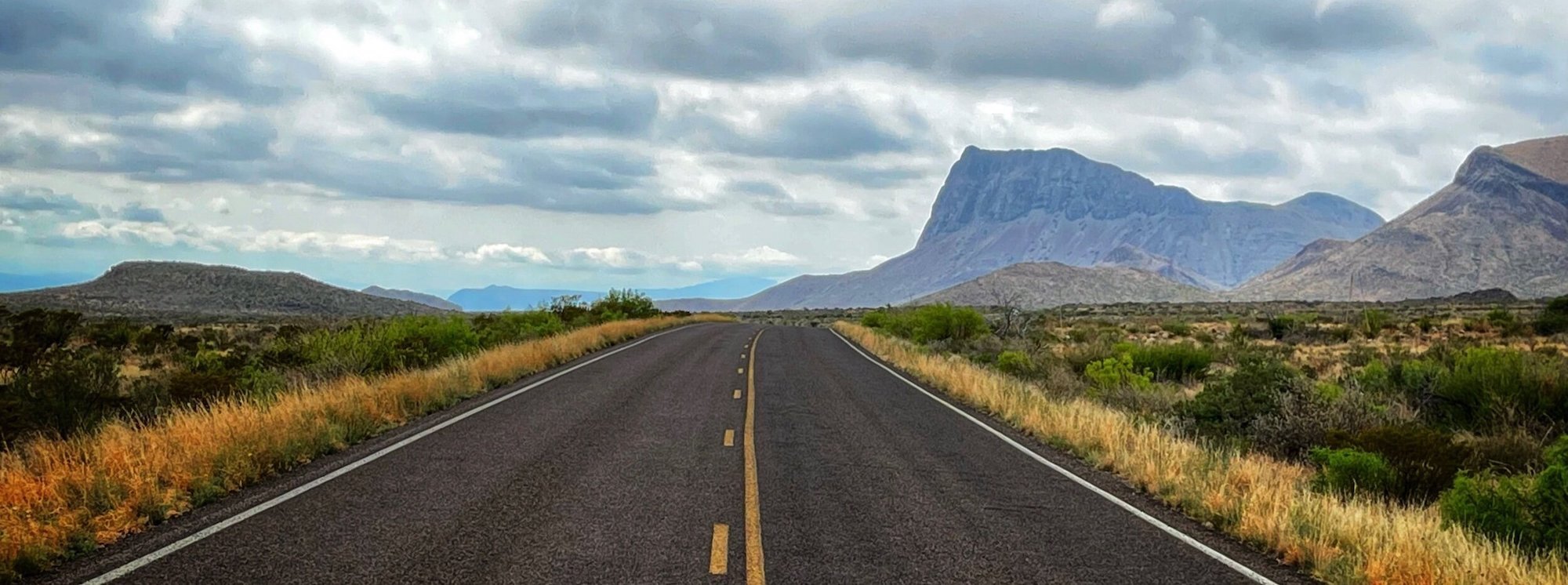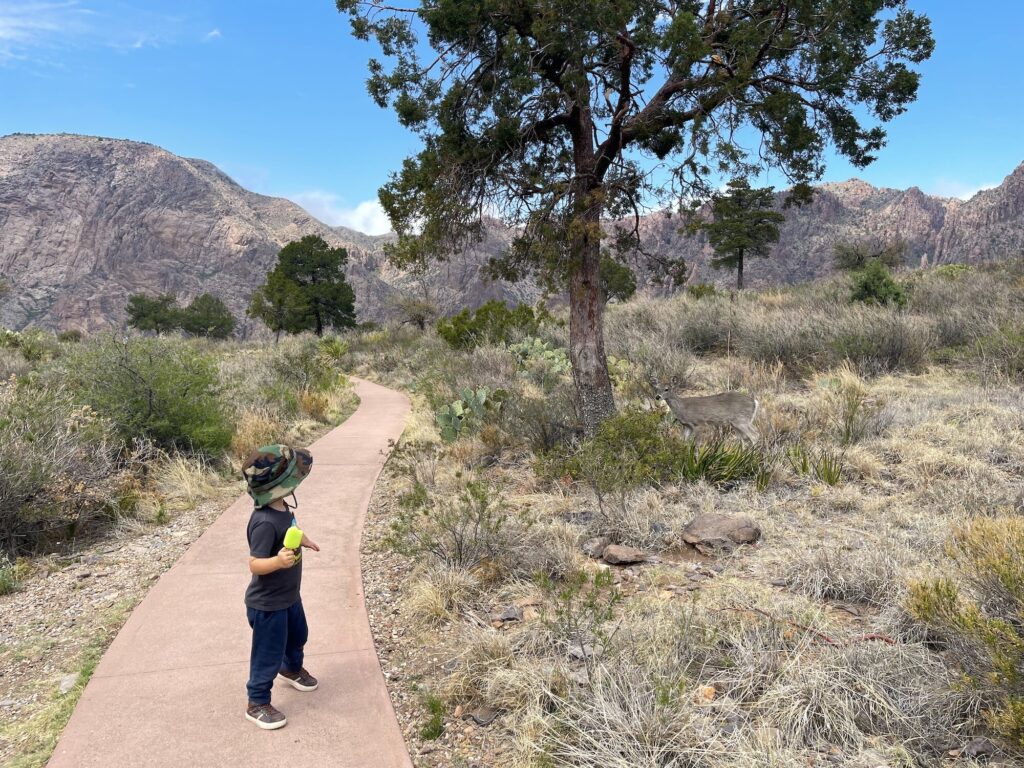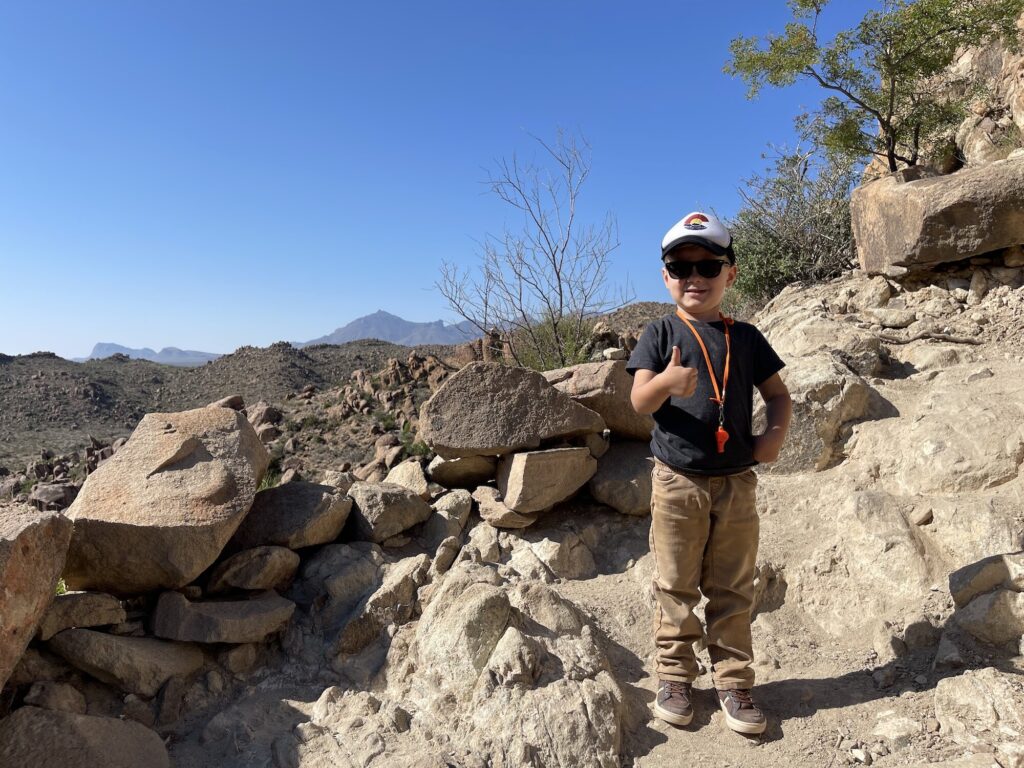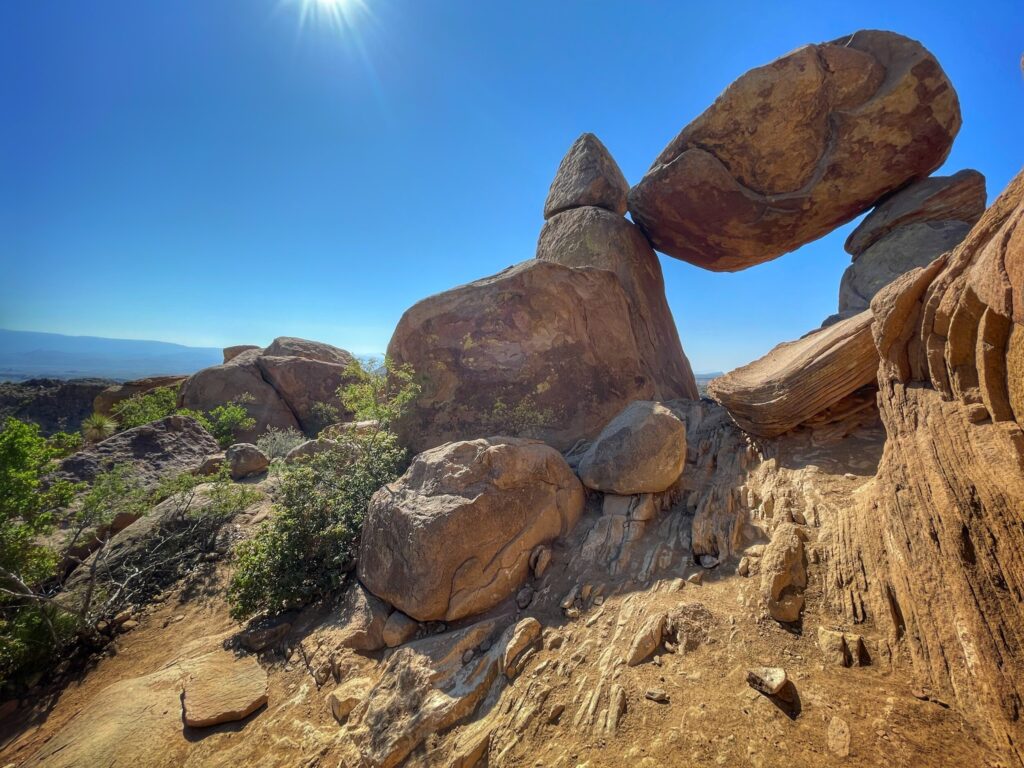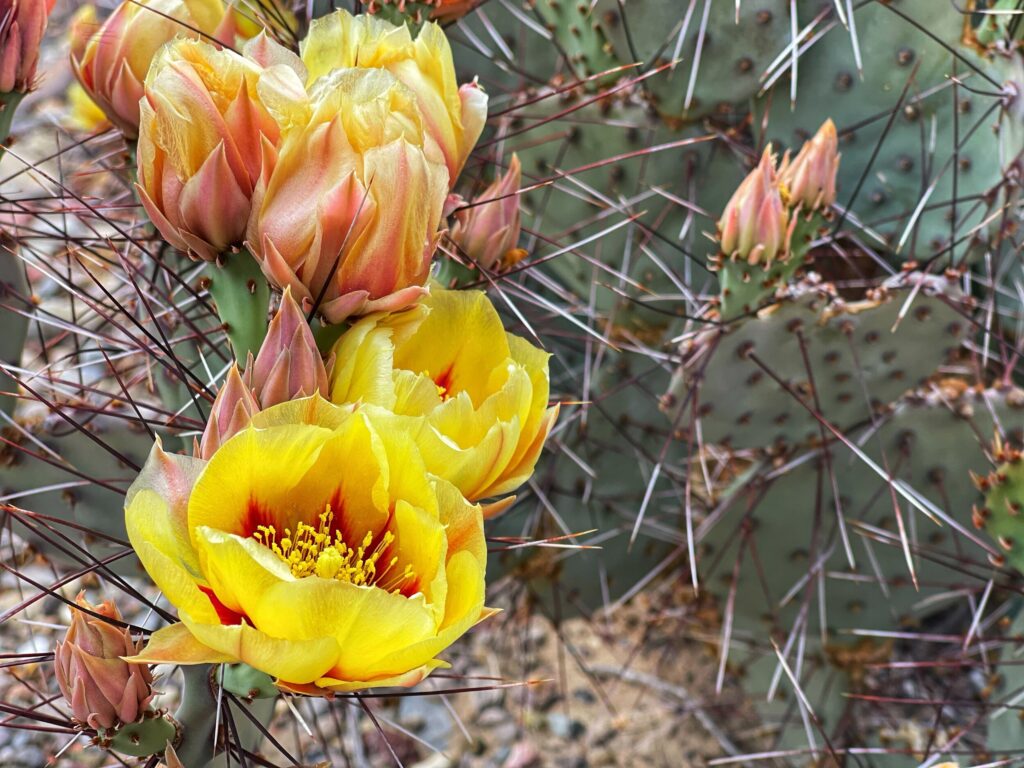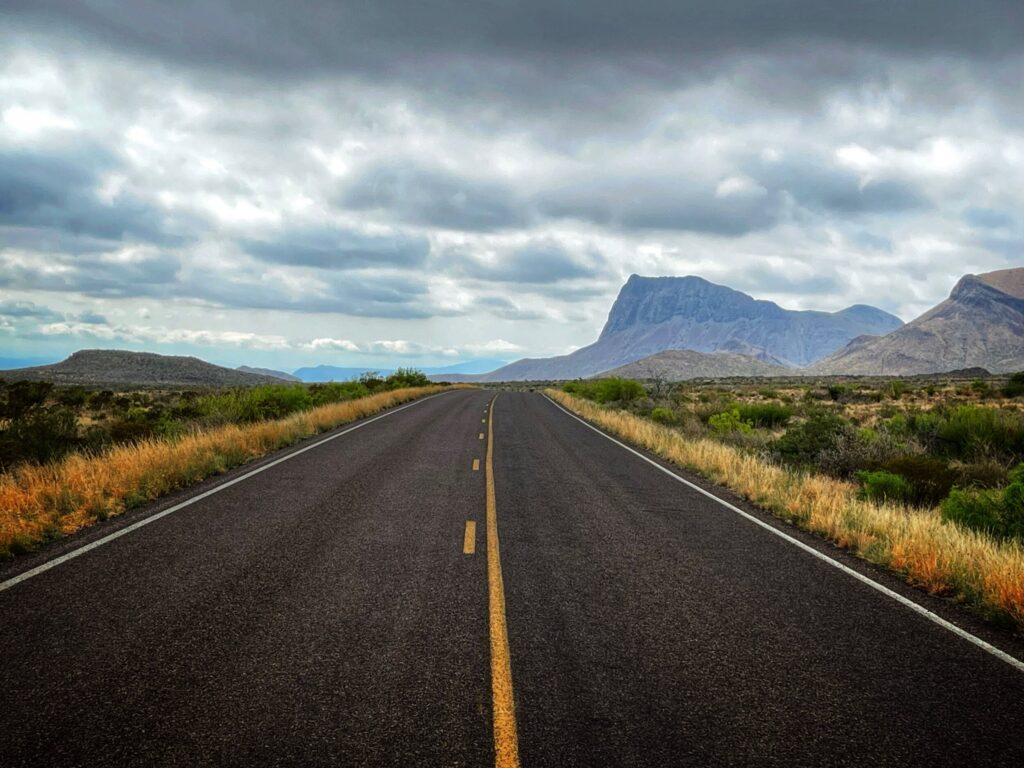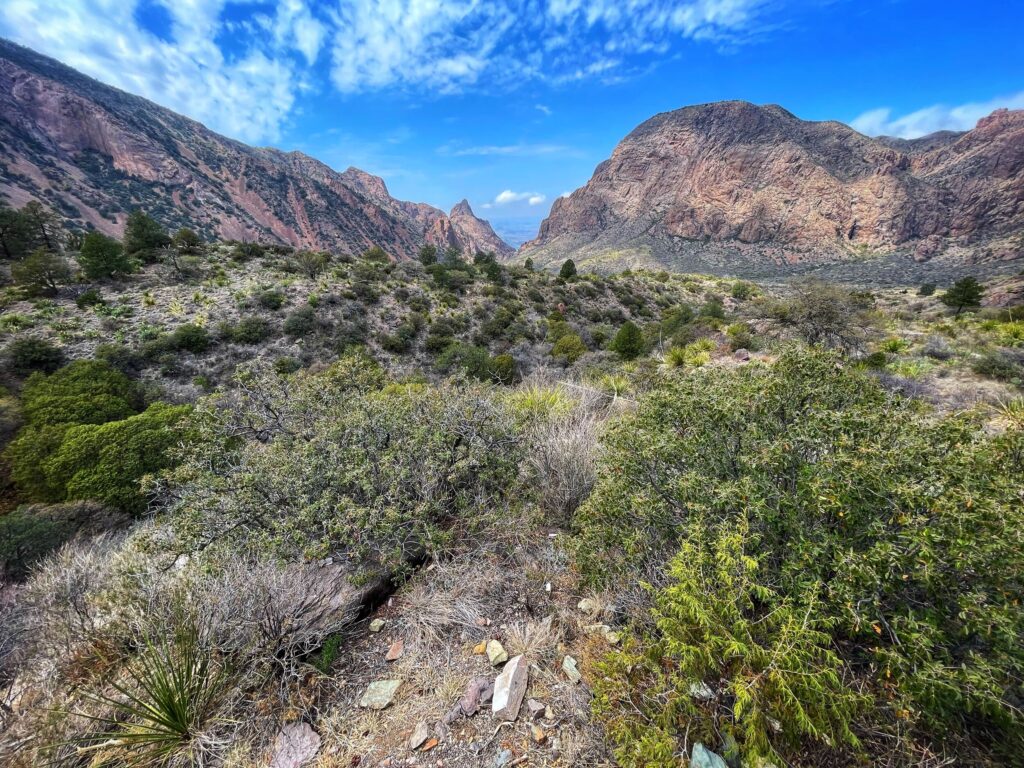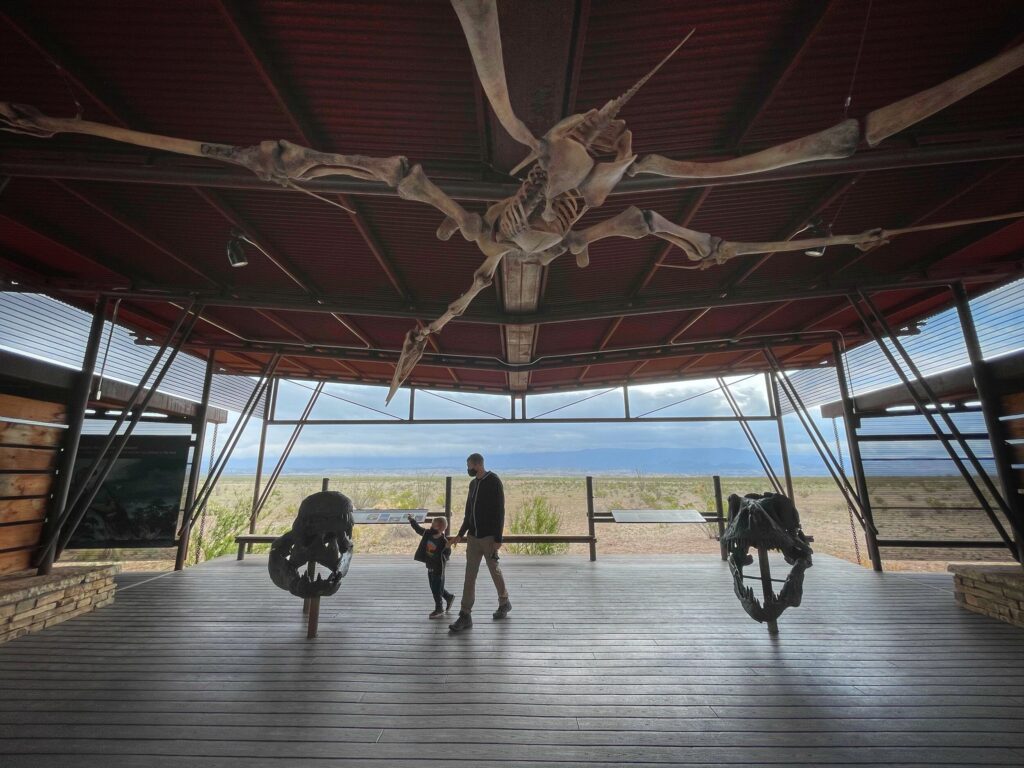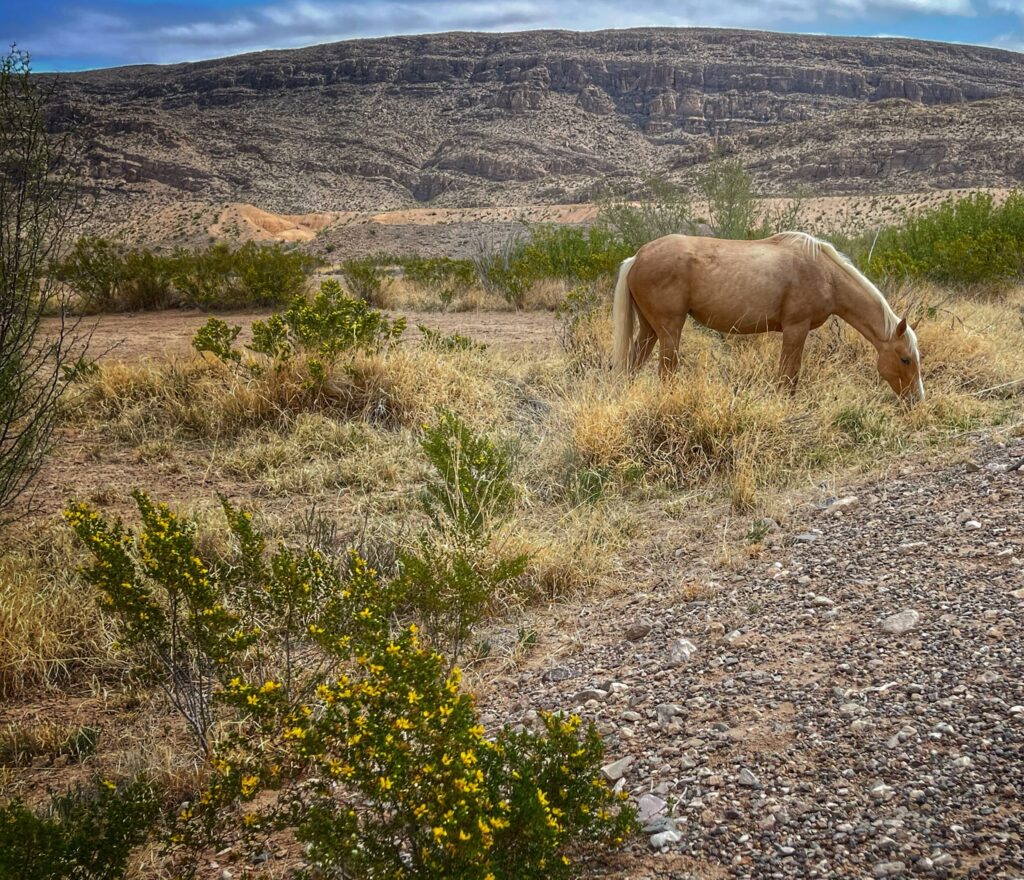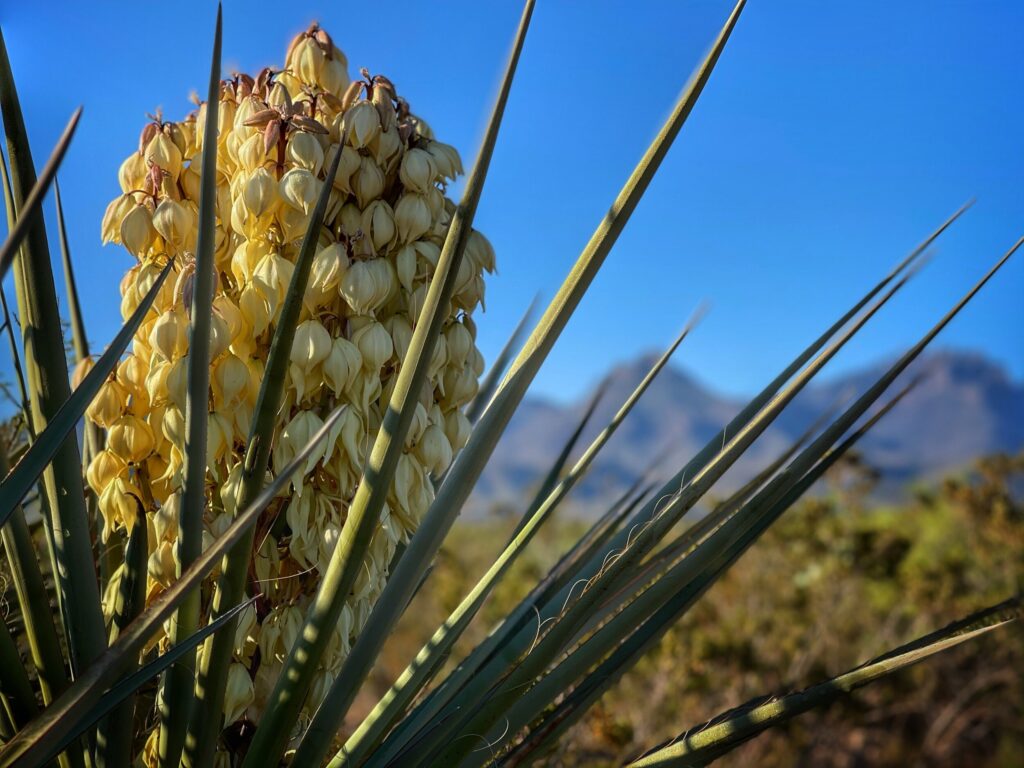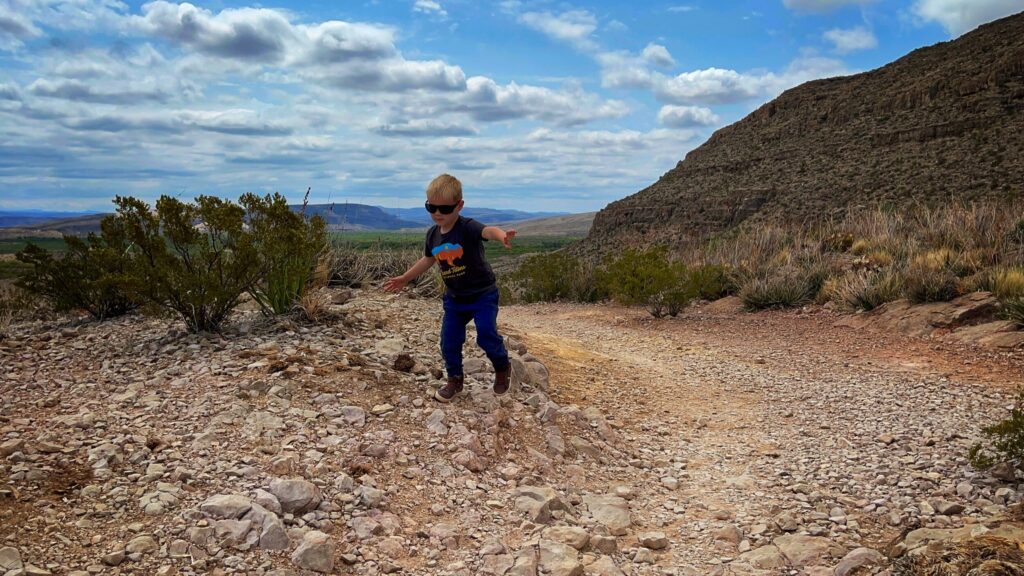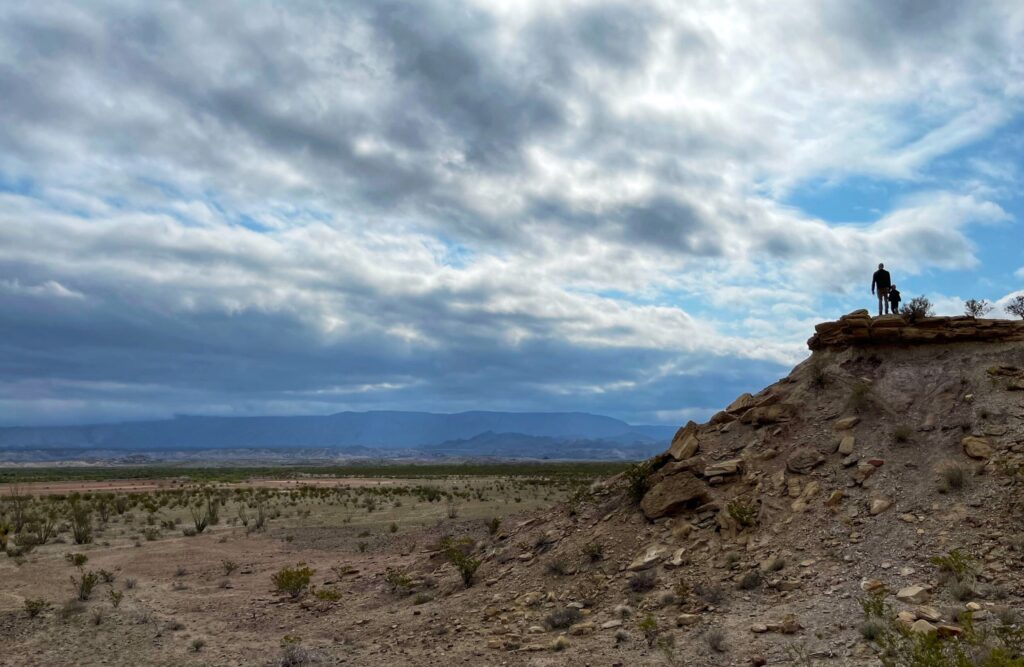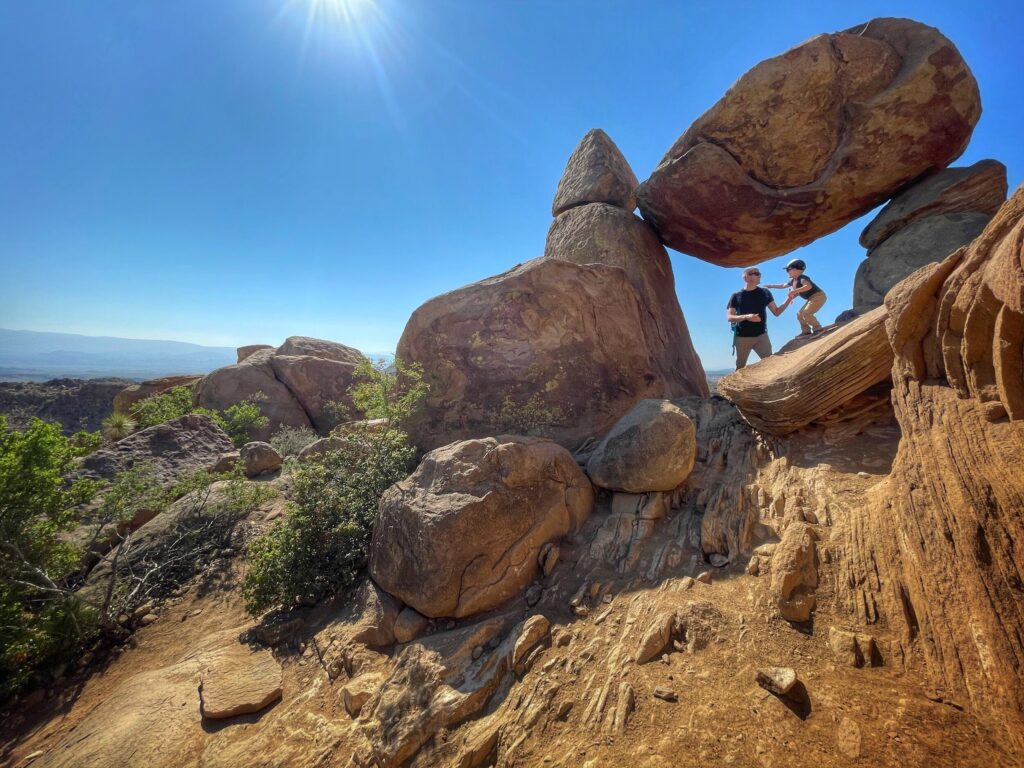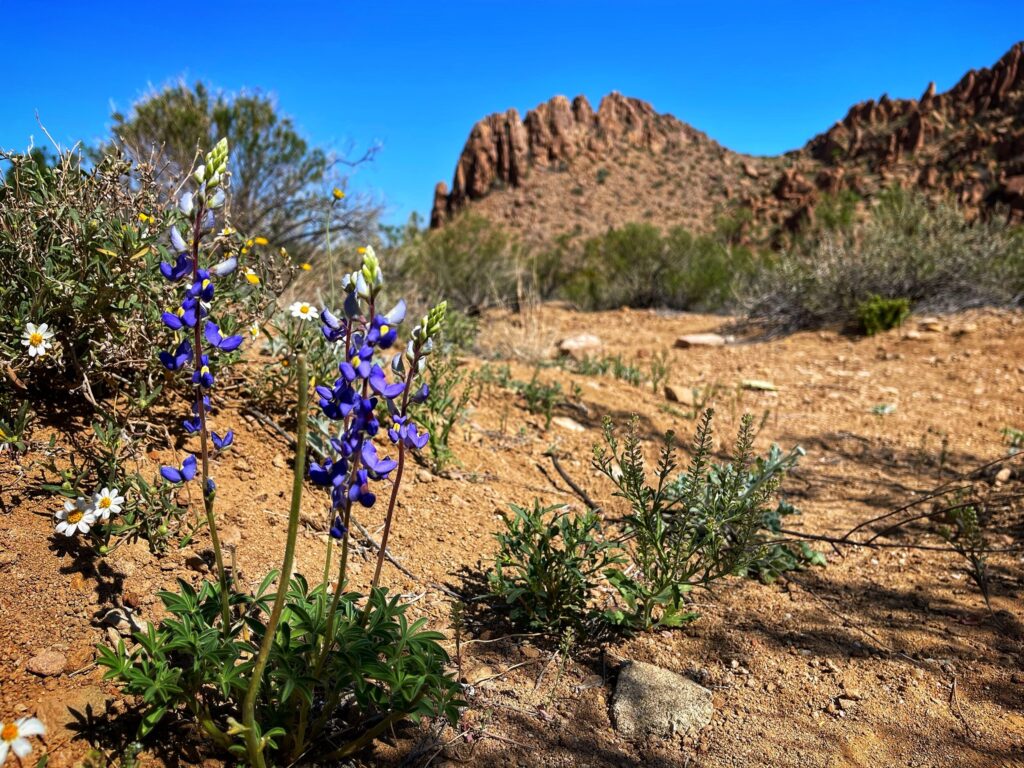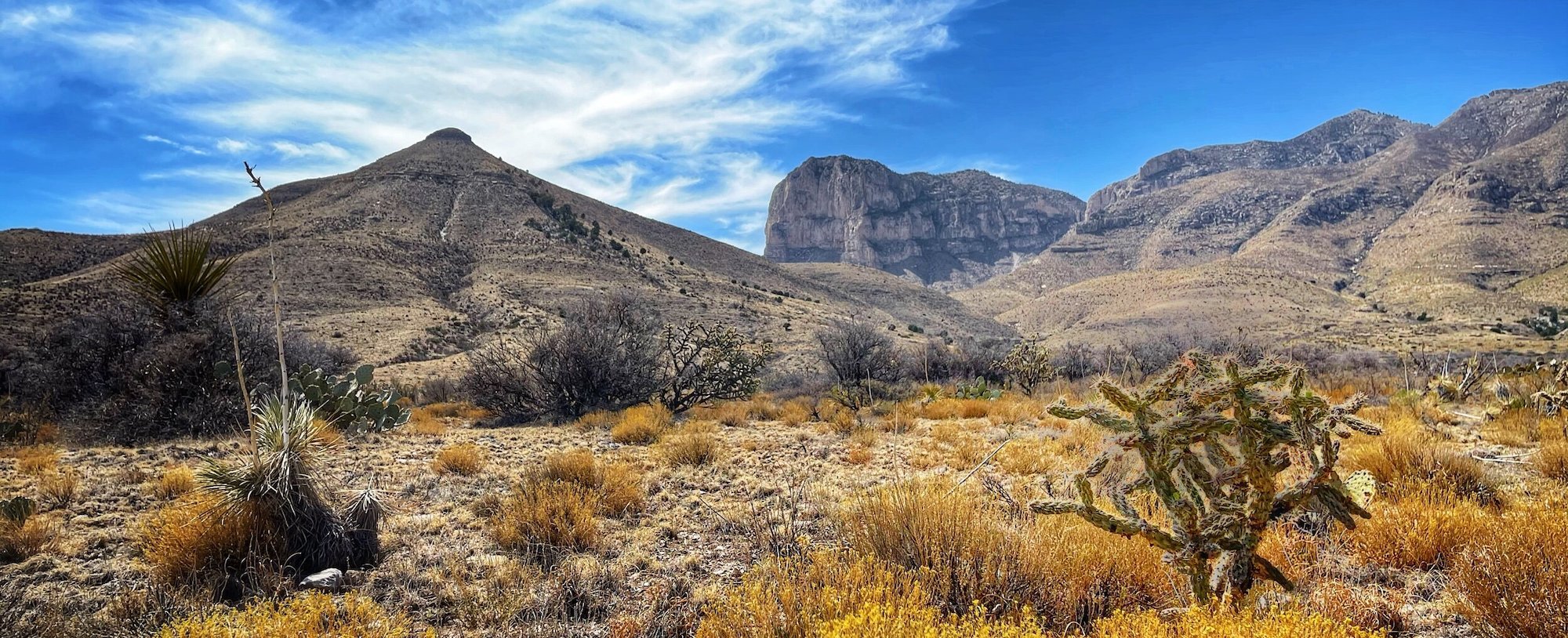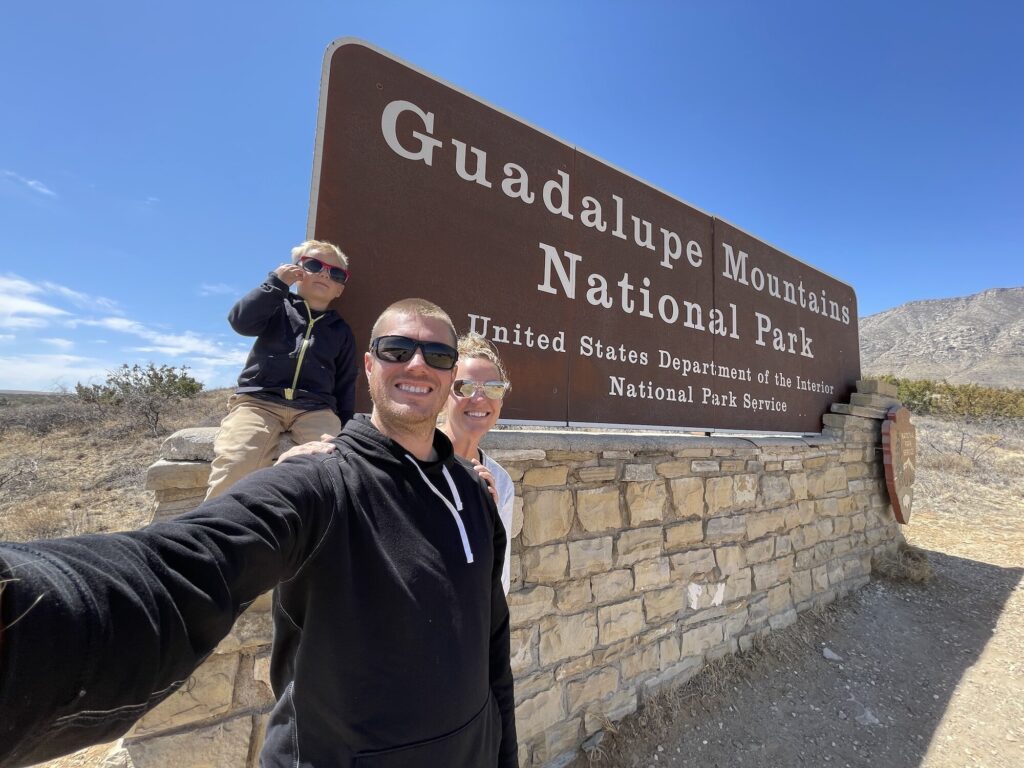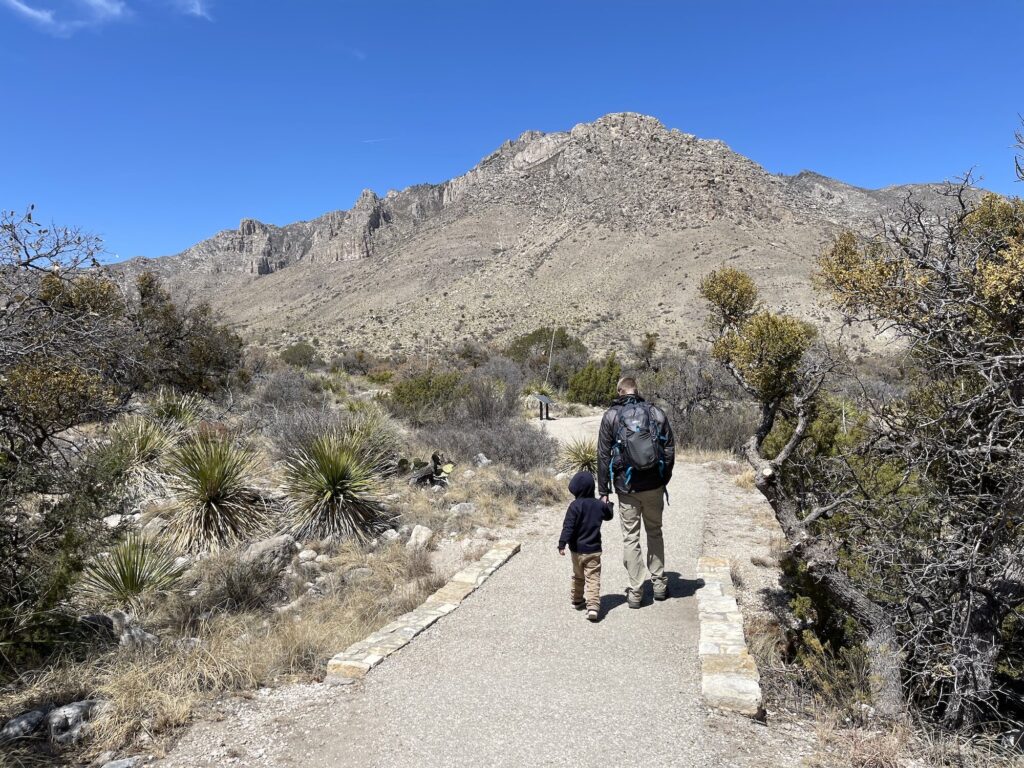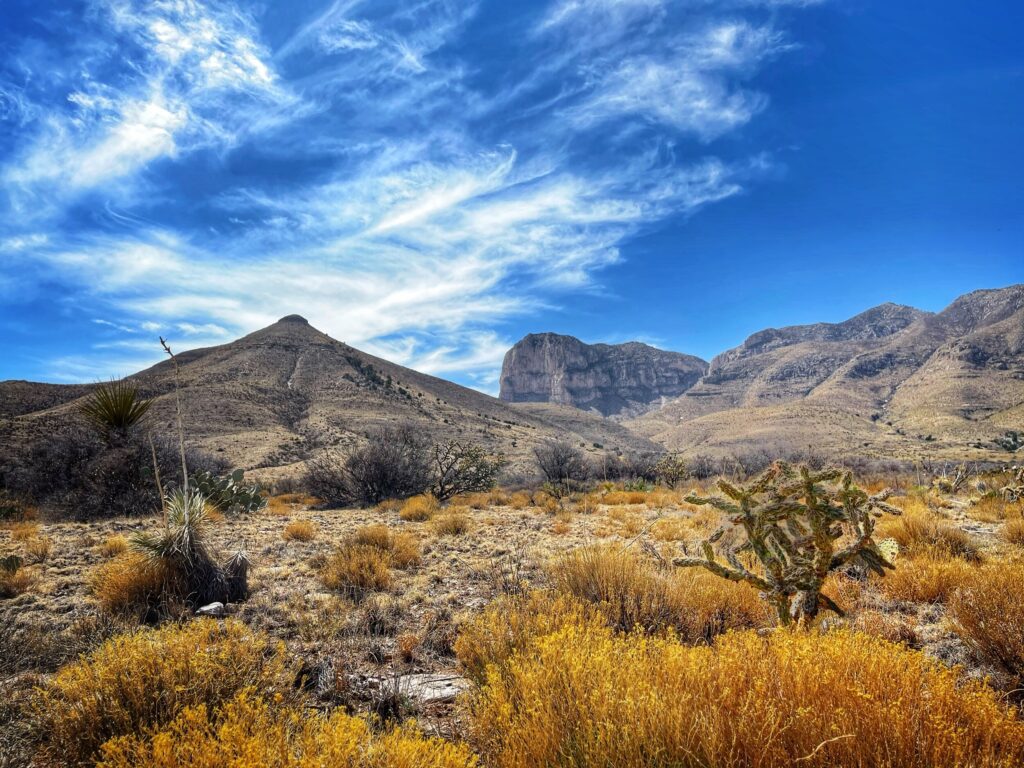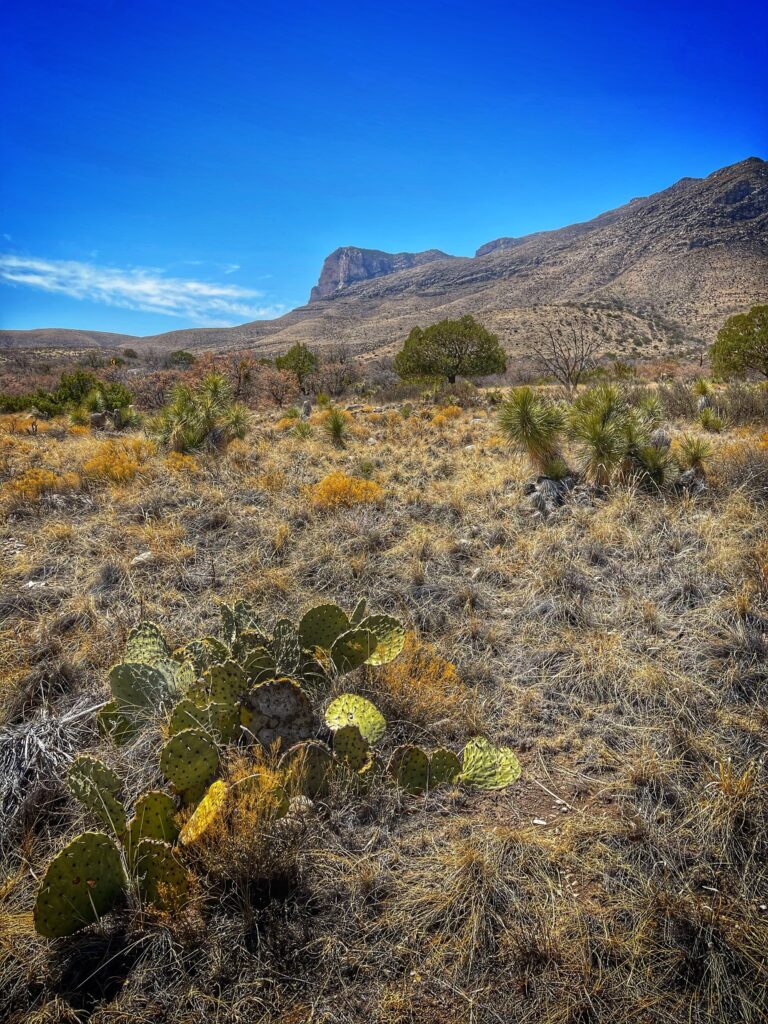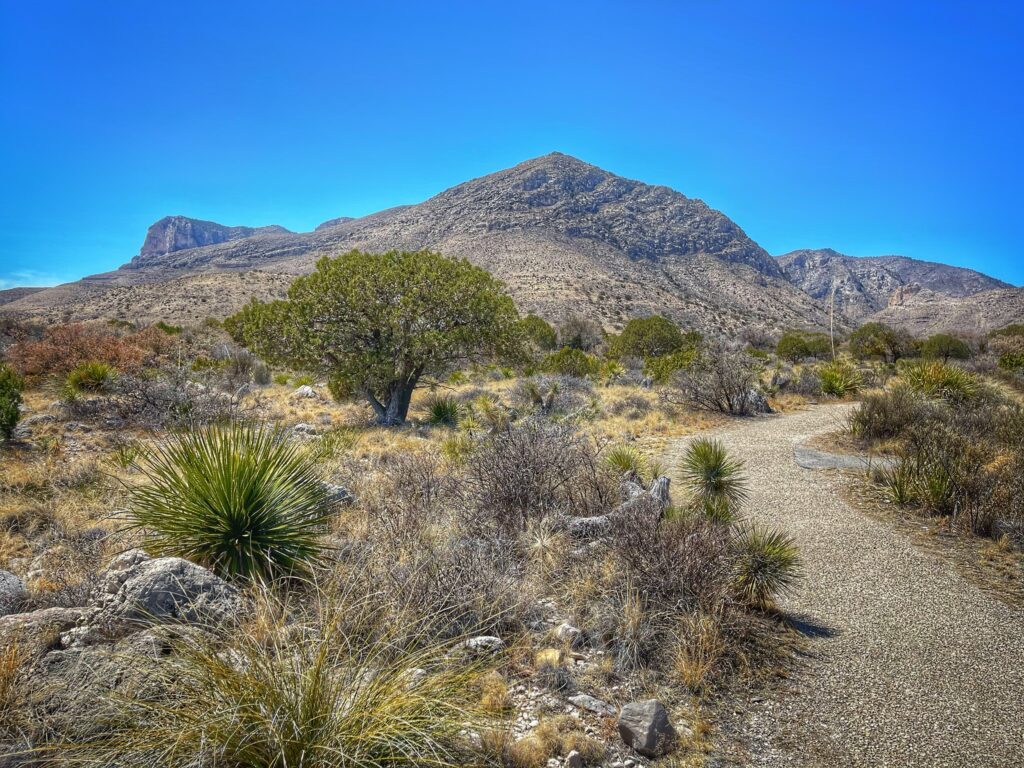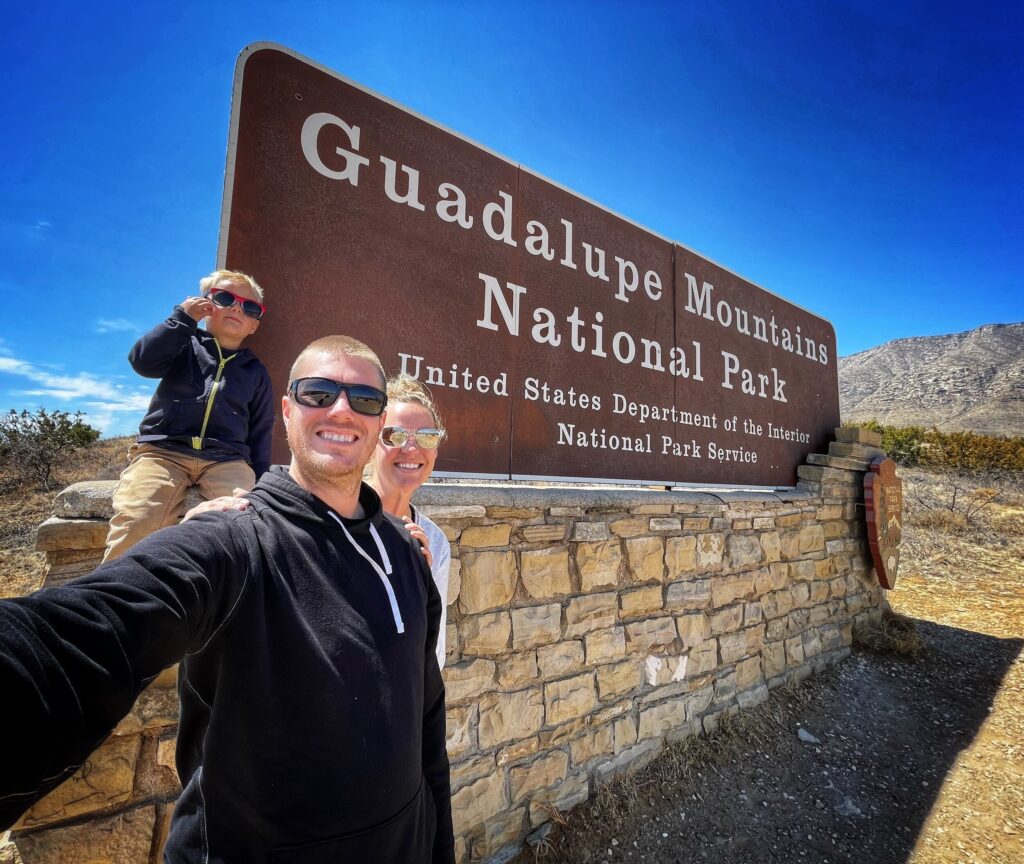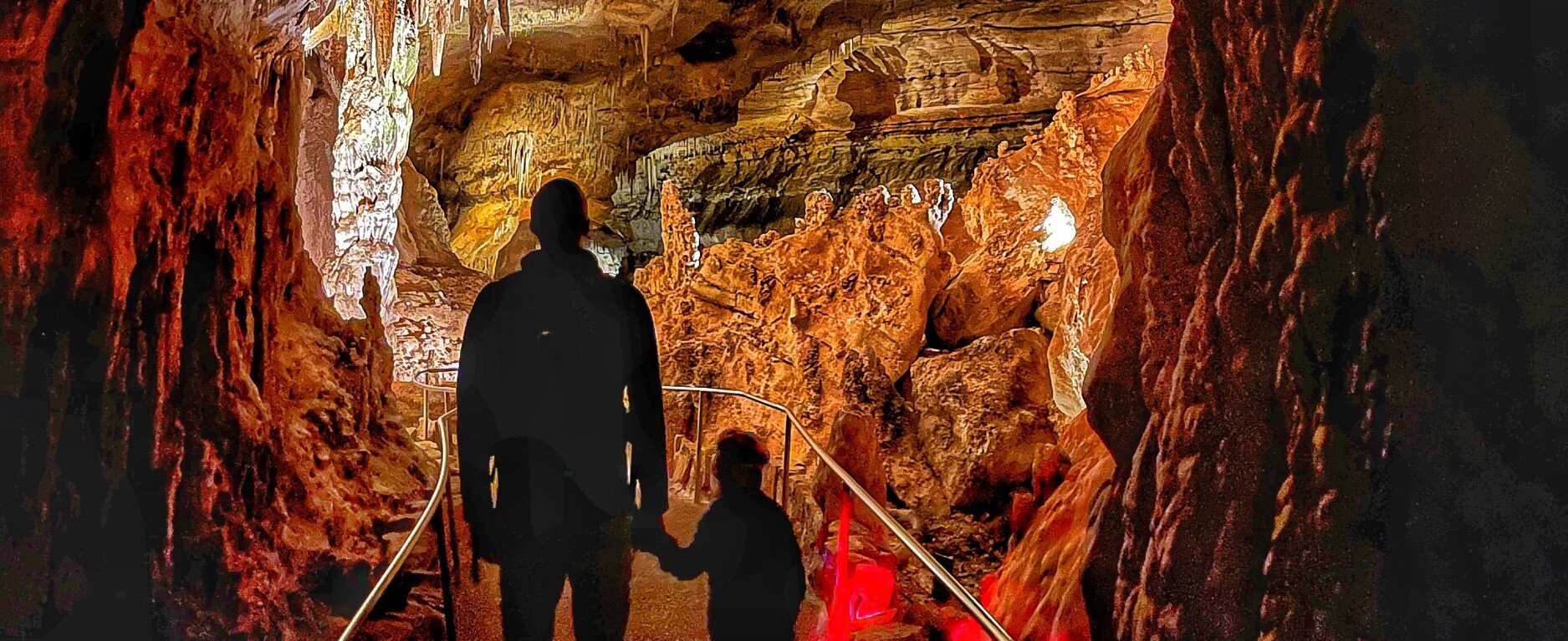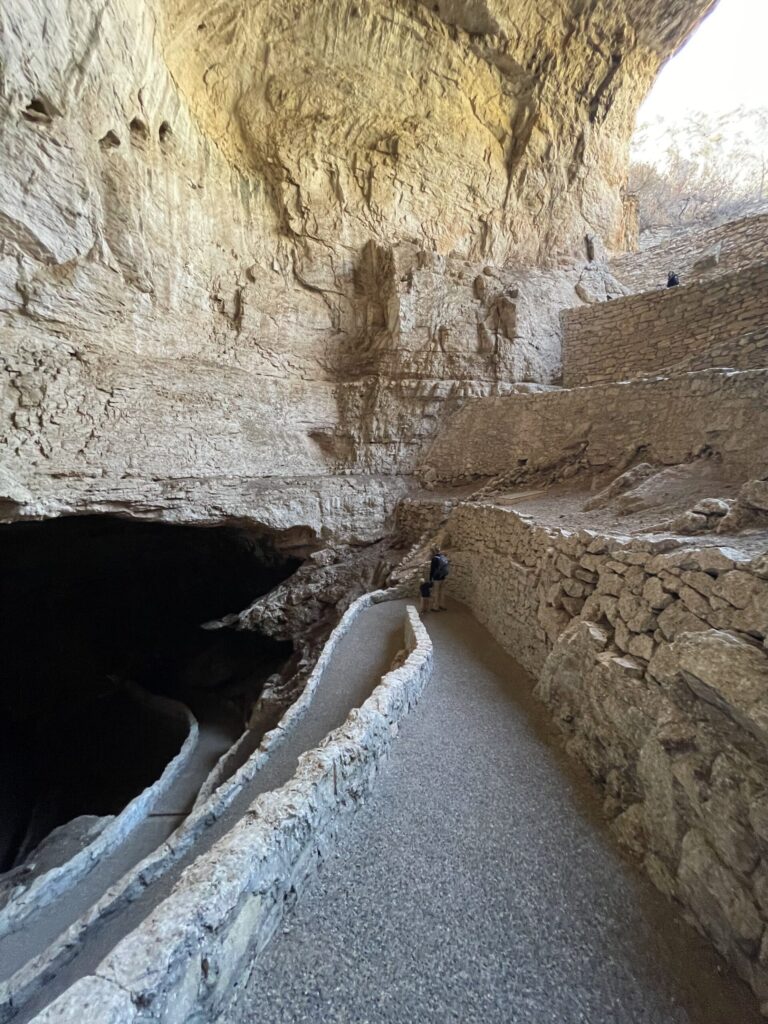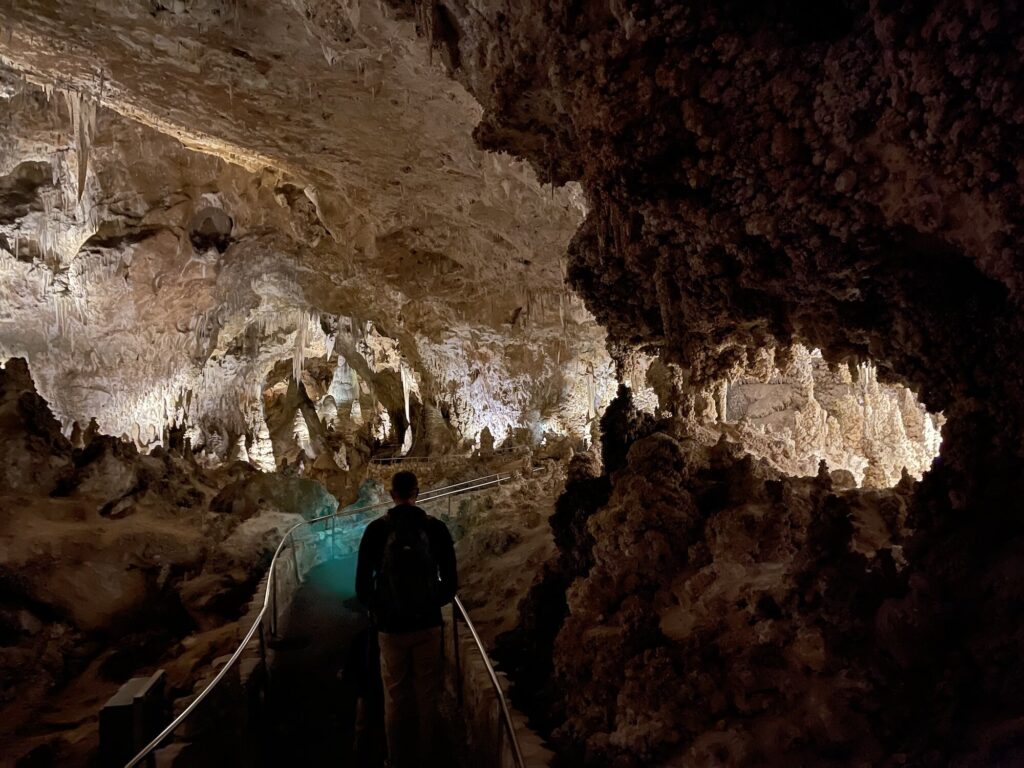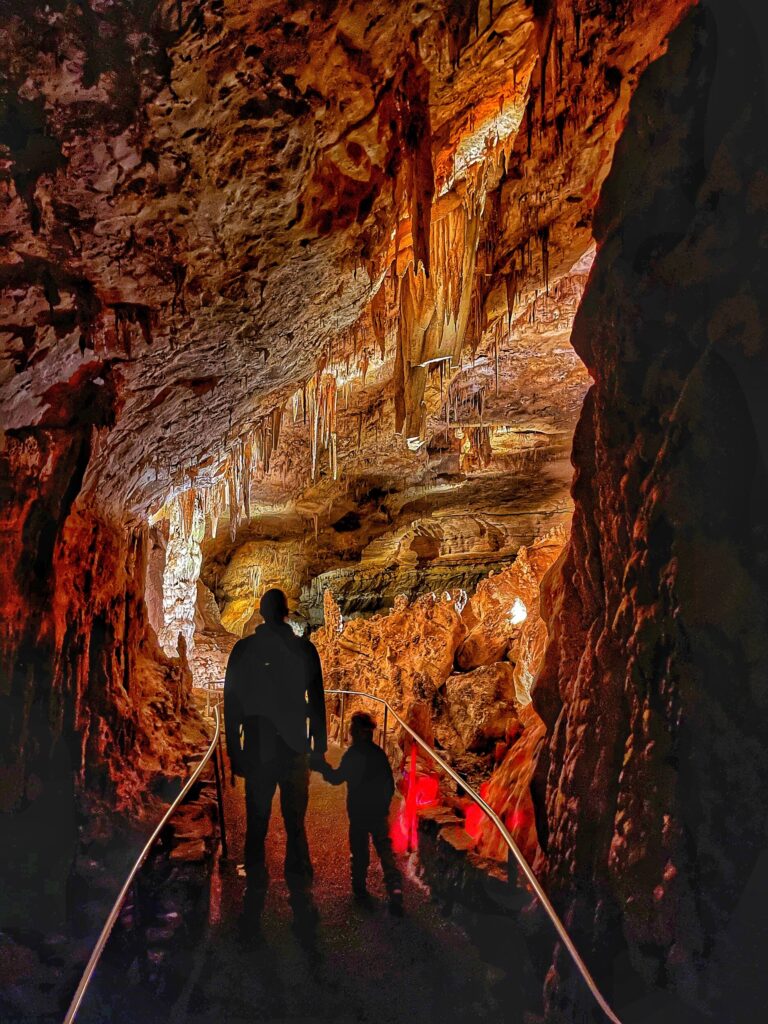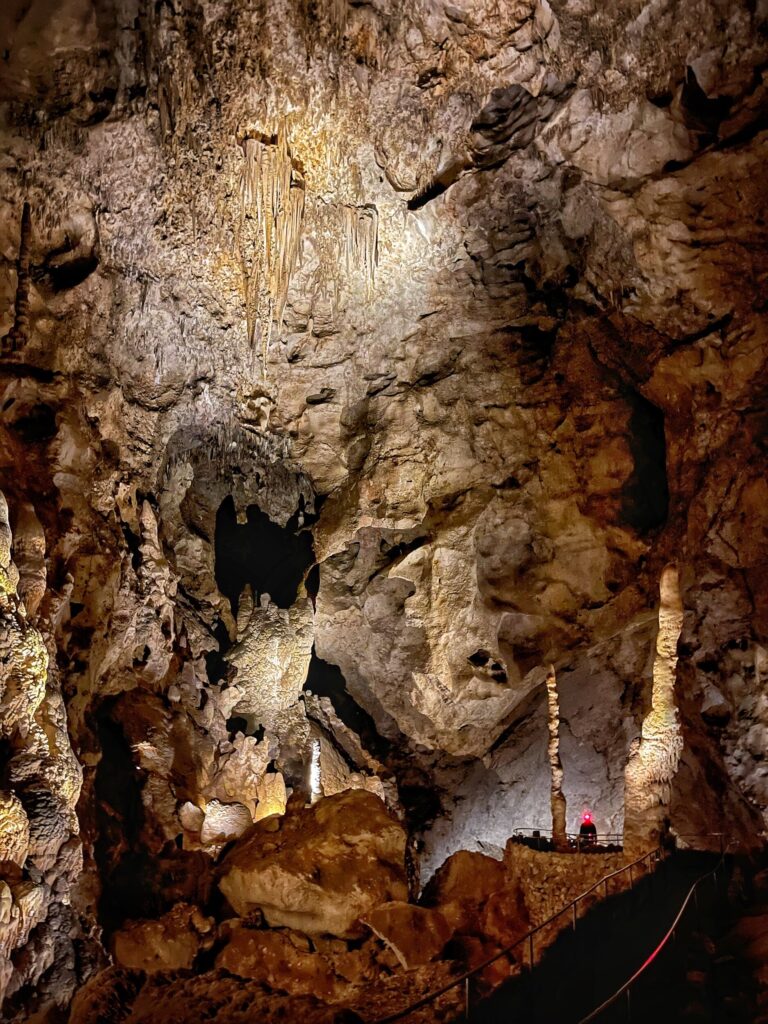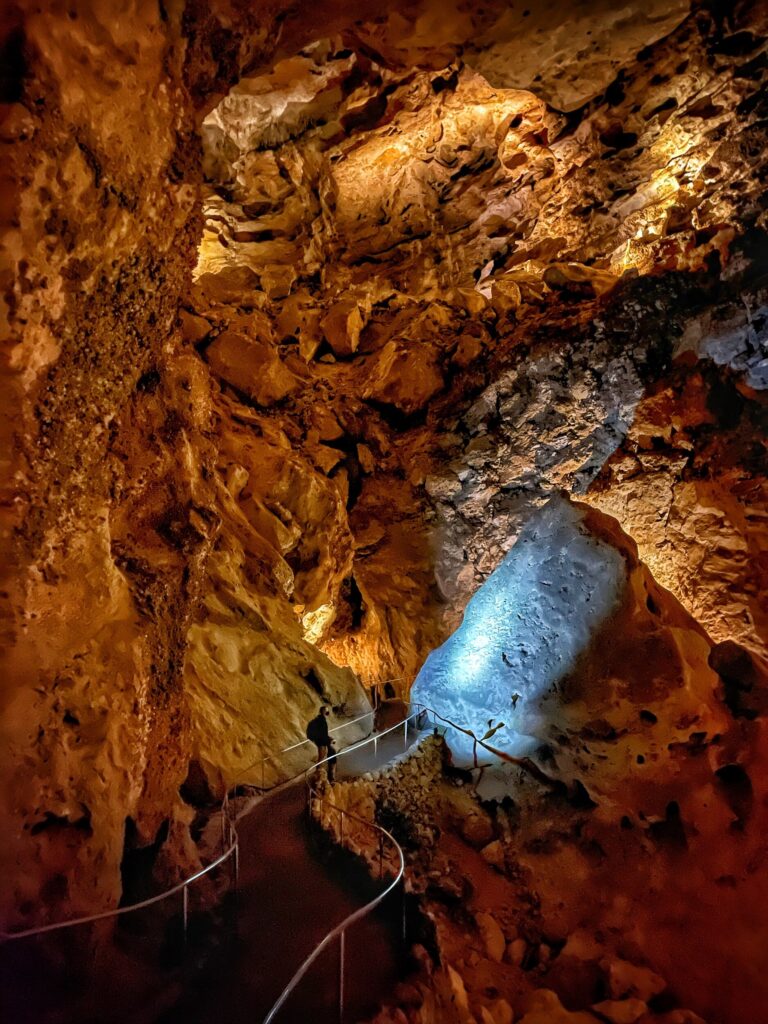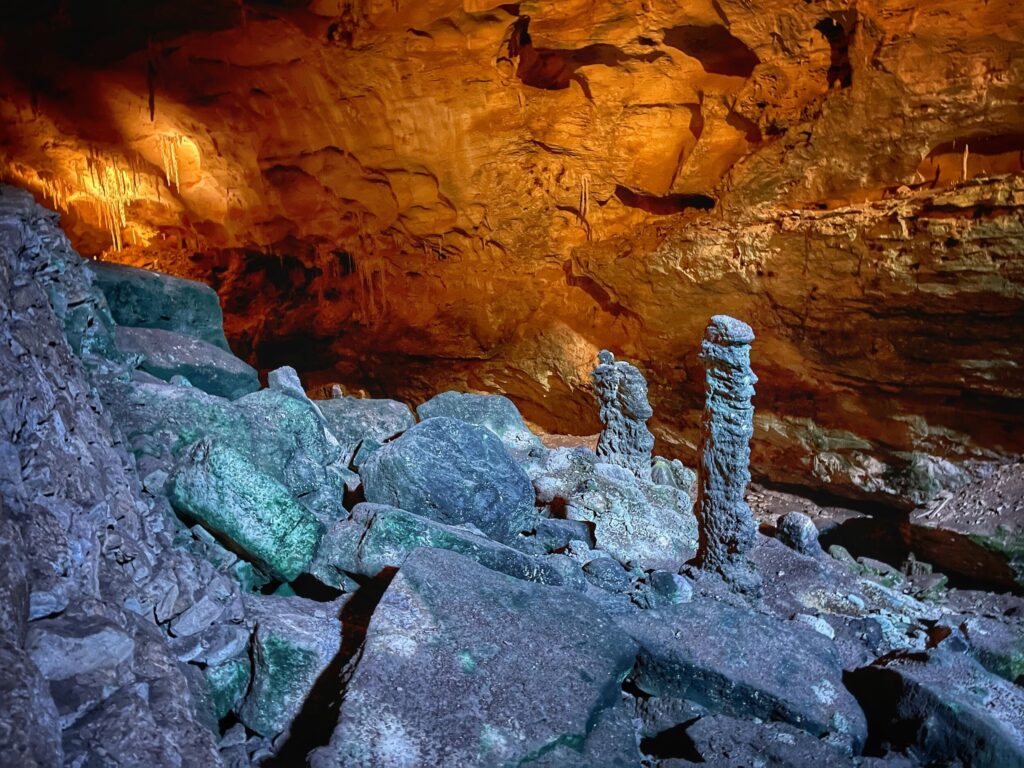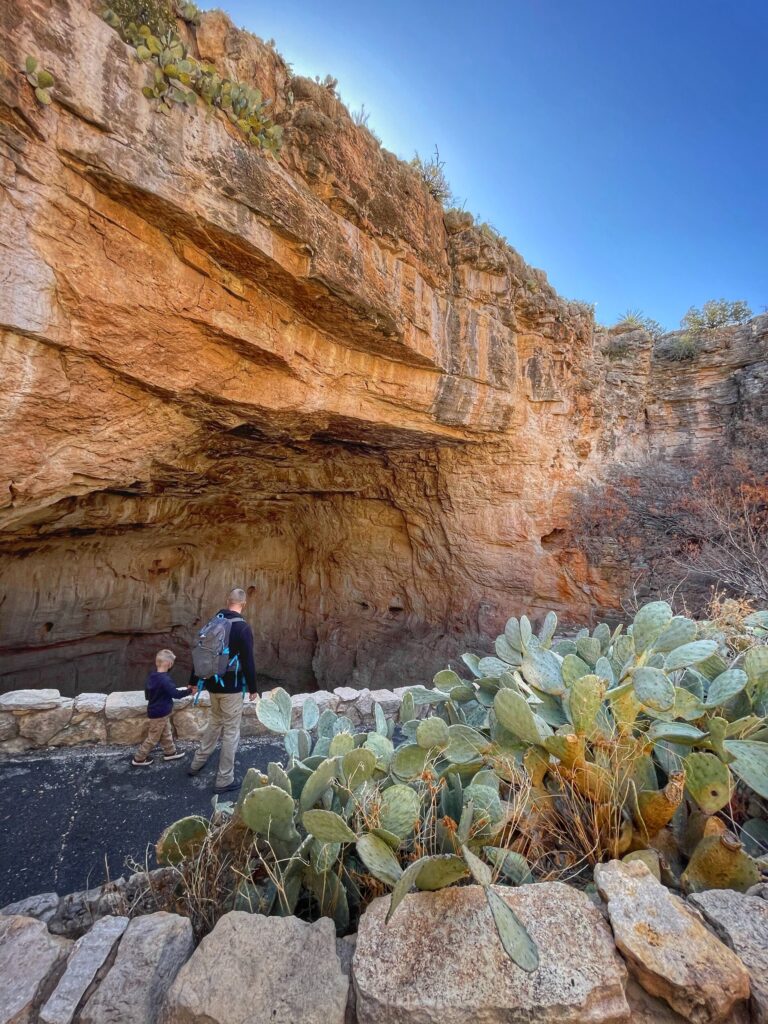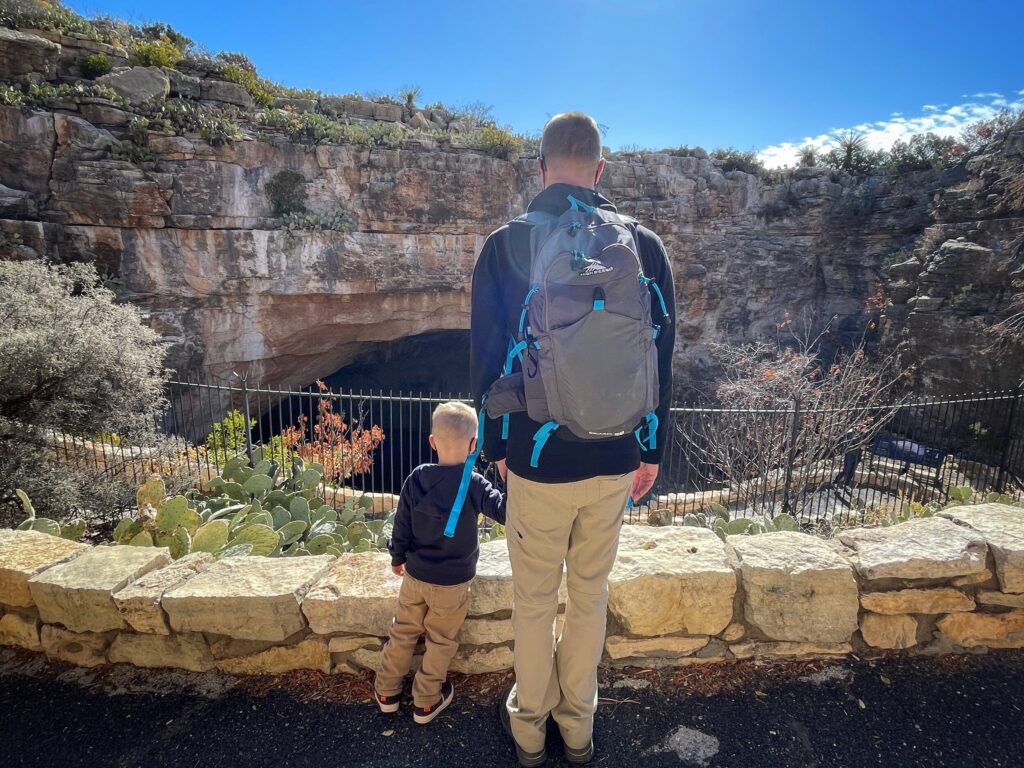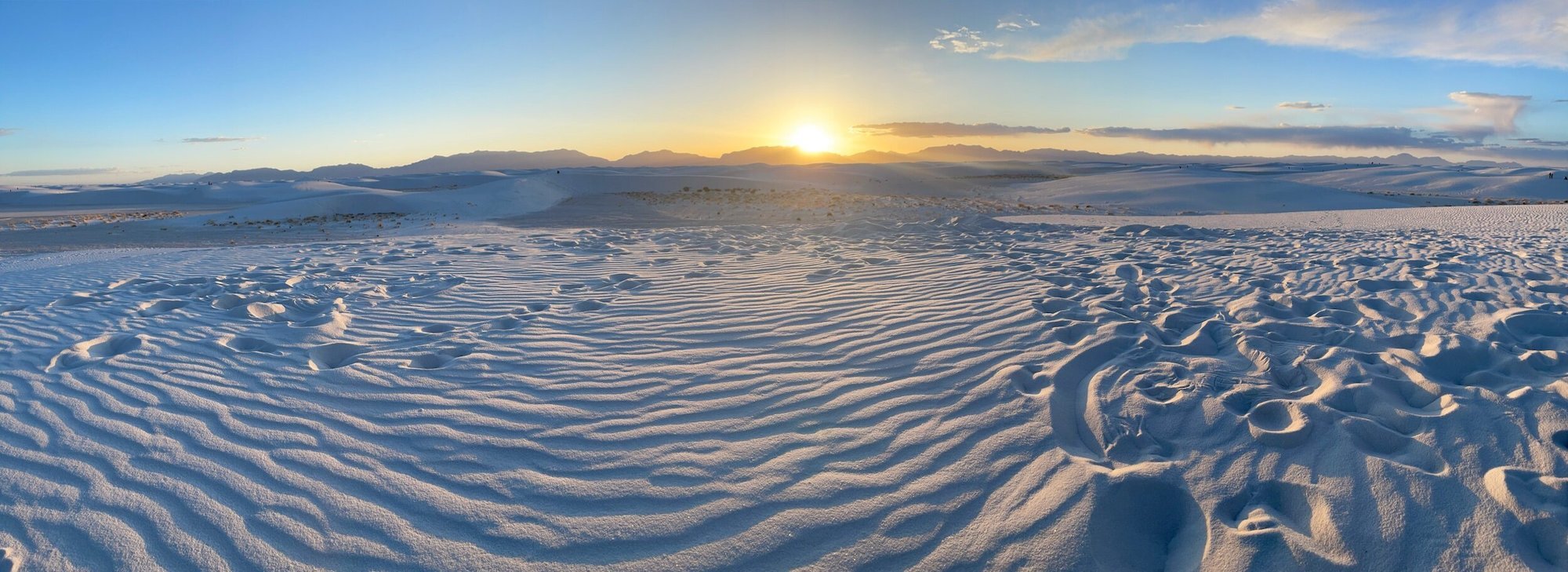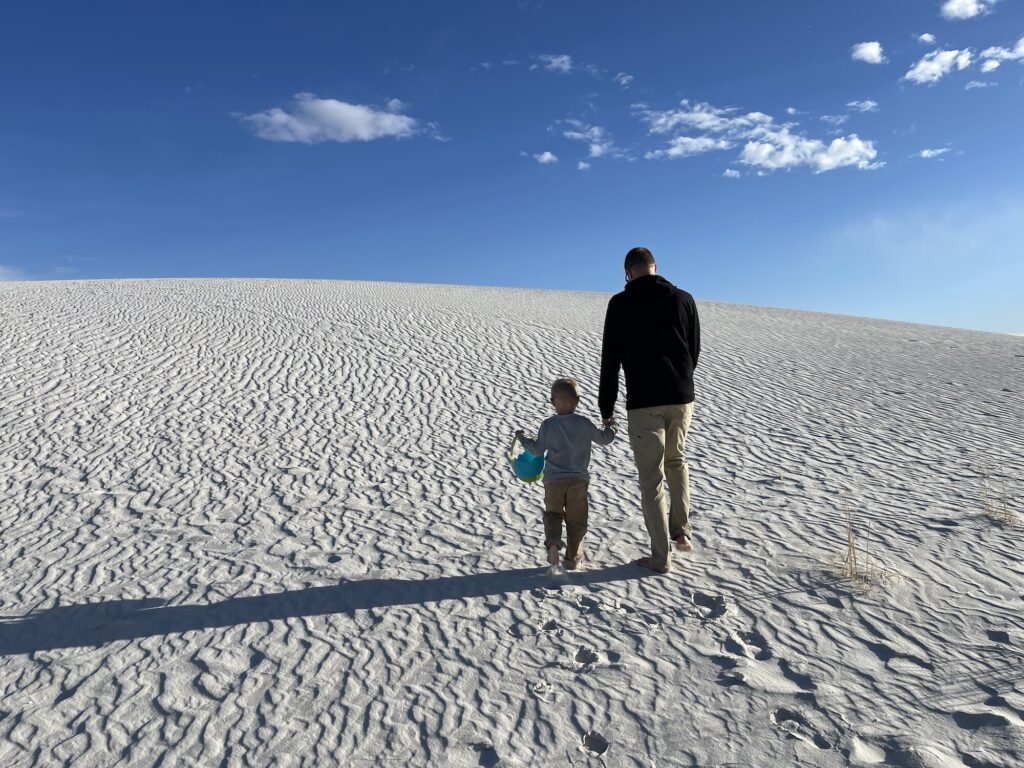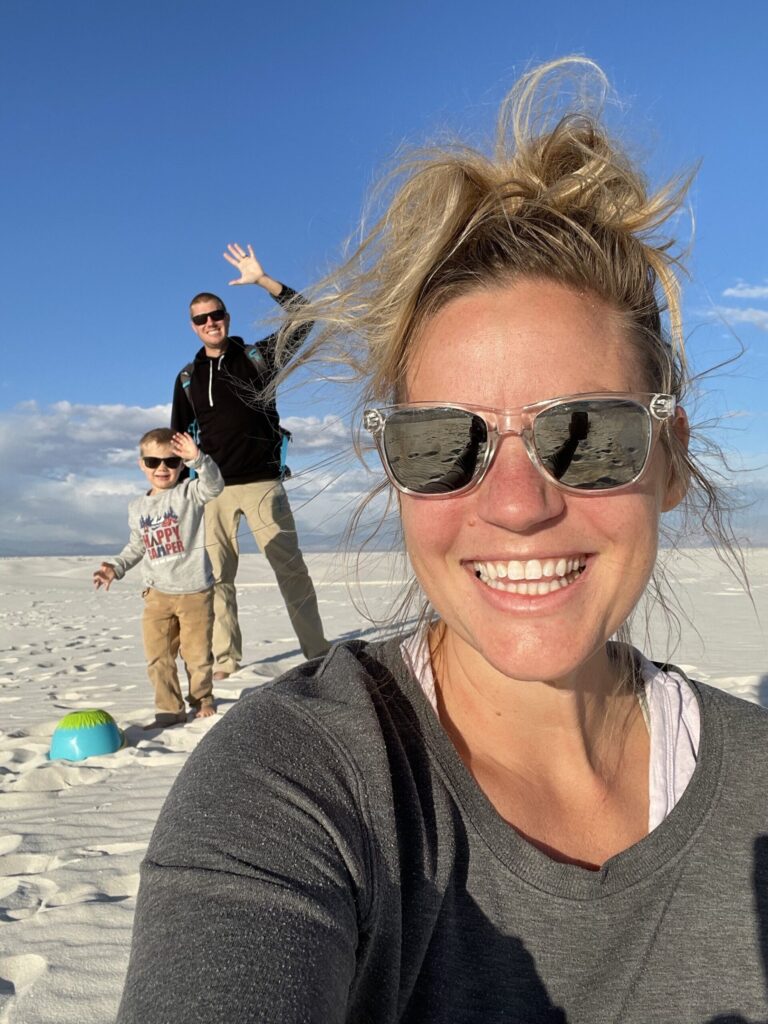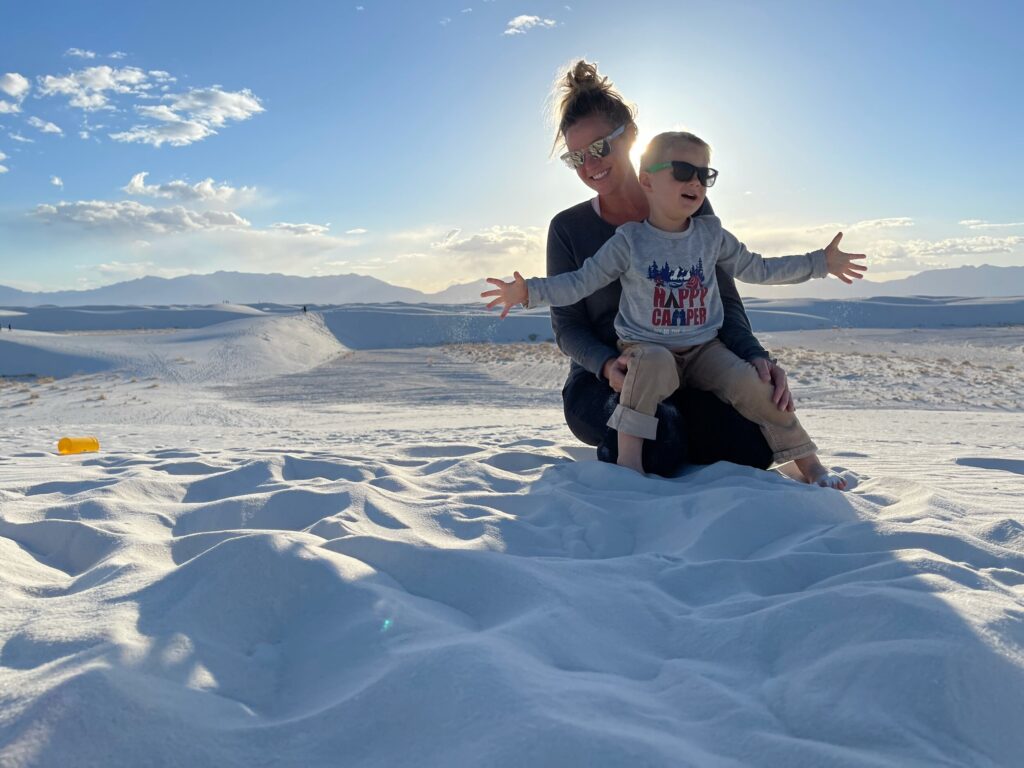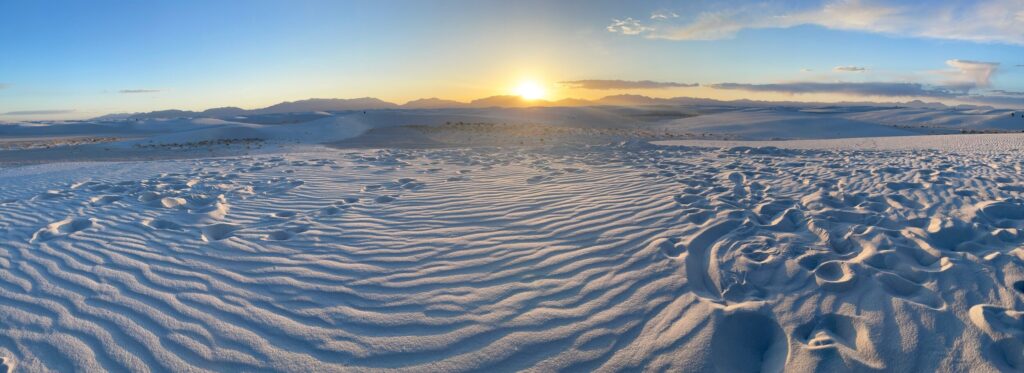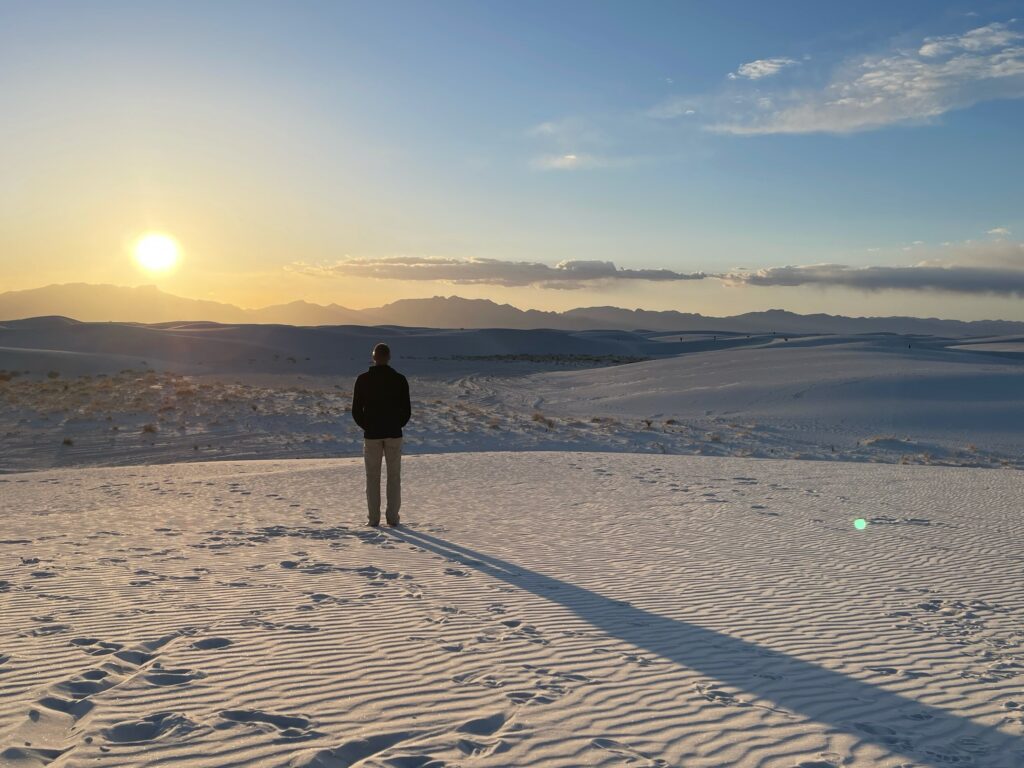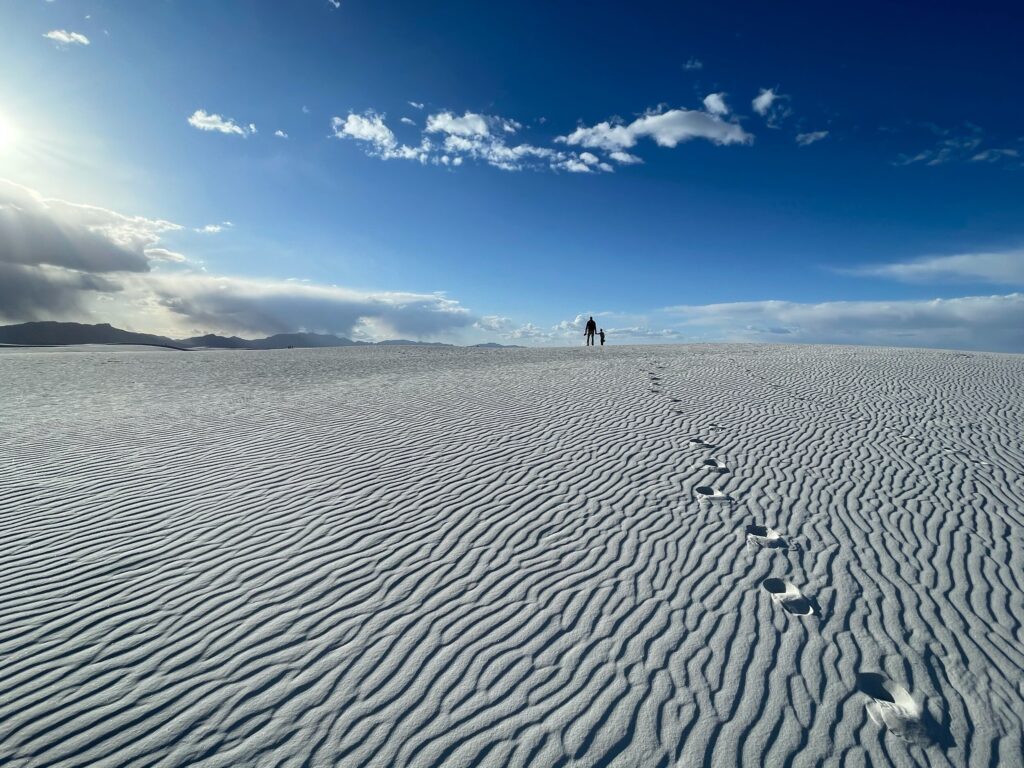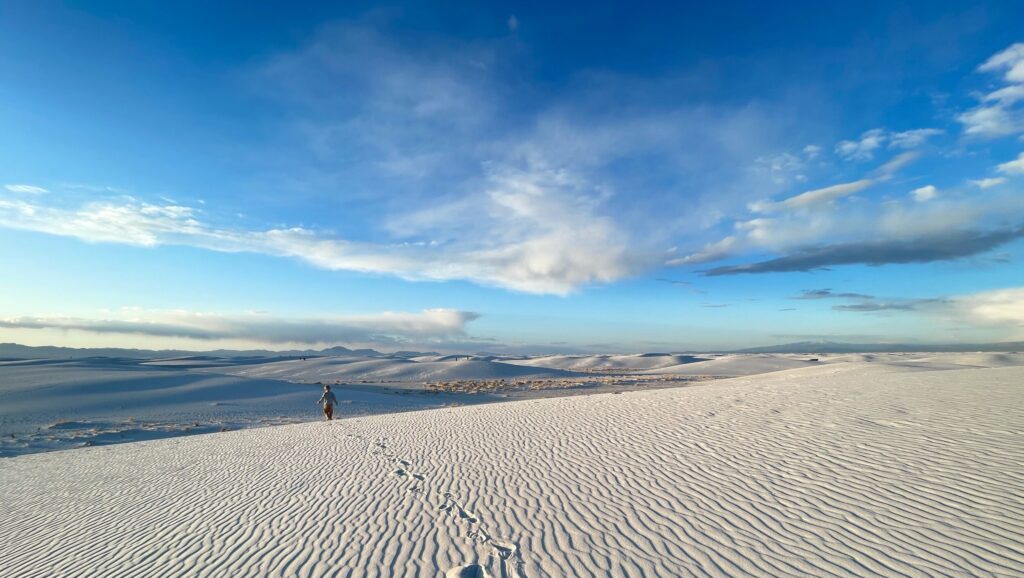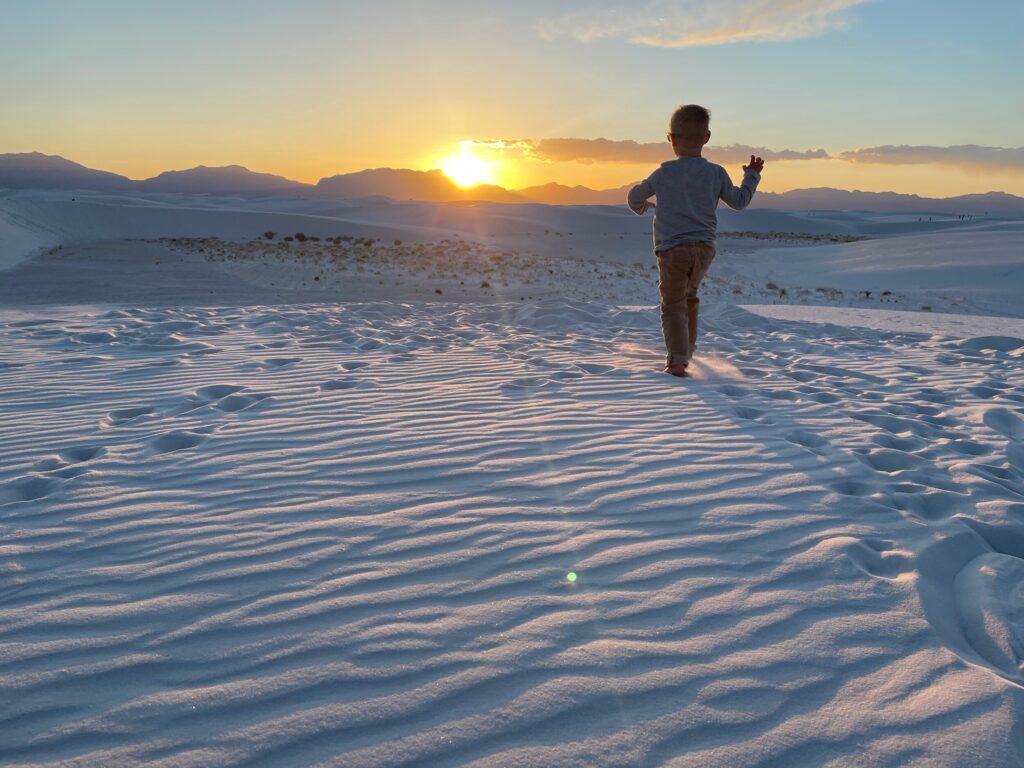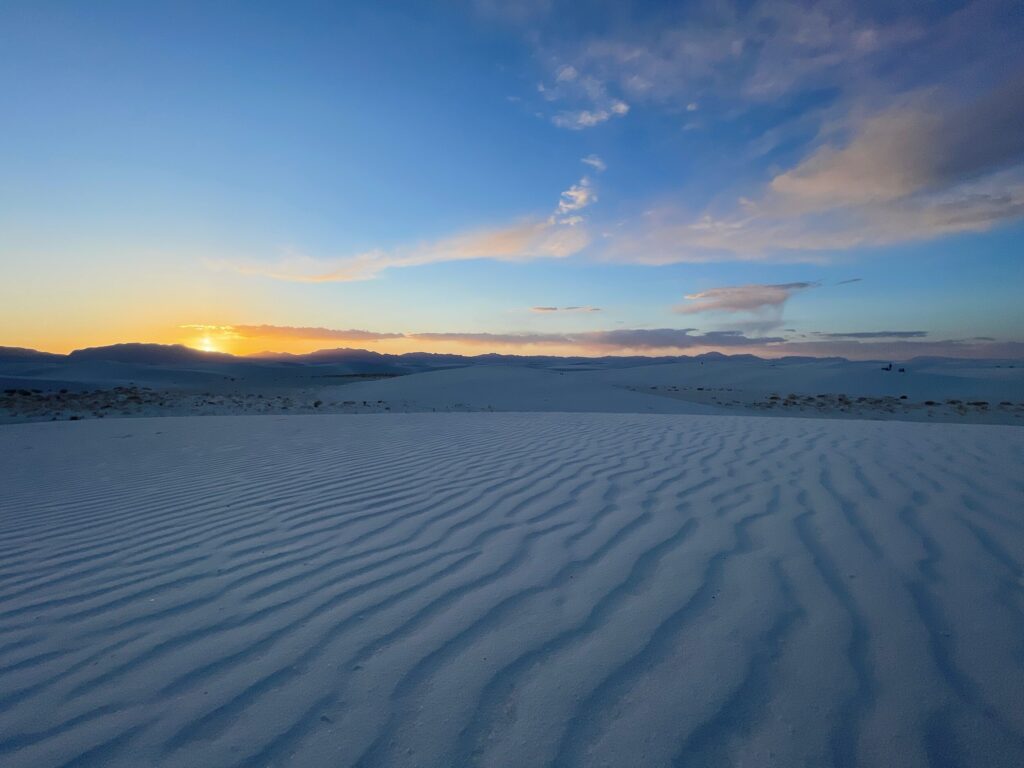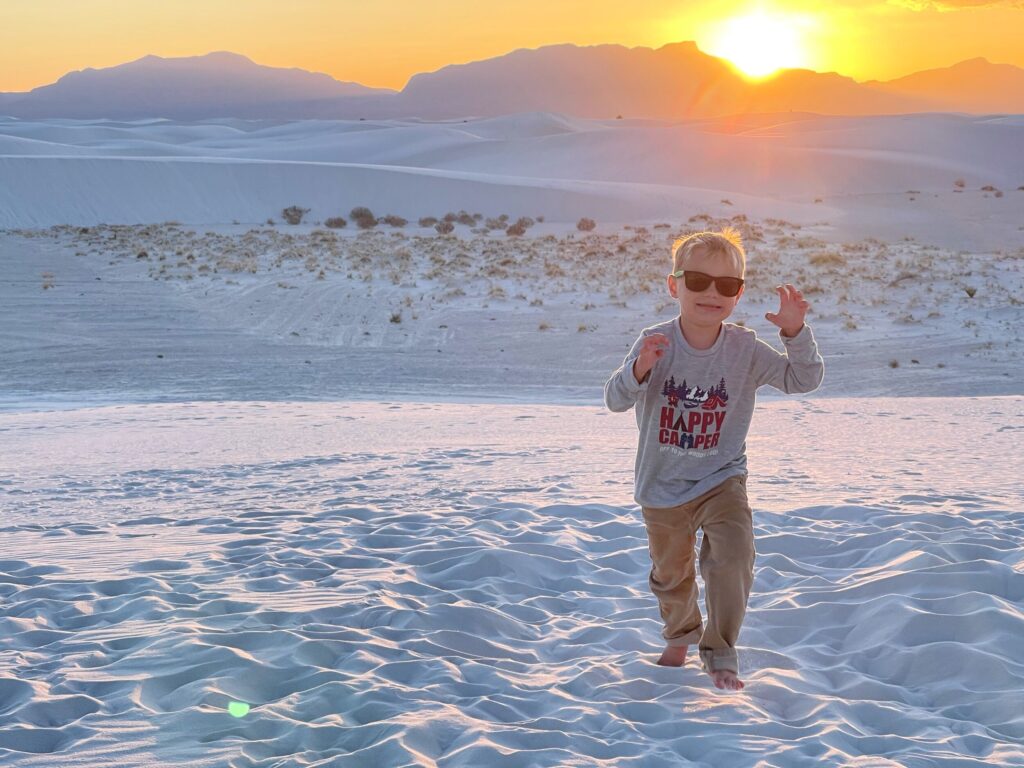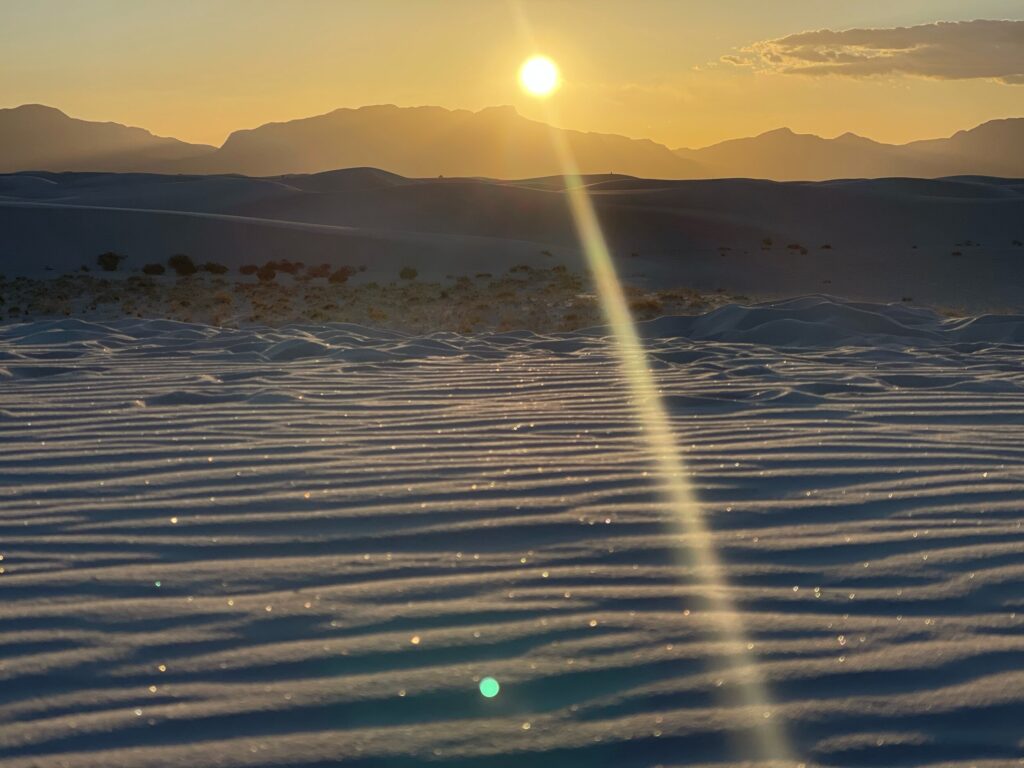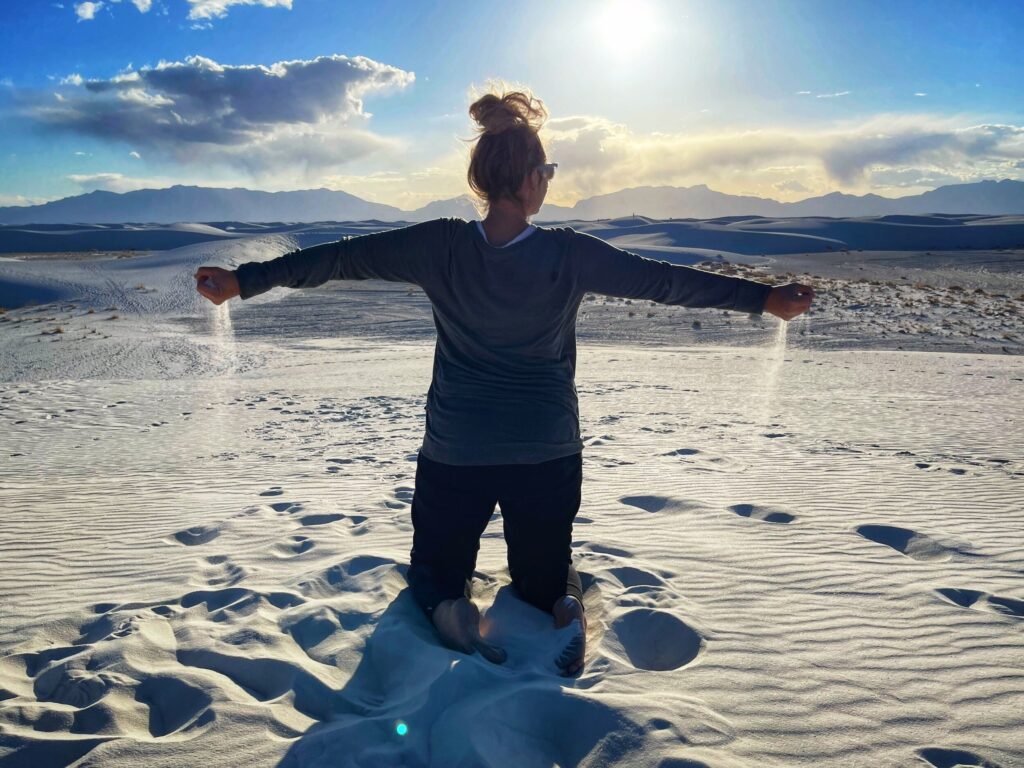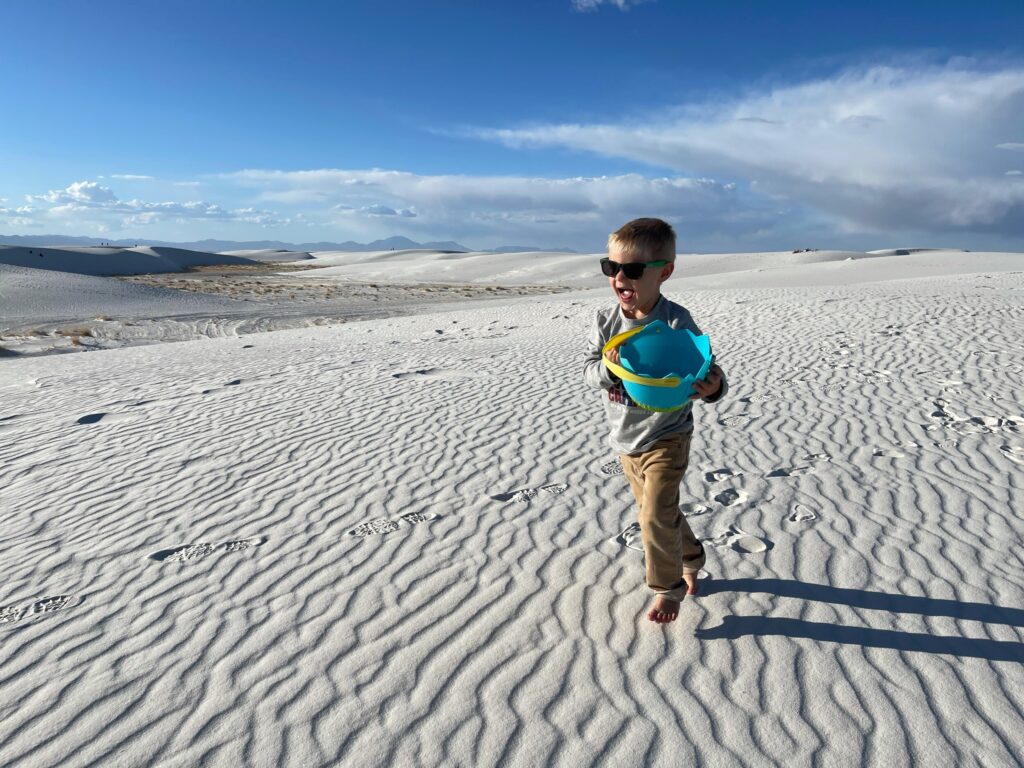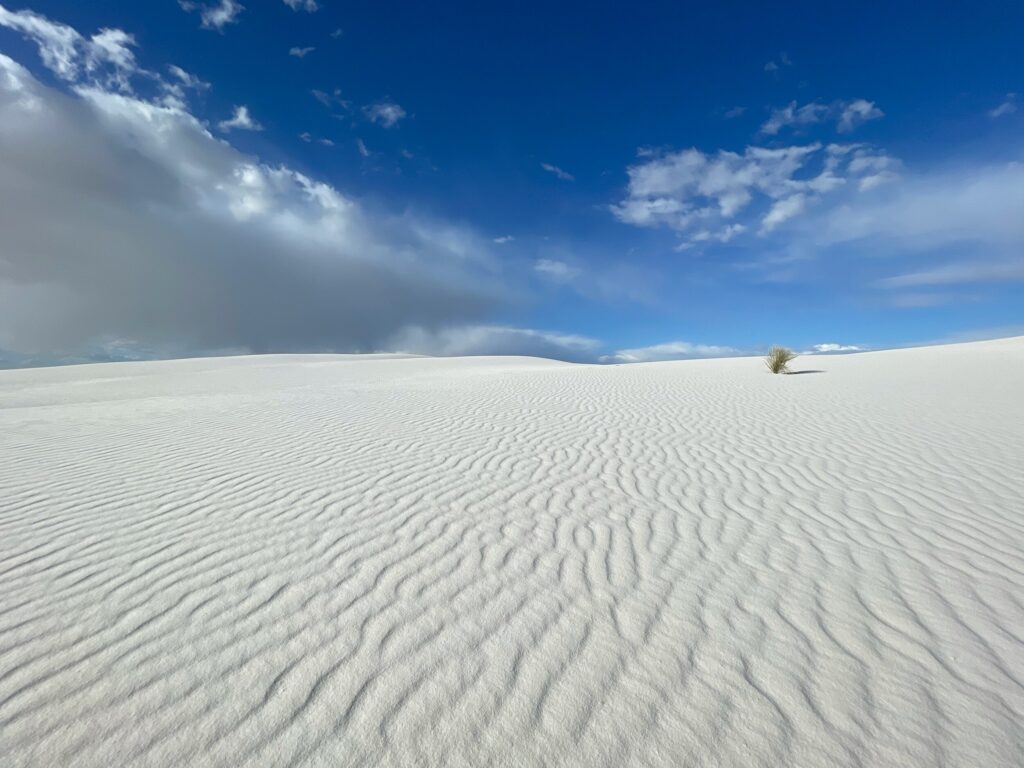Dates we visited: May 10th, 2021
Where we stayed: Pigeon Forge KOA
After hiking around the bottomland forest in Congaree, we headed northwest to Pigeon Forge, Tennessee. This was our basecamp for Great Smoky Mountains National Park. A popular destination for big city dwellers along the east coast, Great Smoky Mountains is the #1 most visited national park. The park reserves a section of the Appalachian Mountain range and straddles the border between Tennessee and North Carolina.
Sugarlands
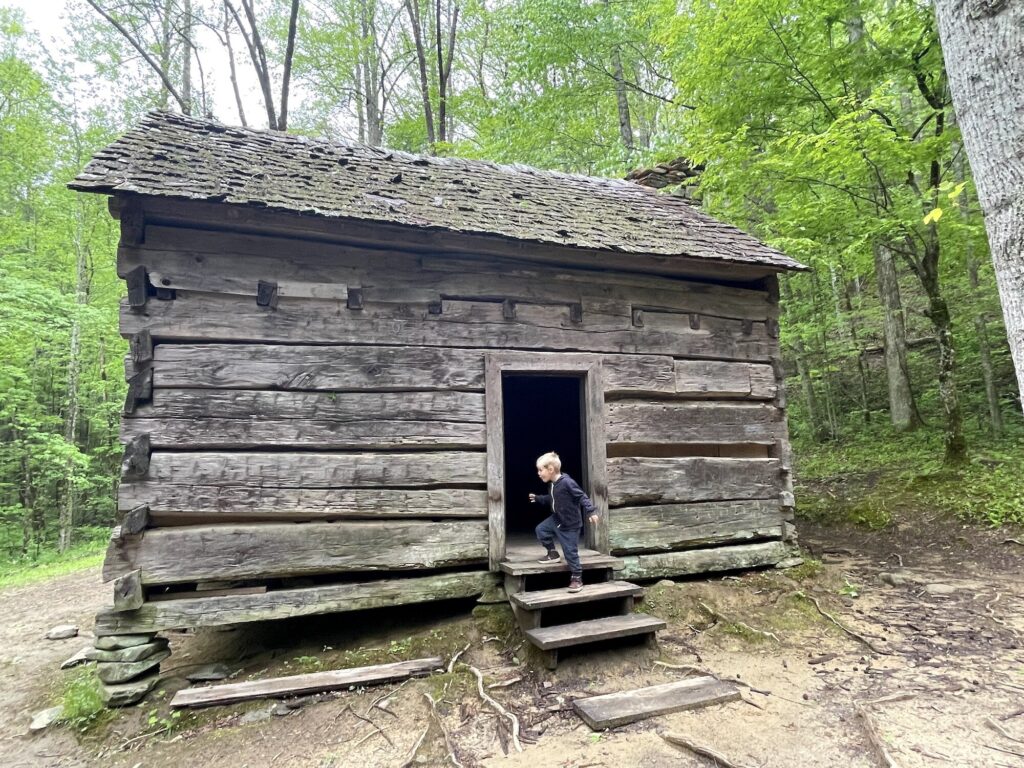
We kicked off our visit by stopping at the Sugarlands Visitor Center which is centrally located on the north side of the park. There is no entry fee here, which probably contributes to the high attendance, but there is a fee for the junior ranger activity book. It’s a small price to pay to feed the curiosity of a four year old with the heart of a conservationist.
Next we headed out on the Fighting Creek Nature Trail. This 1.4 mile loop trail departs from the visitor center and meanders through the lush forest, with placards along the way identifying the many types of trees. Owen’s mind was blown learning about the various uses for the different trees in this forest, from making chewing gum to log cabins. At the farpoint of the trail is the John Ownby Cabin, which was fun to explore. We imagined what it must have been like living in a home like that, and in a setting like the Smokies.
Newfound Gap & Clingmans Dome
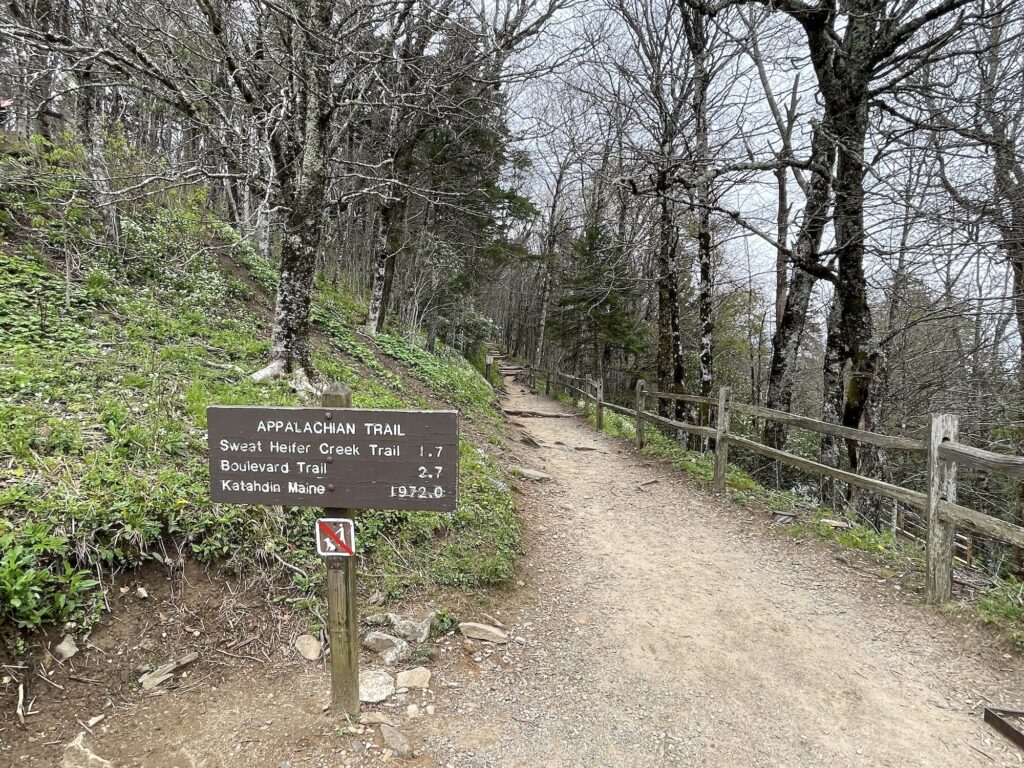
After our hike, we headed up Newfound Gap Road (US-441) to its namesake Newfound Gap. We had the quintessential Smoky Mountains experience as we drove through rolling banks of fog and low clouds on our way up and into the mountains.
Newfound Gap offers expansive views of the the mountainous terrain and dense forest. It is also a popular rest stop along the Appalachian Trail. From here we were able to see clearly for miles as we admired the color variations across the expansive forest.
We continued deeper into the park to visit another popular destination, Clingmans Dome. This is a favorite among visitors and by the time we arrived it was packed full. We were able to take a few minutes to soak in the views and snap a few photos, but didn’t want to brave the large crowds. If I’m being honest, we were pretty tired from a long day already, so we decided to make our way back down to our campsite.
It’s easy to see why this park is so popular. It has tremendous biodiversity due to it’s range of elevation and variety of ecosystems, and many hiking options to suite all levels. Oh, and no entry fee! The three of us love mountain forests, and while it may not have the jagged peaks of Glacier or Grand Teton, it does have miles and miles of pristine forest. The flip-side of the popularity coin though, is that this park was busy. We left a lot of it unexplored, and next time we would love to check out some of the lesser known destinations.
Great Smoky Mountains Gallery
Great Smoky Mountains National Park is the #1 most visited National Park in America. We hiked through the woods and drove through banks of fog on our trek up into the “smokies”.
